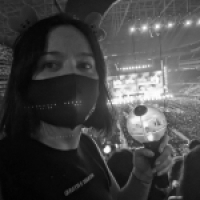100 Best Movies of the Decade
Our editorial staff cast their votes for the best 100 movies of the decade. Join us at looking back at some classics and obscure gems.
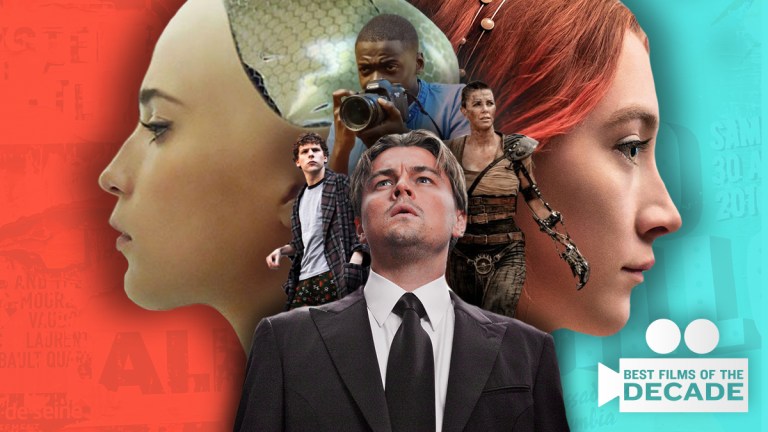
Ten years. Can you believe it? As is often the case, it feels as if the decade has flashed by in the blink of an eye. Yet it would be too precious to pretend things haven’t changed in the interim between now and December 2009. Just 10 years ago, Marvel Studios’ shared cinematic universe seemed still a gamble on the part of Kevin Feige and his new bosses at Disney, and Netflix was still largely relying on the U.S. Postal service to keep customers happy. Now shared cinematic universes and streaming services have upended the entire entertainment industry and the very notion of what is “cinema.”
These are tumultuous times for movie lovers, and a moment of great transition. However, what often gets lost in the shuffle is it’s still a great time for films. Hence we at Den of Geek have pooled our resources to celebrate just a few of them. The below list was voted on by more than just our film critics: the entire editorial staff of Den of Geek in all sections cast ballots for their 100 favorite movies of the decade. That has clearly led to some populist picks, but also some more obscure and intriguing ones. So raise a glass and join us at saluting the 2010s at the movies.
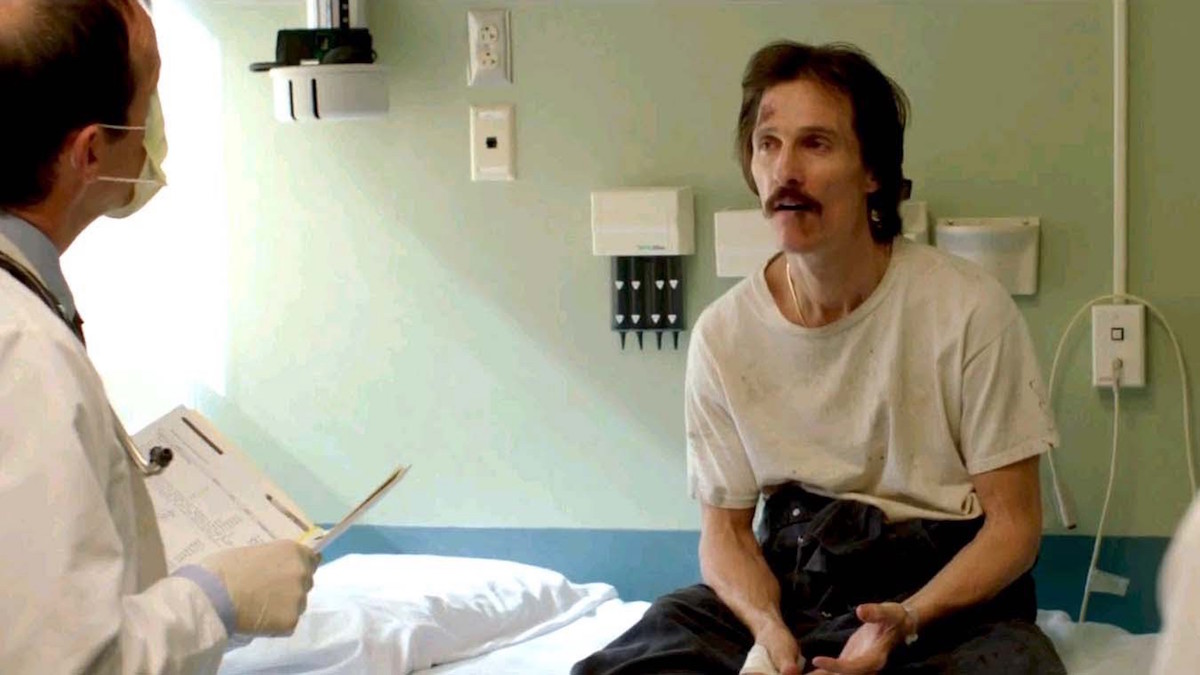
100. Dallas Buyers Club (2013)
Dallas Buyers Club is crime movie with a deep conscience. Ron Woodroof, played by Matthew McConaughey, is Robin Hood, Nino Brown, and Florence Nightingale rolled together in a pair of cowboy boots. Based on a true story, director Jean-Marc Vallée finds the least likely voice for the criminally underserved mid-1980s HIV/AIDS patients, and then cures his corruption with the very pharmaceutical he unselfishly smuggles into Texas.
For their devastating on screen transformations, McConaughey won the Best Actor Oscar and Jared Leto took the Best Supporting Actor statue at the 86th Academy Awards, the fifth time that’s ever happened in the history of the Academy. – Tony Sokol
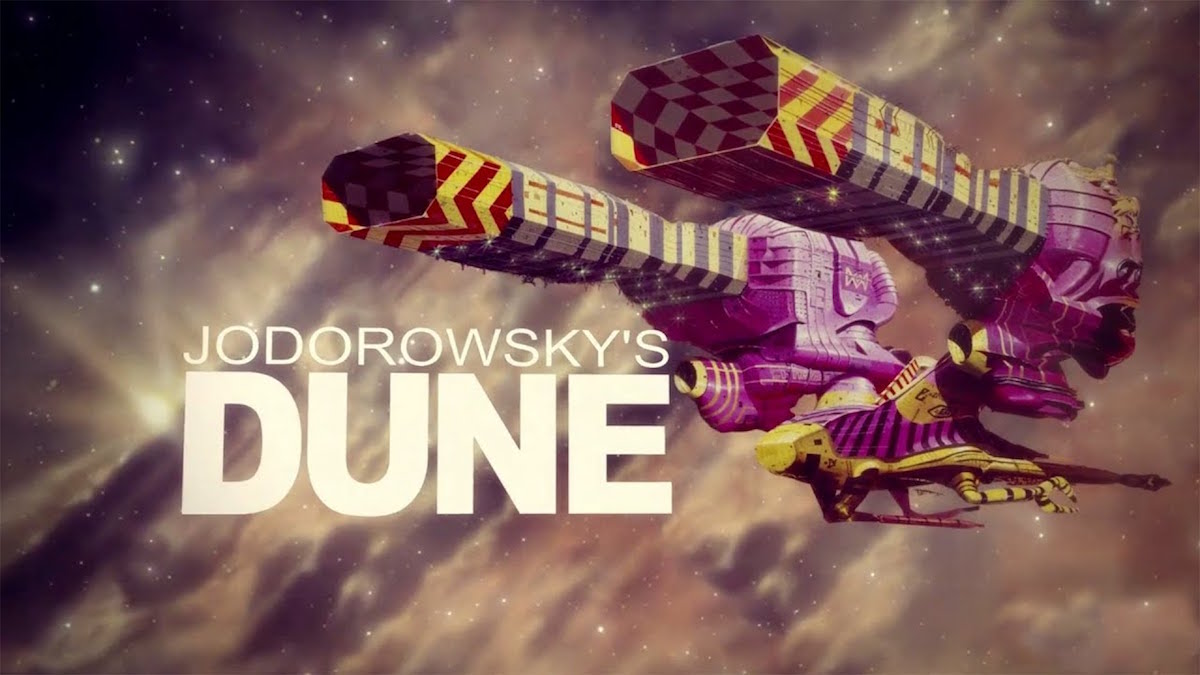
99. Jodorowsky’s Dune (2014)
A documentary about one of the great “what ifs” of cinema, Jodorowsky’s Dune recounts cult filmmaker Alejandro Jodorowsky’s failed attempt to bring the classic sci-fi novel Dune to the screen in the mid-1970s. Even though the iconoclastic director’s film never sees the light of day (and indeed is almost doomed from the start), the documentary makes the case that the concepts and designs for Jodorowsky’s adaptation have nevertheless become highly influential on later sci-fi films—a fascinating statement on the power of creativity. – Don Kaye
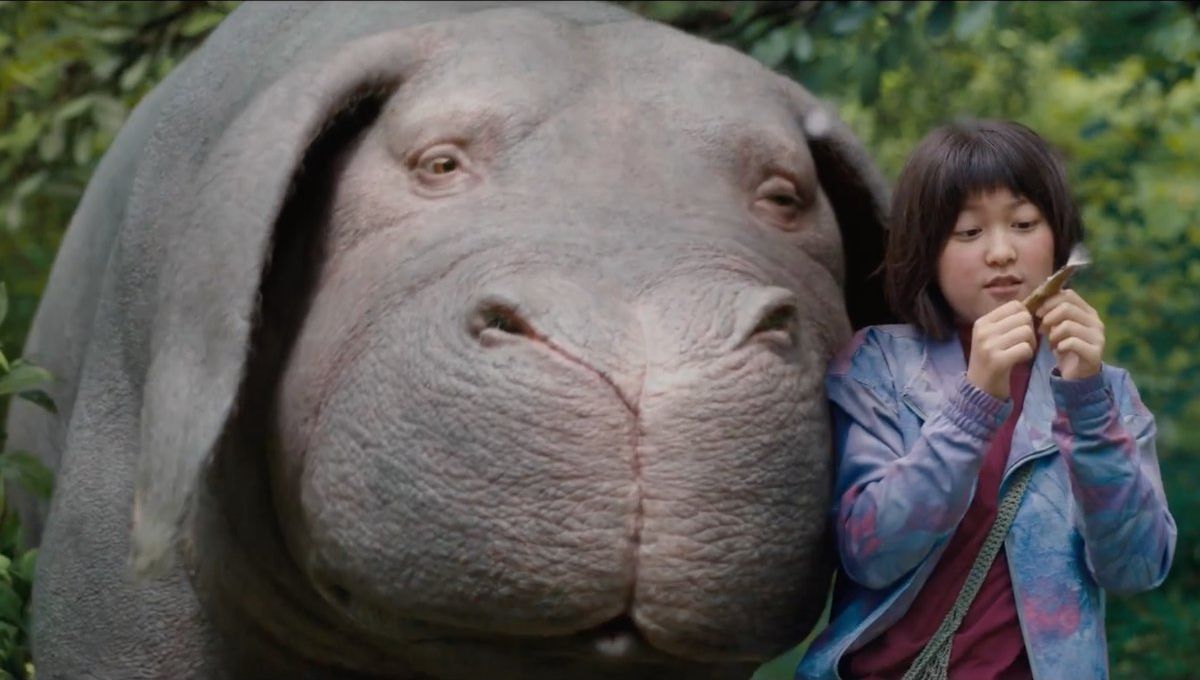
98. Okja (2017)
Bong Joon-ho’s second American film is an eclectic affair, as indicated by Tilda Swinton playing the twin faces of capitalist greed and Jake Gyllenhaal portraying some hellish hybrid between a Fox News contributor and National Geographic host. But in its heart, and past the excess, this is a love story between a little girl named Mija (Ahn Seo-hyun) and a computer-generated super pig. That this relationship reads true, and even sincere, while so much around the pair can have its tongue firmly planted in cheek suggests a bottomless well of sorrow beneath all the food industry satire. It’s a recipe that grinds out as many tears as it does laughs, all the way to the bitter end. – David Crow
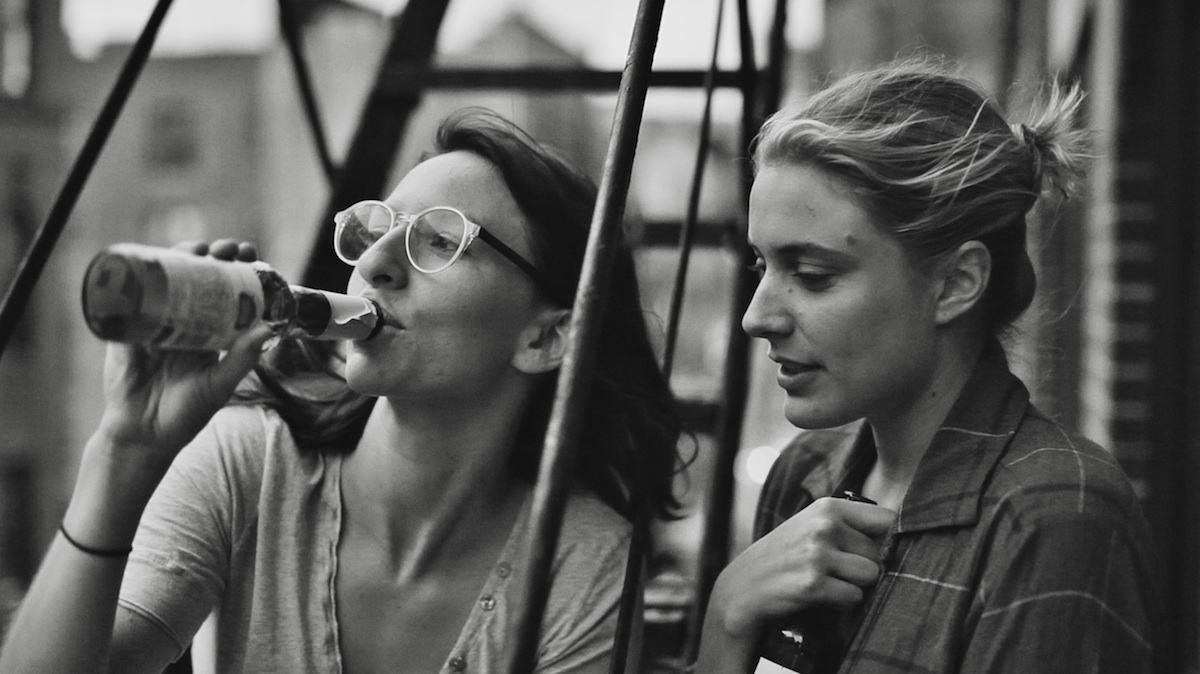
97. Frances Ha (2013)
Greta Gerwig and Noah Baumbach’s first collaboration as co-writers, and as star and director, remains one of the most honest comedies of the 2010s. Often labeled a Woody Allen farce for millennials, there is more wit and originality than that to the pair’s portrait of a quarter-life crisis in the 21st century. Gerwig’s Frances is most certainly a hot mess, pinballing between Brooklyn, Manhattan, and Paris in hopes of discovering the inspiration to realize her dreams—or perhaps just to realize what her dreams are. Without an actual home or plan, her chaotic choices are frequently frustrating but always illuminating. Shot in a nostalgic black and white, Frances Ha features a modern urgency while tackling its herone’s timeless problems… such as being a dance apprentice who doesn’t really know how to dance. – DC
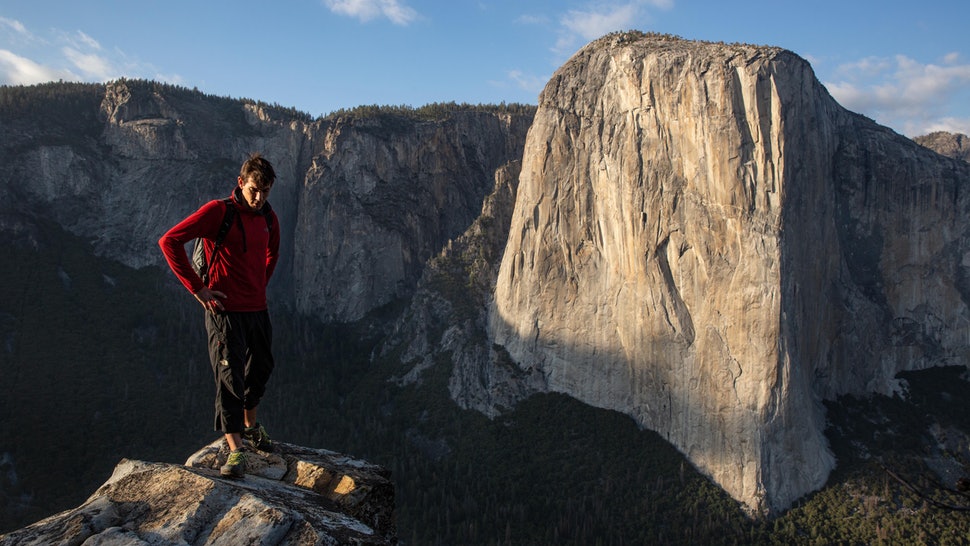
96. Free Solo (2018)
Films can often be lazily described as an “experience,” but Free Solo is on a rather short list of features that live up to that billing. The documentary is a profile of a mountain climber who forges ahead with a 3,000-foot climb of El Capitan in Yosemite National Park. Not impressed? Alex Honnold has the crazy idea of doing the climb free solo, meaning without any harnesses to catch him if he slips.
The ensuing journey is a 100-minute deathwish captured by the husband and wife filmmaking team of Jimmy Chin and Elizabeth Chai Vasarhelyi. The duo reluctantly agreed to document their friend’s climb, and the moral weight of the project becomes intertwined in the narrative. The project moves forward when it becomes clear that Honnold cannot be deterred, even if his friends, family, or girlfriend plea for him to reconsider. The “making-of” aspect of Free Solo can be as spellbinding as the unimaginable athletic feat it captures, but ultimately the film’s heart is slowly exposed as a fascinating character study of what drives an unwavering man, and how the preparation and anticipation deeply affects the people around him. – Chris Longo
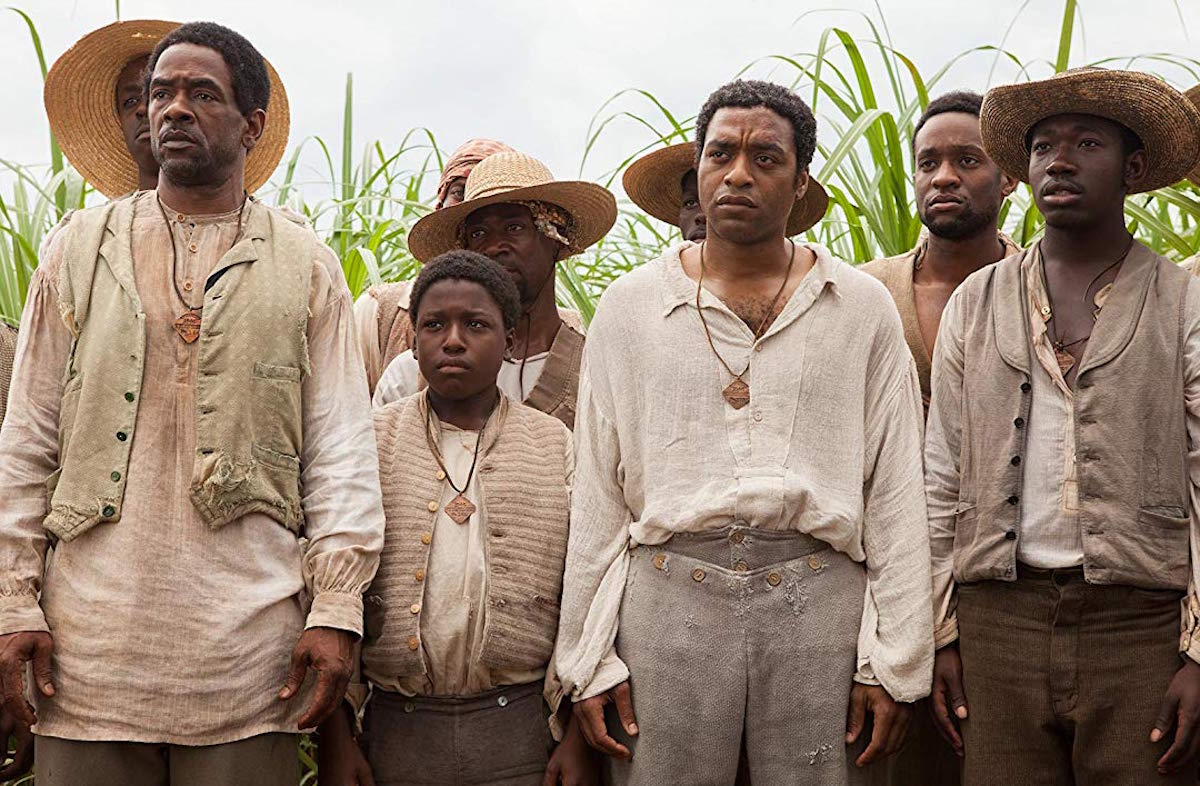
95. 12 Years a Slave (2013)
Slave narratives are as old as when Solomon Northup’s own account of being kidnapped and sold into bondage was first published in 1853. But the matter of fact horror with which Steve McQueen depicts it in this vivid nightmare is freshly agonizing. From structure to score, McQueen’s film suggests an automated machinery grinding Solomon’s plight into its designs, as if the whole institution is burying him in the grave. And Chiwetel Ejiofor’s clear awareness of this puts 12 Years a Slave in the rare company of required historical viewings such as Schindler’s List. If you want to look away, don’t. – DC

94. Silver Linings Playbook (2012)
An almost timeless romantic dramedy, what makes Silver Linings Playbook so sweet is how its reclamation projects are idols of their age. Pat (Bradley Cooper) is a down-on-his-luck divorcée whose mental illness has made him a pariah living at home again with his parents. Tiffany (Jennifer Lawrence) is also at home after losing her husband to tragedy. Yet they and their community of friends and family find a pot of gold at the end of the 21st century’s diminished expectations—and the chance to cha-cha (badly) into the sunset. This is the fairy dust that cinema was born for. – DC
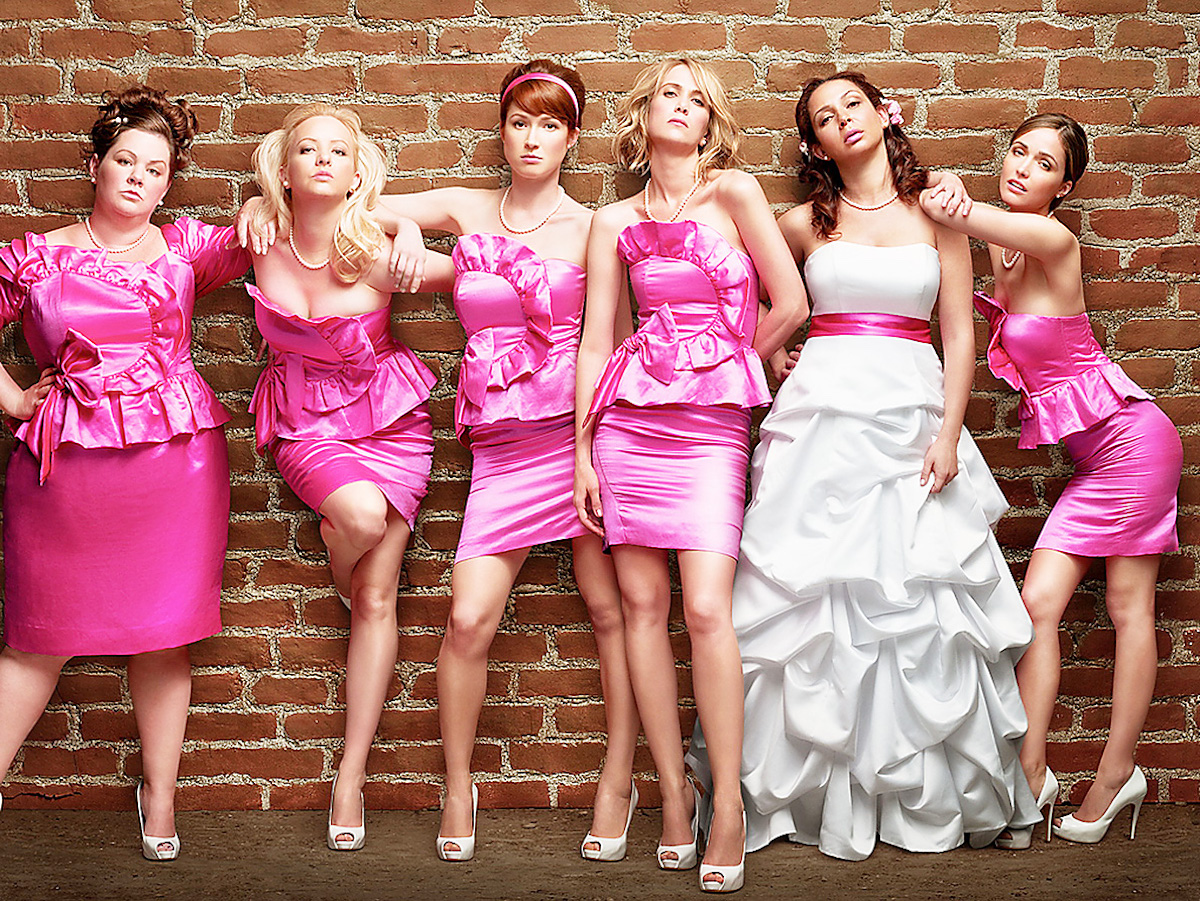
93. Bridesmaids (2011)
It’s no mistake that Bridesmaids is set post-recession. Annie’s arc, from the failure of her baking shop to her disastrous maid of honor experience, sums up how older millennials were feeling at the start of the decade: not being where you’re “supposed” to be in adulthood and stumbling past life-markers while being unable to envision a chance for your own success. This sharp comedy also pioneered a new era of comedy films by authentically depicting women’s struggles, in this case with the petty bullshit of the wedding industrial complex and the deep-seated fear of outgrowing friendships. Yes, this includes even (and especially) the poop scene. – Natalie Zutter
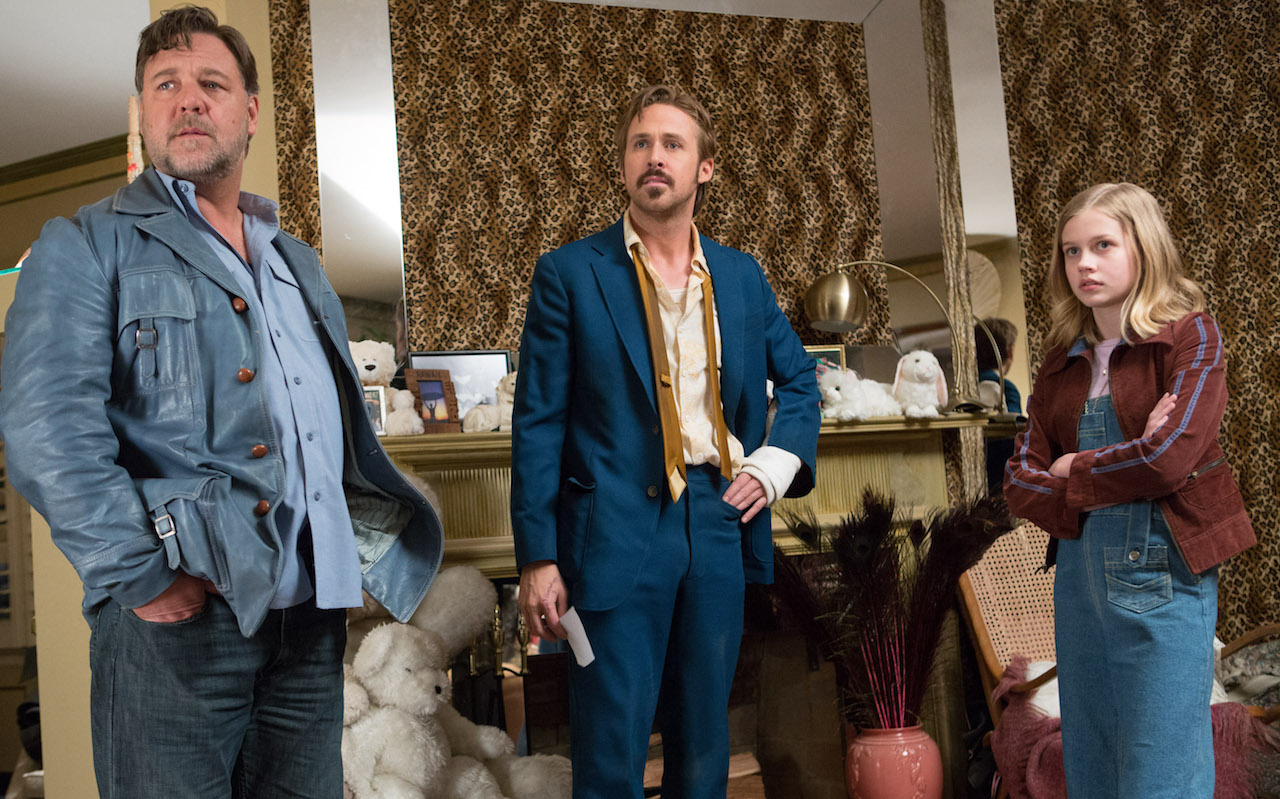
92. The Nice Guys (2016)
As perfect a buddy comedy as Shane Black ever constructed, The Nice Guys is a demented blend of 1970s pop and neo noir sleaze. Essentially about two private dicks, one a bruiser with a heart of gold (Russell Crowe) and the other an incompetent failure of all trades (Ryan Gosling), getting embroiled in the porn industry and American automotive politics, this is really a showcase of Black’s screenwriting—which is so cocky it borders on arrogant—and Crowe and Gosling’s old school comic sensibilities. Honestly, Gosling’s timing and physicality for gags would’ve fit right alongside Lou Costello or the Marx Brothers. – DC
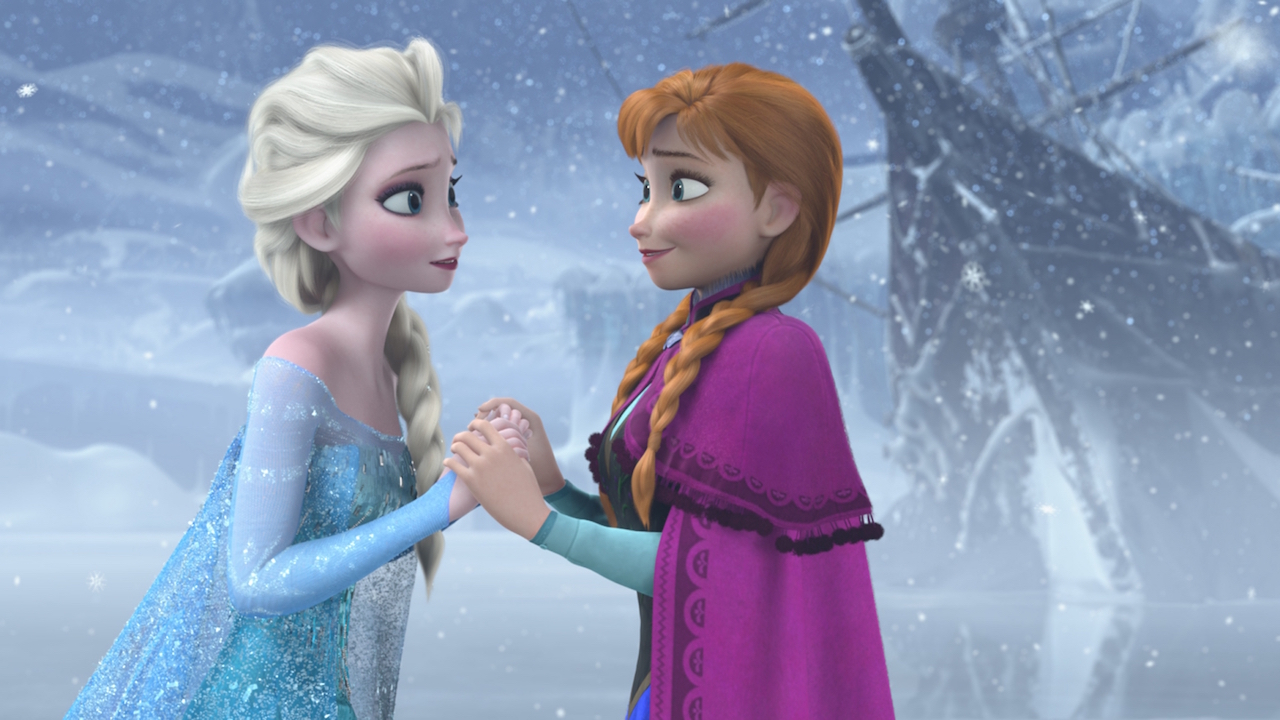
91. Frozen (2013)
The 2010s needed a more cynical take on a happily ever after, and Disney delivered with its most wonderfully neurotic princesses and nuanced examination on true love. Sisters Elsa and Anna’s struggle to connect makes them relatable basket cases in lighter moments; in darker ones, they’re complex role models for a generation being raised with a greater understanding of and sympathy for processing trauma. The top-notch storytelling here is also augmented by Robert Lopez and Kristen Anderson-Lopez’s decade-defining music, from the sly cheek of masking the villain song as the stereotypical love ballad to the hall-of-fame earworm “Let It Go.” – NZ
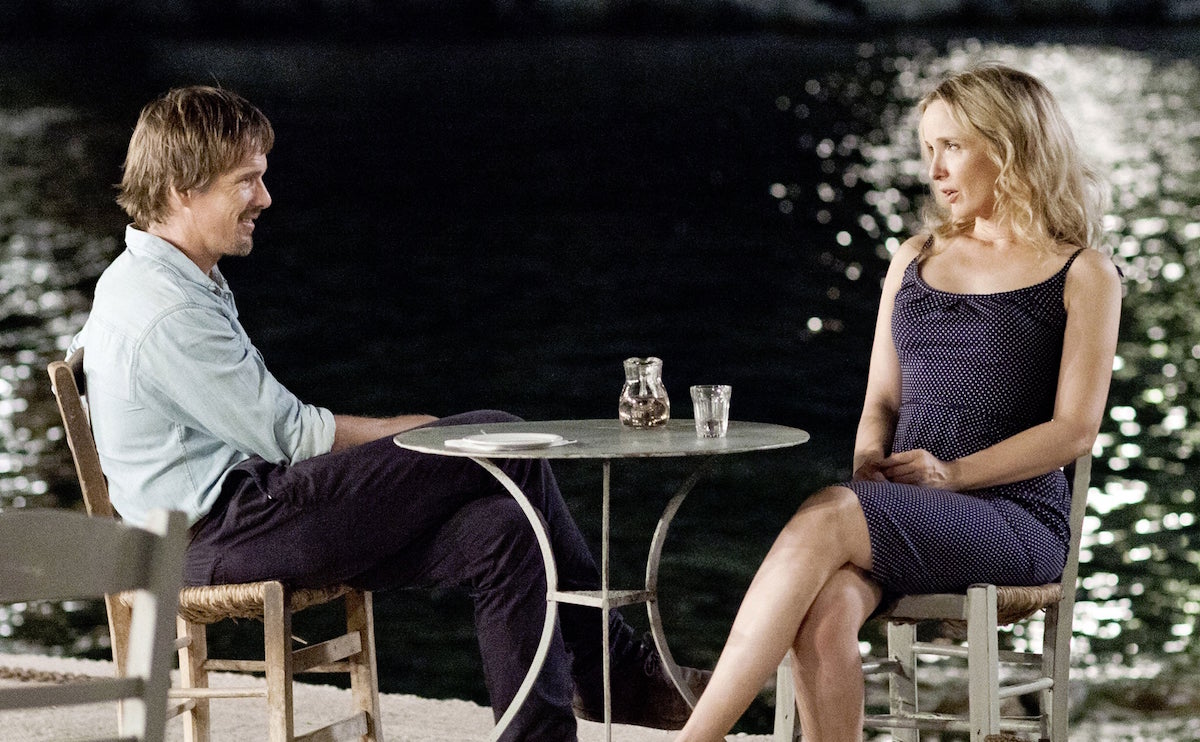
90. Before Midnight (2013)
Before Sunrise and Before Sunset each ended on the hope of Jesse and Céline reuniting again, even if it took a decade. The third and (maybe) final film in Richard Linklater’s incredible collaboration with Ethan Hawke and Julie Delpy is the last time we get to walk and talk with them. With their summer vacation in Greece ending, and a professional and personal crossroads in the offing, they must reaffirm why they chose one another. From their first chance meeting on a Eurorail train, we watched these lovers build (and rebuild) a romance, but this time they’re deconstructing it—not as romantic, but infinitely more realistic. – NZ
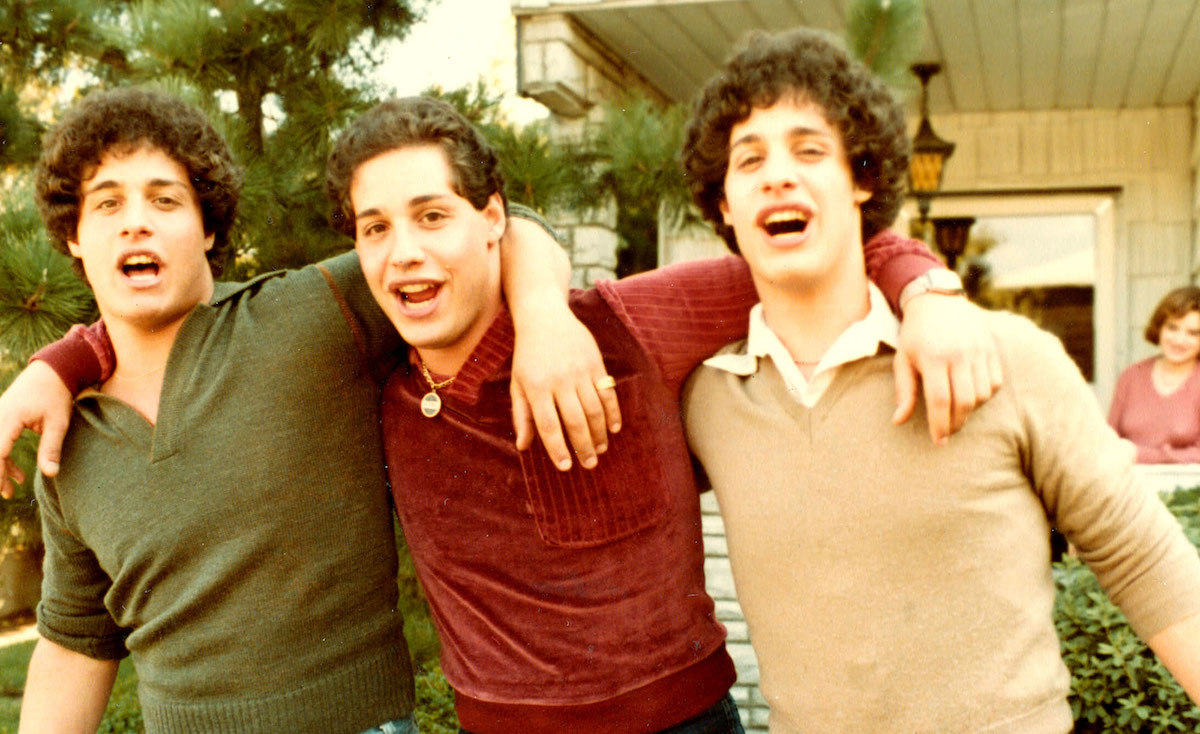
89. Three Identical Strangers (2018)
A documentary that starts out one way before delving into some genuinely dark places, Three Identical Strangers follows a set of triplets who were separated at six months and went to live with three different families, without ever knowing of each other’s existence. How they found their way back to each other—and why they were separated in the first place—is a tale that is more strange, unpredictable, and ultimately unsettling than any work of fiction. It’s one of the best and, in my opinion, somewhat overlooked documentaries of the decade. – DK
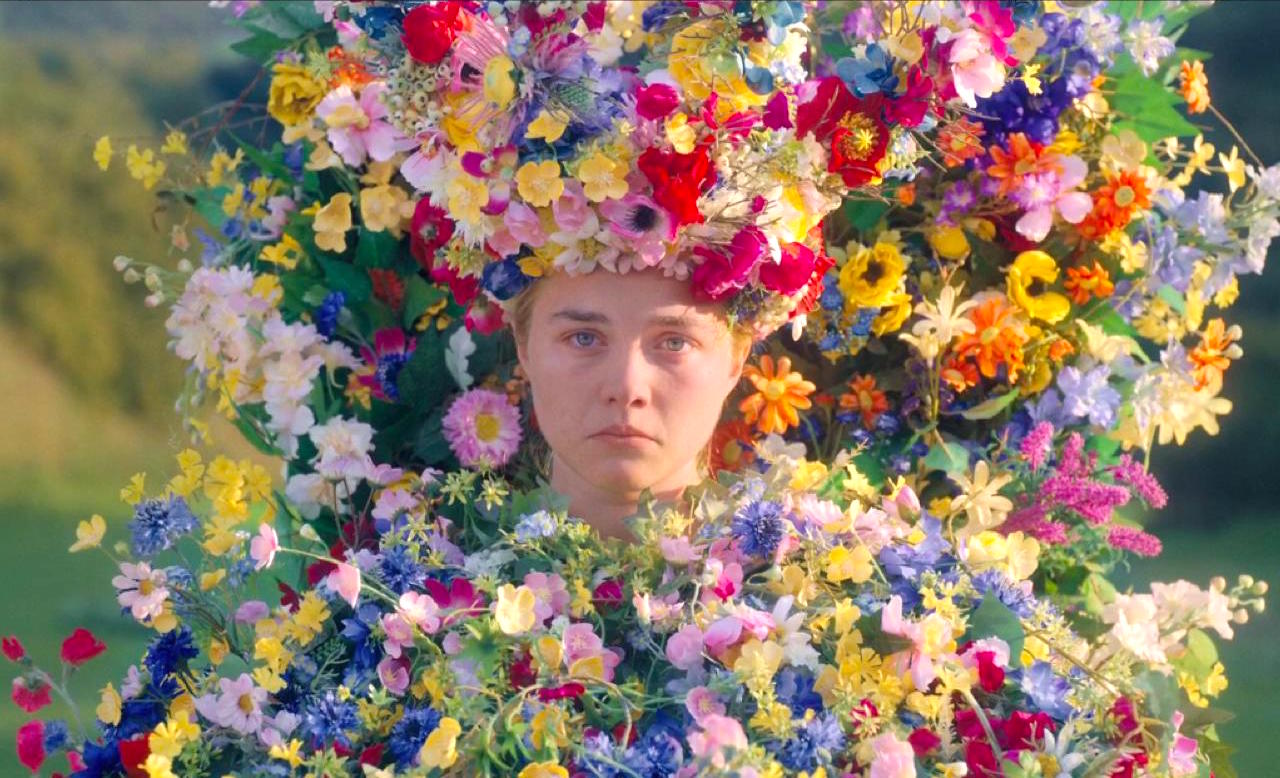
88. Midsommar (2019)
The breakup film of the decade is a brightly lit folk horror freakout from Ari Aster, the mastermind behind the equally traumatizing Hereditary. Set in a remote commune in Sweden, Midsommar follows a group of stupid Americans who ignore the increasingly barbaric signs that their stay will quickly become a nightmare. If that sounds too familiar, Midsommar mixes in mesmerizing visual flourishes that simulate a flowery, pastel-colored drug trip that disorients viewers as much as the film’s unsuspecting characters. The carnage isn’t what’s important here; it’s the hellish relationship Florence Pugh finds herself awakened to that’s the true terror. – Nick Harley
87. BlacKkKlansman (2018)
There is a scene in BlacKkKlansman that is devastating. In one setting, a group of knuckle-dragging Klansman are watching The Birth of a Nation (1915), the Hollywood epic that inspired the 20th century resurgence of the KKK. In the other, the Black Student Union listen to an elder statesman of that era (Harry Belafonte) recall a lynching held by those inspired after watching Birth of a Nation. This is Spike Lee’s clearest indictment of the use of images to destroy blackness—to manipulate “history written by lightning.” Yet Lee uses that same lightning to strike back with this often electrifying vision of a multicultural union standing against modern hordes of bigotry. Fight on. – DC
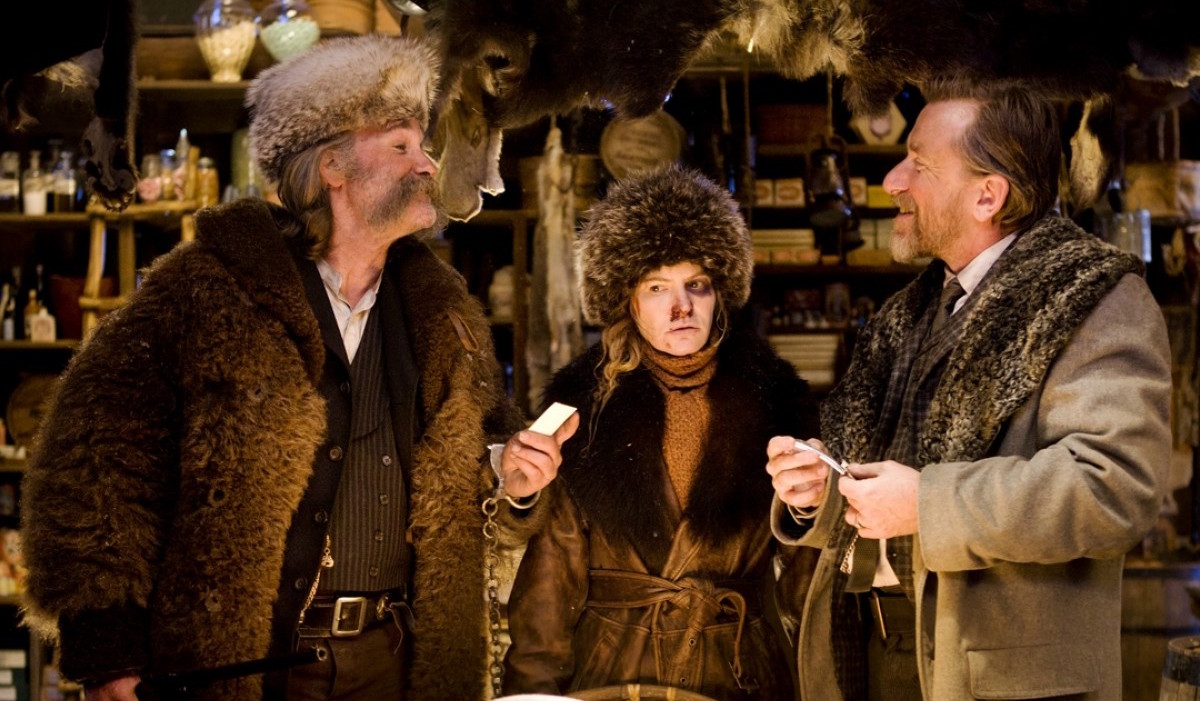
86. The Hateful Eight (2015)
The Hateful Eight is the second film in Quentin Tarantino’s Western period, following Django Unchained, and he pulls out all stops. Quentin was named after Burt Reynolds’ character on Gunsmoke, and his love of the genre is evident, as is his attention to emotional details. There’s even a stagecoach opening sequence here that sees a vague outlaw picked up at a crossroads. Samuel L. Jackson breaks the cabin fever mood with dingus talk and almost nobody gets out alive. – TS
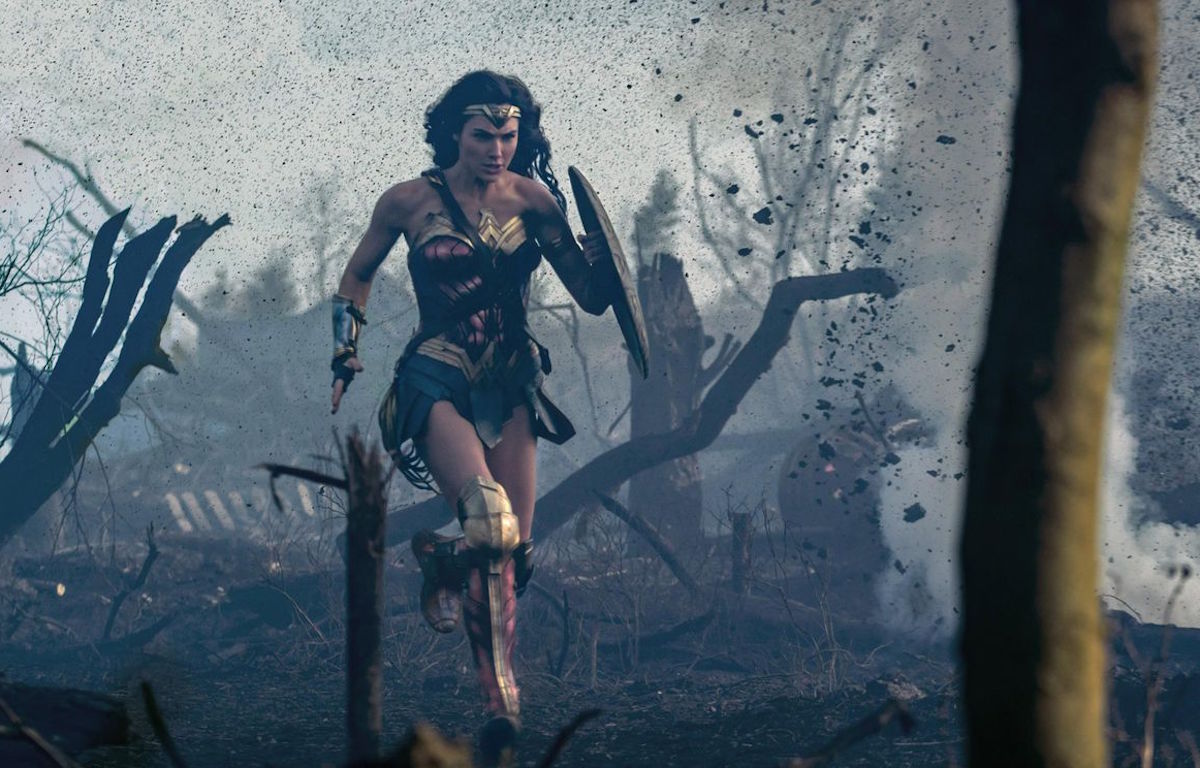
85. Wonder Woman (2017)
Bursting onto the scene in 2017 as the first female-centric superhero blockbuster of the decade, Wonder Woman both had a very low bar to step over and the highest of pressures to withstand. It was more than up to the challenge—both commercially and narratively. While the third act temporarily descends into CGI chaos, director Patty Jenkins does too good of a job in the first two acts to diminish this accomplished classic.
From the feminist raptures of Themyscira to the fish-out-of-water comedy of Diana in World War I era London, to the slow-burn romance of Diana and Steve, Wonder Woman set DC and superhero cinema on a new, more exciting path. Nowhere is this more apparent than in the “No Man’s Land Scene,” which sees Diana setting out across a barren, fatal swath of dirt to liberate a village of civilians. She reminds the men in the trenches, and us, of what it truly means to be a hero. – Kayti Burt

84. Booksmart (2019)
A spiritual successor to Bridesmaids, with its female friendship so authentically intimate that it feels like we’re eavesdropping, Booksmart makes up for the decades of movies only upholding bonds between two men. Director Olivia Wilde rails against the trap of “having it all,” pushing back against every constraint on young women: Don’t stoop to their level; girls mature so much faster than boys; ignore them; you’re too smart for that; don’t be so dramatic; don’t throw away your future. And she does all this with Gen-Z, the generation that must be the ones to save this planet. – NZ
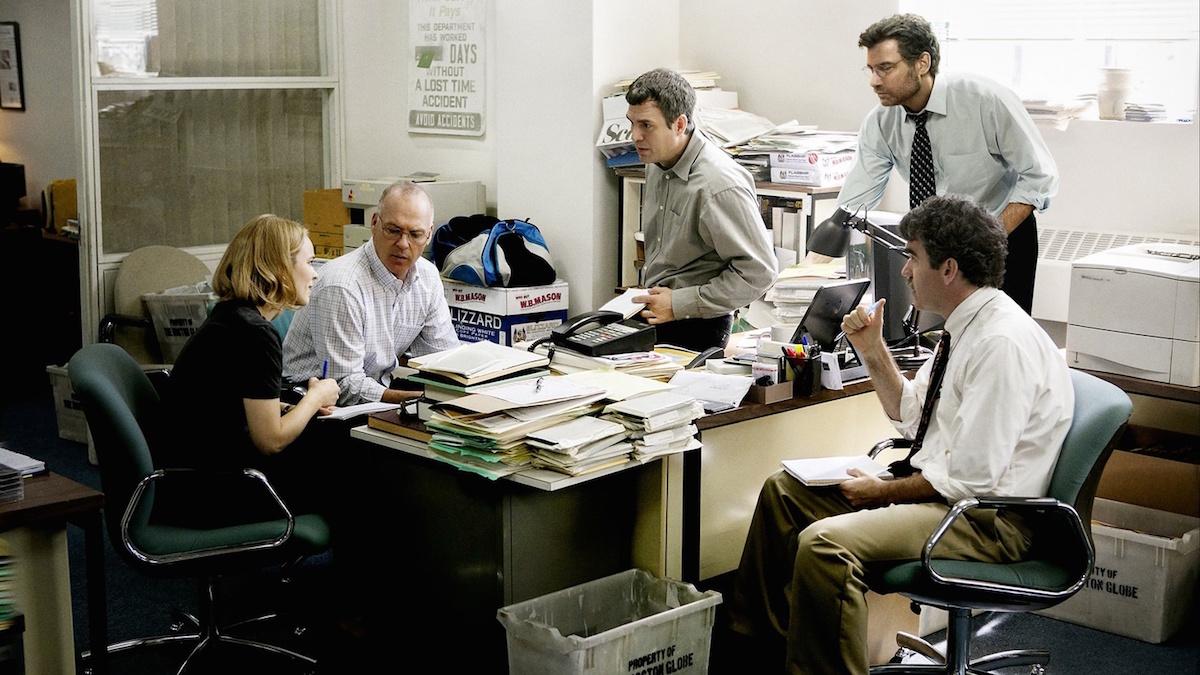
83. Spotlight (2015)
Spotlight won the Academy Award for Best Picture and deservedly so; it also merits inclusion on the short list of great movies about journalism, including All the President’s Men and The Insider. Gripping from start to finish, the film tells the story of the Boston Globe investigative team that broke open the festering scandal of systemic child sex abuse by priests in the local Roman Catholic Archdiocese. Even-handed and directed with superb control by Tom McCarthy, and graced with an excellent cast, Spotlight reaffirms the power of good journalism at a time when we sorely need it. – DK
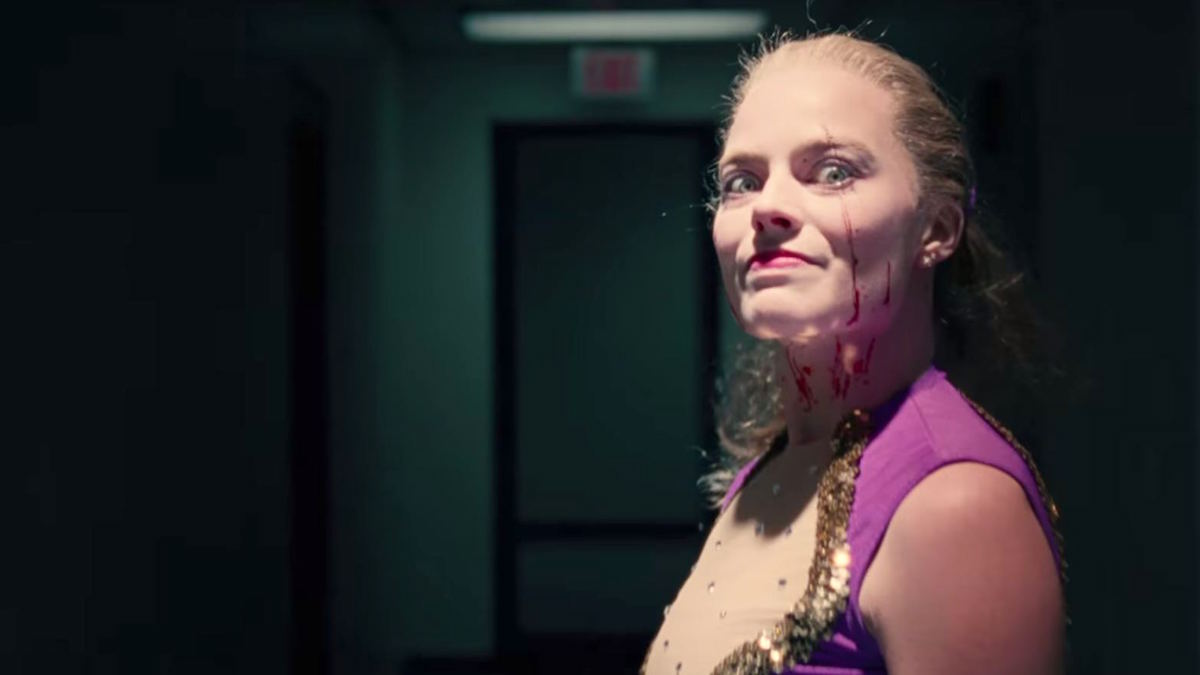
82. I, Tonya (2017)
Biopics can be a dime a dozen, but movies as kinetic as I, Tonya are a rarity that should be savored. Technically a “based on a true story” yarn about Tonya Harding, the figure skater who may or may not have had her dim ex-husband kneecap the Olympic competition, I, Tonya takes a frenzied “what exactly is truth?” approach. It also channels vintage Scorsese energy in its vision of competing, and wildly contradictory, voiceover narrations by Tonya (Margot Robbie) and her abusive ex-turned-criminal Jeff Gillooly (Sebastian Stan). It’s a sordid passion play that director Craig Gillespie weaves to satisfyingly trashy heights, as embodied by Tonya’s mother (Allison Janney) insisting on being interviewed in a fur coat. Yet it is Robbie’s own startling transformation and go-for-broke performance that reconfigures Tonya Harding into a victim of systemic oppression, and transforms a 1990s punchline into a tragedy that now punches back. Hard. – DC
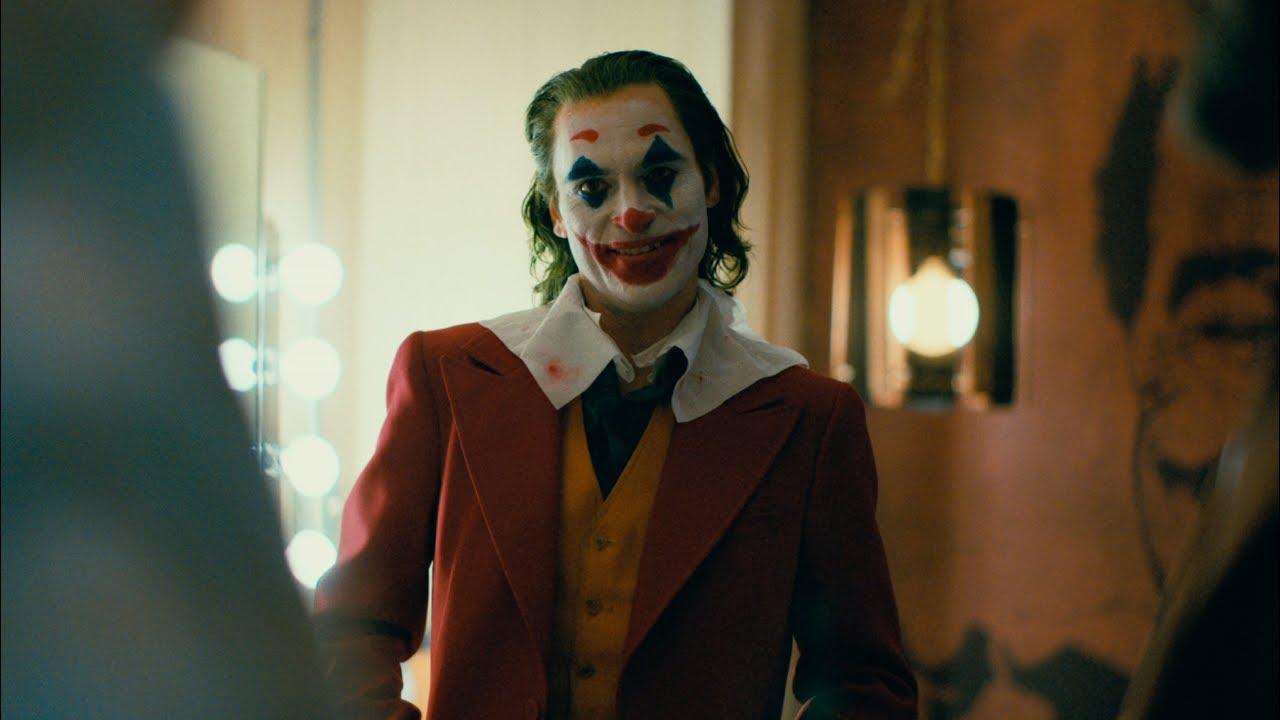
81. Joker (2019)
Love it or hate it, the impact of Todd Phillips’ Joker is undeniable. While not the first superhero-related property to embrace a hard-R rating, Joker was the first to operate at an almost complete remove from the usual checklist of blockbuster storytelling. Telling the origin story of the most famous supervillain of them all like it’s a psychological horror film, Joker is a disturbing portrait of a man’s increasingly violent descent into madness, flavored liberally with elements of Martin Scorsese’s Taxi Driver and The King of Comedy. But what truly sets it apart is Joaquin Phoenix’s mesmerizing performance as the title character, making the pathetic Arthur Fleck someone the audience can empathize—but never truly sympathize—with. Whether a sequel ever materializes or not, Joker’s billion dollar box office haul guarantees that studios may be a little more willing to break with safe, summer formulae in the years to come. – Mike Cecchini
80. Guardians of the Galaxy (2014)
Guardians of the Galaxy was the Marvel space opera heat check that ensured that the MCU would continue unfettered by mainstream audience recognition. James Gunn took some of Marvel’s most obscure characters, including a talking tree and raccoon, and created a cheeky team-up flick made from the bones of Star Wars and the best AM gold of the 1970s. Guardians of the Galaxy expertly mixes heart and humor, made Chris Pratt into a household name, and feels more like a meditation on outsiders and family than it does universe saving superheroics. – NH
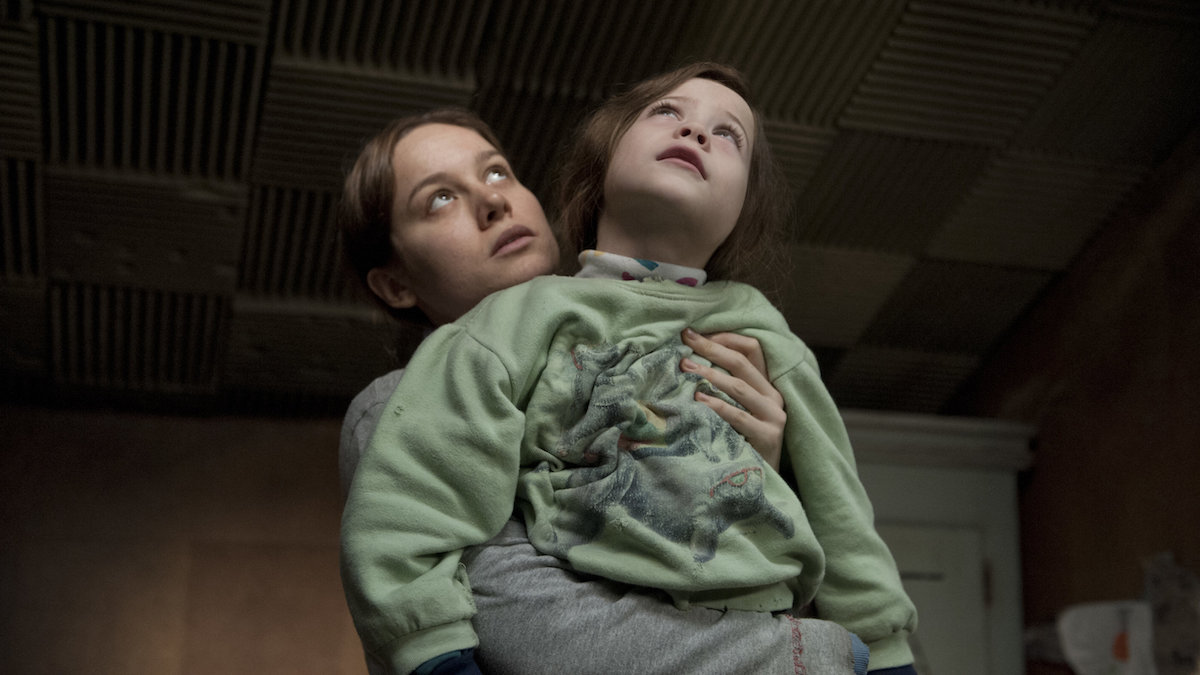
79. Room (2015)
Room conjures up one of the most horrifying experiences imaginable: a woman held captive by an abuser in a retrofitted toolshed for years. And yet, somehow, director Lenny Abrahamson and screenwriter Emma Donoghue (working from her own novel) turn this into one of the most uplifting and optimistic films of the decade. Their setting is the nightmarish plight of Joy Newsome (an astonishing Brie Larson), but it is also the only life known by her five-year-old son Jack (an equally revelatory Jacob Tremblay). Born in this darkness, “Room” is as magical to the boy as the greater world of wonder outside that he’s always been denied.
read more: Short Term 12 – The Indie That Caught Marvel’s Eye
His and Ma’s struggles showcase the tortured beauty of preserving childhood innocence, even while on the precipice of hell. And when Jack finally does see the outside world, as if he’s an astronaut discovering another planet, the effect is the rarest of cinematic achievements. – DC
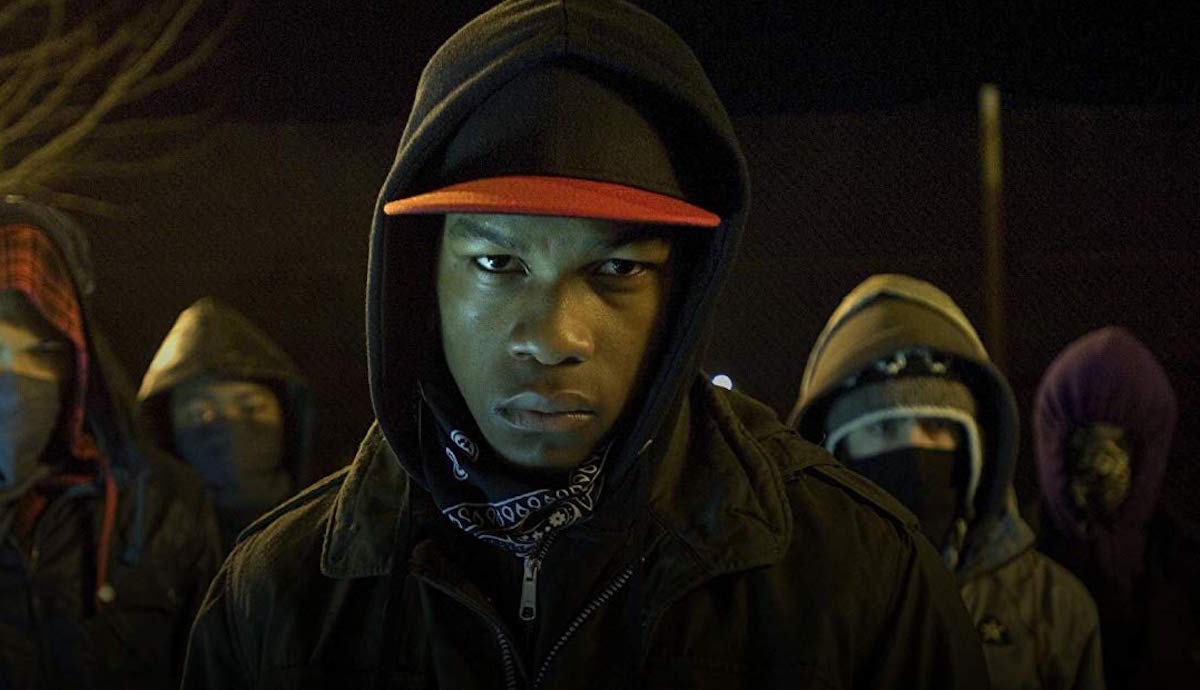
78. Attack the Block (2011)
When aliens invade on Guy Fawkes Night, a teenage street gang works to defend their council estate from the invaders to both comedic and terrifying results. This 2011 science fiction comedy is reminiscent of Shaun of the Dead, but first-time director Joe Cornish masterfully balances the various tones of Attack the Block, deftly jumping from humor to horror and back again, while actively subverting racist stereotypes about black urban youth. Attack the Block not only introduced us to Star Wars’ John Boyega and Doctor Who’s Jodie Whittaker, but took the classic alien invasion film structure and gave it a fresh sociopolitical context—and it’s a hell of a lot of fun too. – KB
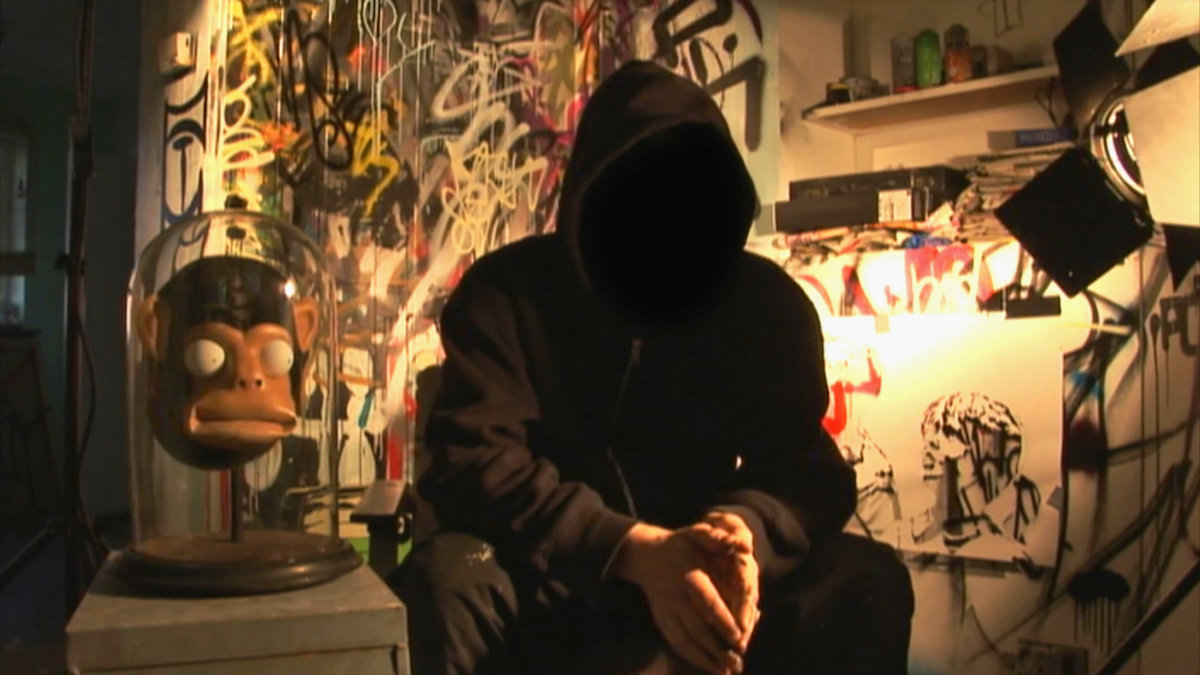
77. Exit Through the Gift Shop (2010)
Is it real or just a massive, elaborate prank? That question adds another level of fascination to this funny, trenchant documentary directed by the enigmatic artist and activist known only as Banksy. His subject is Thierry Guetta, essentially a nobody who plays at being first a documentarian himself and then a street artist—all while filming Banksy, who is in turn filming him. A wickedly funny observation on the meaning of art and success, Exit Through the Gift Shop is also thoroughly weird… if it’s even real at all. – DK
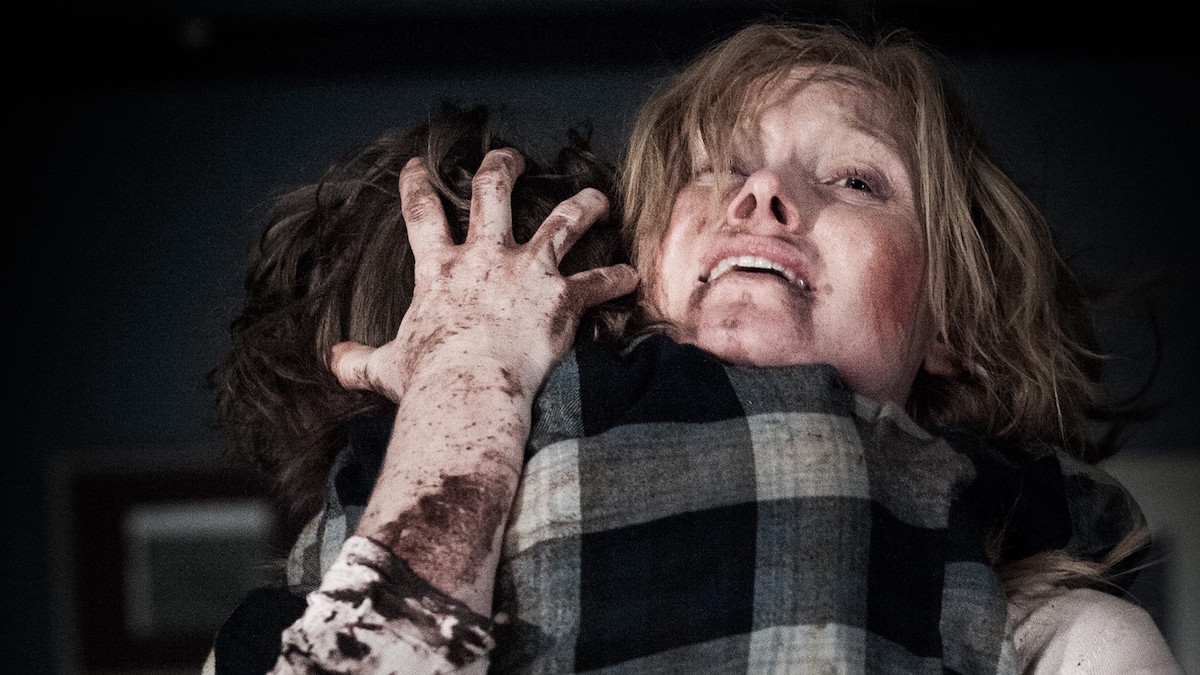
76. The Babadook (2014)
The first feature from Australian filmmaker Jennifer Kent is not just a thoroughly chilling horror film, but a meditation on motherhood, loneliness, and mental illness. It’s a movie that dares to suggest that raising a child is not the magical, exhilarating experience it’s made out to be, especially as a single parent. The Babadook is a metaphor for all the film’s themes while Kent leaves the viewer to wonder whether it’s real or a product of Amelia’s (Essie Davis) crumbling mind. It’s also considered to be an early pioneer of what’s now called “elevated horror” in this decade. – DK
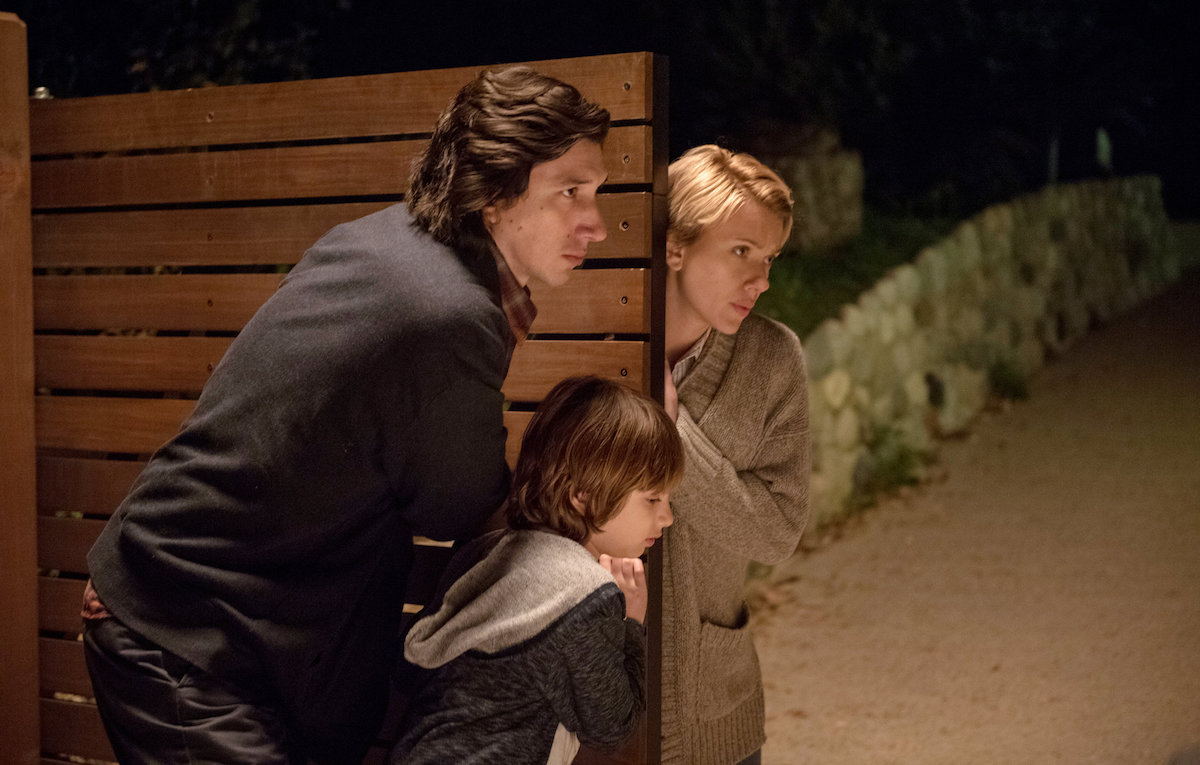
75. Marriage Story (2019)
Marriage Story is painfully alive with the raw, life-changing accumulation of little victories, defeats, heartbreaks, and disappointments that make up a marriage in dissolution, with the film capturing the way that a divorce consumes everything connected to it. Adam Driver and Scarlet Johansson give what may be career-best performances as Charlie and Nicole, and Noah Baumbach directs it all with his usual dry wit—but this time with searing emotional honesty as well. – DK
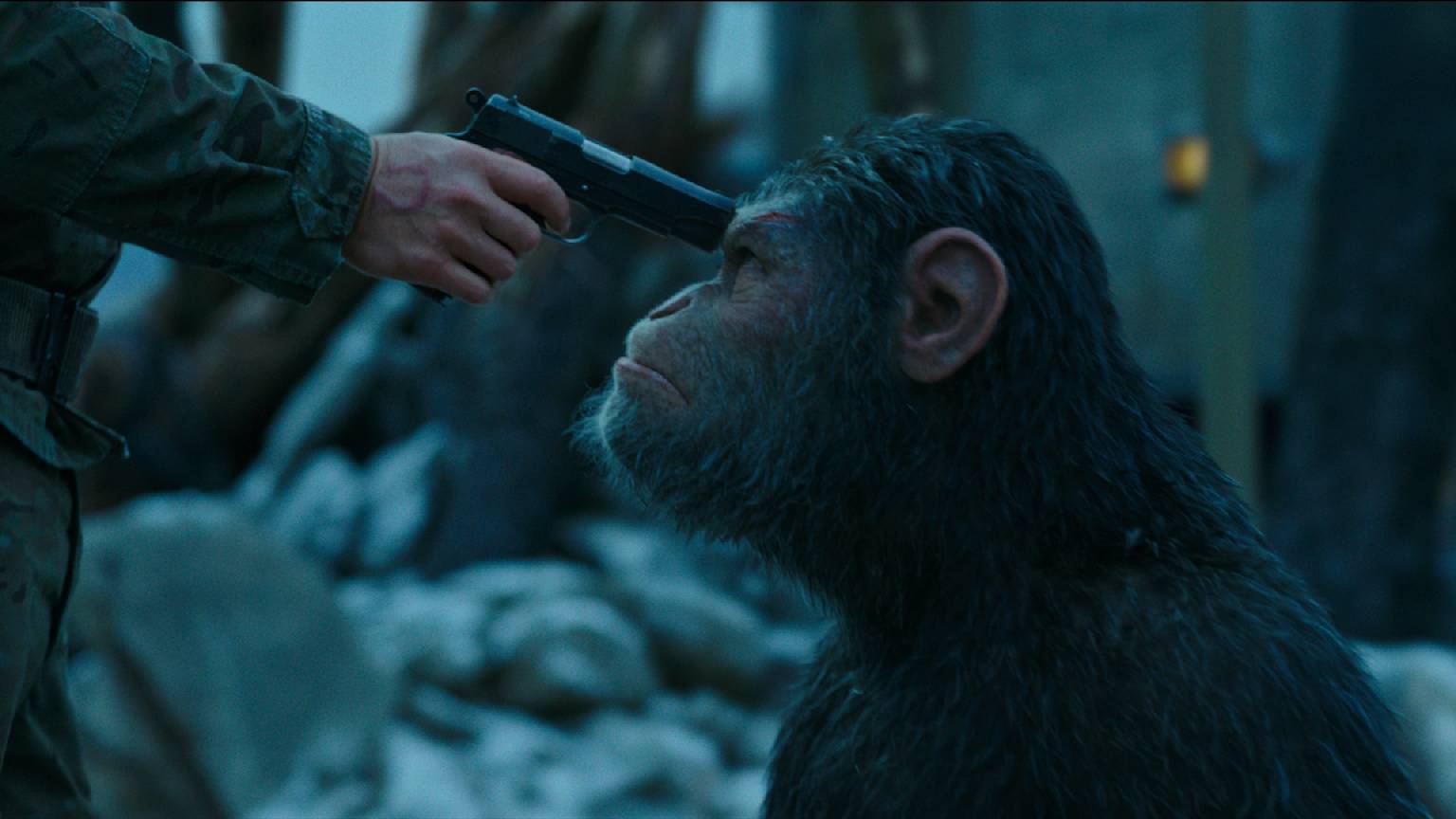
74. War for the Planet of the Apes (2017)
The 2010s saw some impressive advancements in motion capture technology, with the Planet of the Apes reboot films serving as the definitive example of just how far this kind of cinematic storytelling has come. War for the Planet of the Apes wraps up its reboot trilogy, giving us one of the best war films made in recent memory, essaying how dismal, soul-crushing, and cruel sustained conflict is for everyone involved—it just happens to be mostly about apes.
read more: Where Does the Planet of the Apes Saga Go From Here?
While the film notably lacks the kind of gender parity that could have further grounded and explored its world, War for the Planet of the Apes is a satisfying and epic conclusion to Caesar’s story, solidifying the character as one of the most important of the cinematic decade and further cementing actor Andy Serkis as one of the most influential actors of the era. – KB
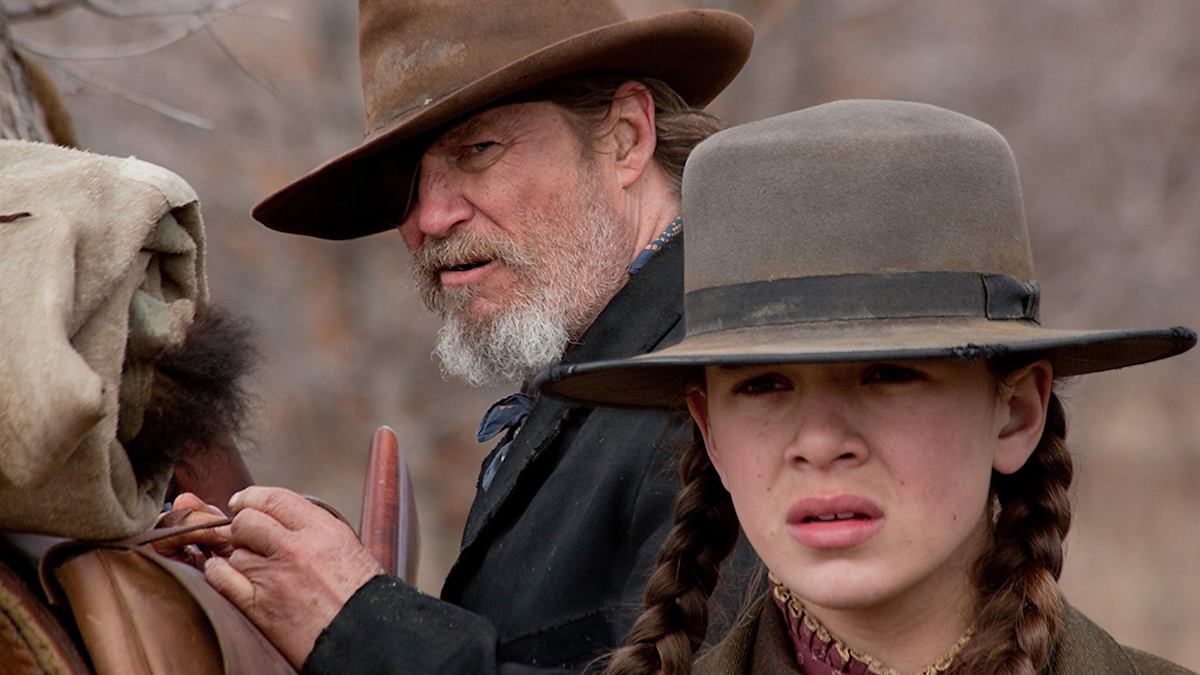
73. True Grit (2010)
Starring Hailee Steinfeld as Mattie Ross, a 14-year-old farm girl who hires aged and alcoholic Rooster Cogburn (Jeff Bridges) to track the outlaw who killed her father, True Grit isn’t doing anything new—it is literally a remake of a 1969 John Wayne film, based on a book of the same name! But as a Western in a decade when Westerns have long since passed their heyday, the Coen Brothers’ True Grit proved that the genre can still work when done beautifully.
Perhaps more importantly though, True Grit properly introduced us to Steinfeld, who at 13 holds her own against Bridges, Josh Brolin, and Matt Damon. Steinfeld would go on to become one of the brightest (and prolific) young stars of the decade, in projects ranging from The Edge of Seventeen to the TV show Dickinson. – KB
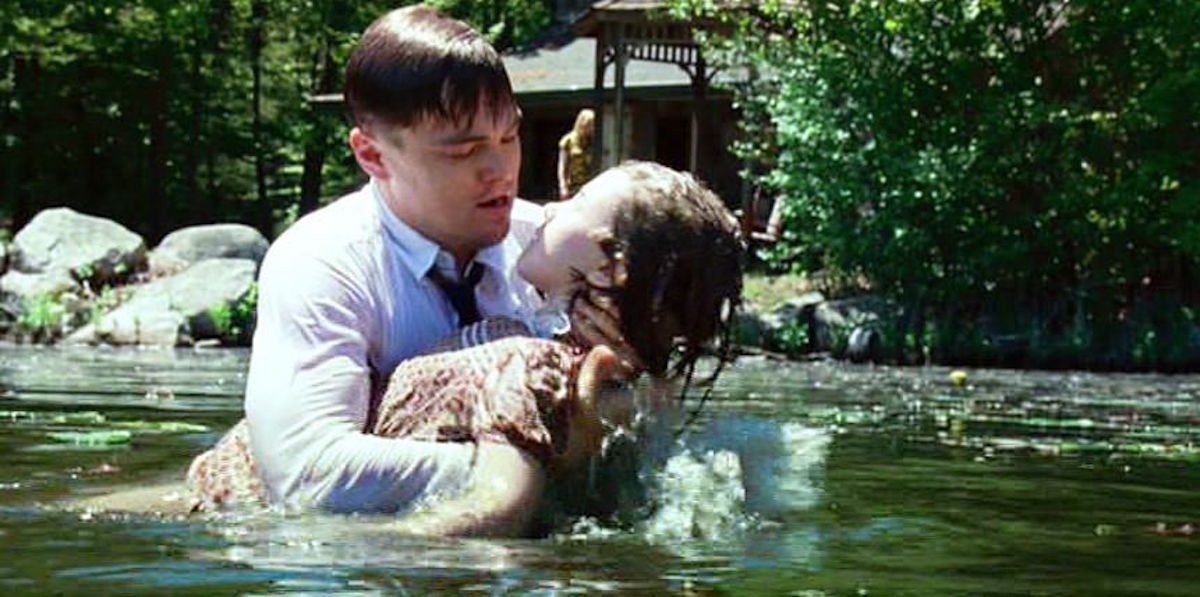
72. Shutter Island (2010)
Martin Scorsese is a film buff, and as a director he’s indulged in as many movie styles as he can get his hands on. With Shutter Island, he explores the psychological noir genre with an even more twisted take on the dark recesses of the mind than anyone expected. Like most detective noirs, no one in the movie is really who they seem.
This goes all the way up to the main investigator U.S. Marshall Teddy Daniels, played by Leonardo DiCaprio like he’s an onion shedding layers. “Which would be worse? To live as a monster or die as a good man,” he asks his partner Chuck Aule, played by Mark Ruffalo. The atmosphere is oppressive from the opening scenes and we know something else is happening before things get under way, giving us a sense of déjà vu when the looking glass is shattered. The ending is impossible, pulling out the rug from everything that came before and lodging itself into the brain like a tumor. – TS
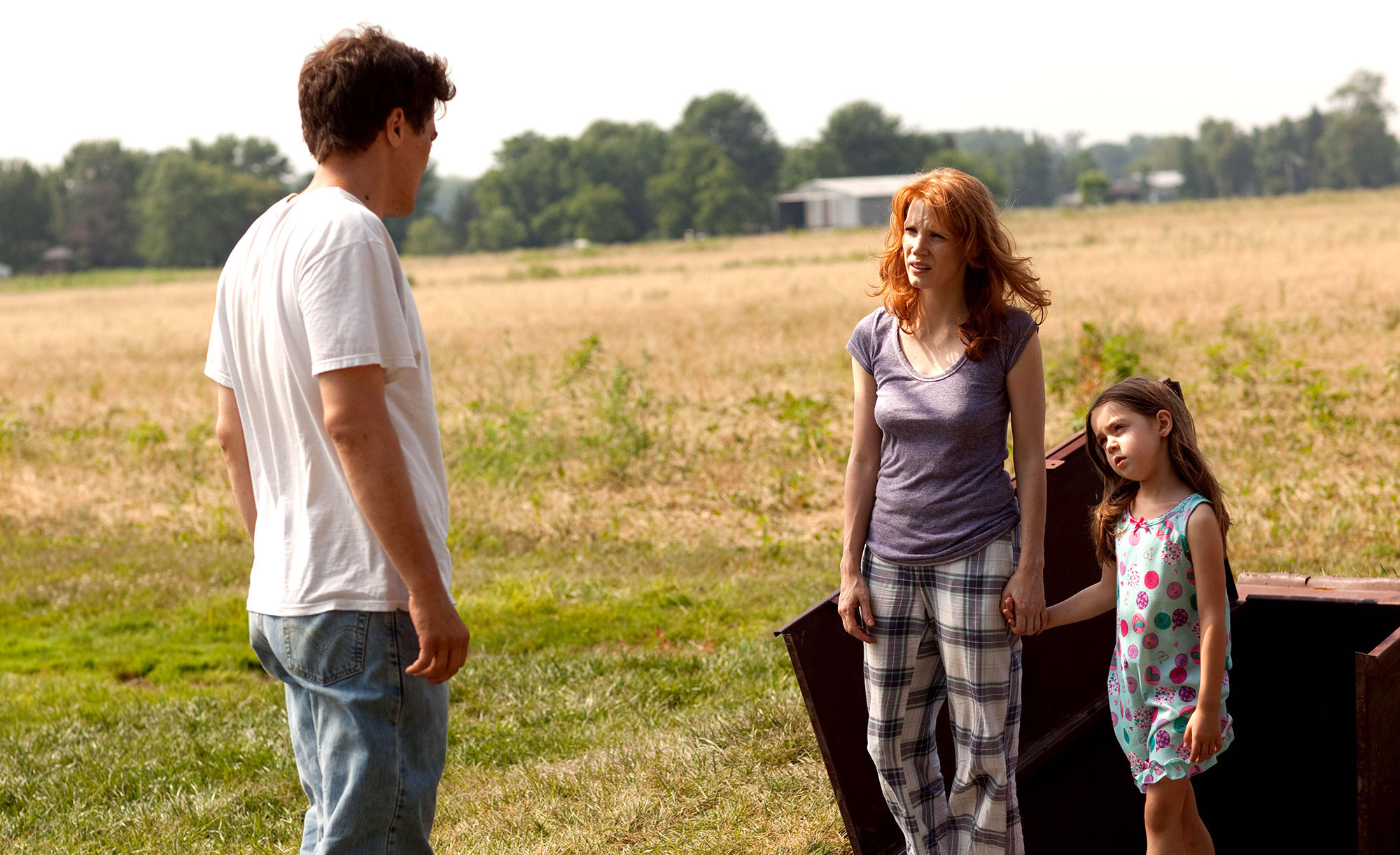
71. Take Shelter (2011)
Is Curtis LaForche (Michael Shannon), a loving husband and father with a good job in construction, seemingly losing his mind or is he truly having visions of an imminent apocalypse? That is the central question of writer-director Jeff Nichols’ unsettling second feature, which neatly walks the line between the real and supernatural while touching on our deepest fears about the future. Shannon and Jessica Chastain are excellent and keep the story grounded, even as Nichols adds layers of unease and dread. The frighteningly ambiguous ending won’t soon leave your mind either. – DK
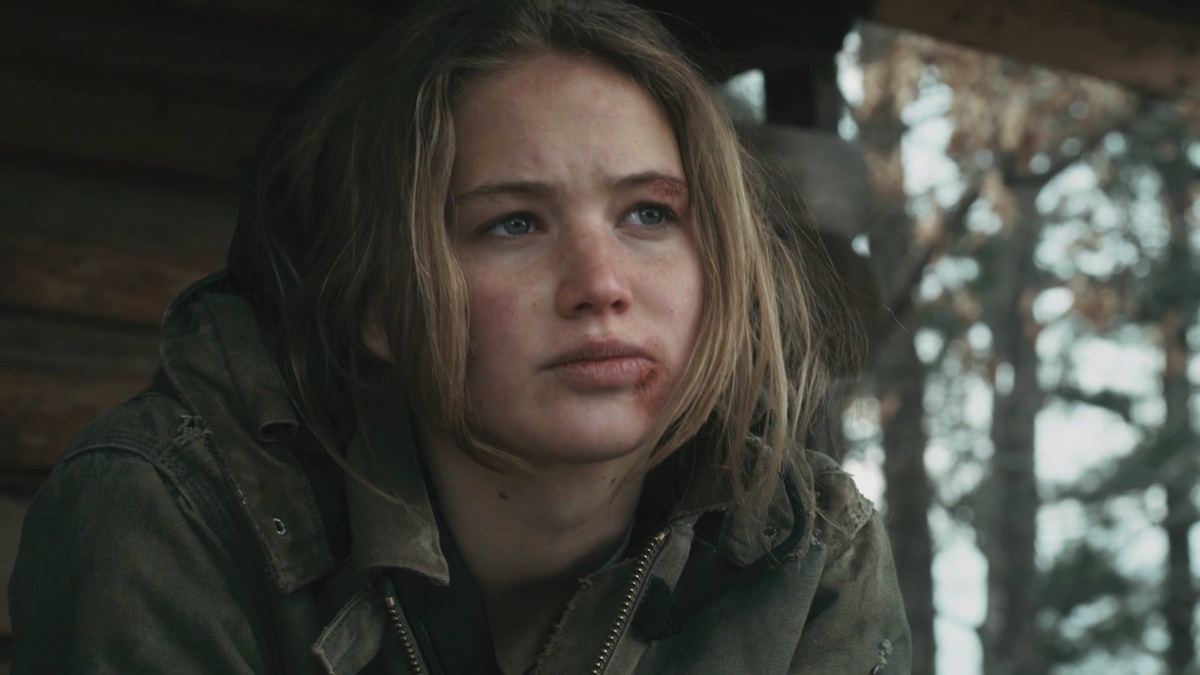
70. Winter’s Bone (2010)
Director Debra Granik, working from her and Anne Rosellini’s adaptation of Daniel Woodrell’s novel, proves seedy noir and the Ozark Mountains go together like moonshine and bad decisions. Such is the gritty world imagined by Winter’s Bone, which predicted the blooming opioids crisis and the disenfranchisement of rural America years early—it also made Jennifer Lawrence a star as her character vanished down the rabbit hole. With a blunt and brittle demeanor, Lawrence’s Ree will stop at nothing to save her sister from a future in foster care, even if it means dragging her deadbeat and fugitive father out of the wilderness and into prison. But the deeper she gets into this grim lifestyle, the more we realize there is no escape. There’s a reason this movie earned Lawrence an Oscar nomination at age 19. – DC
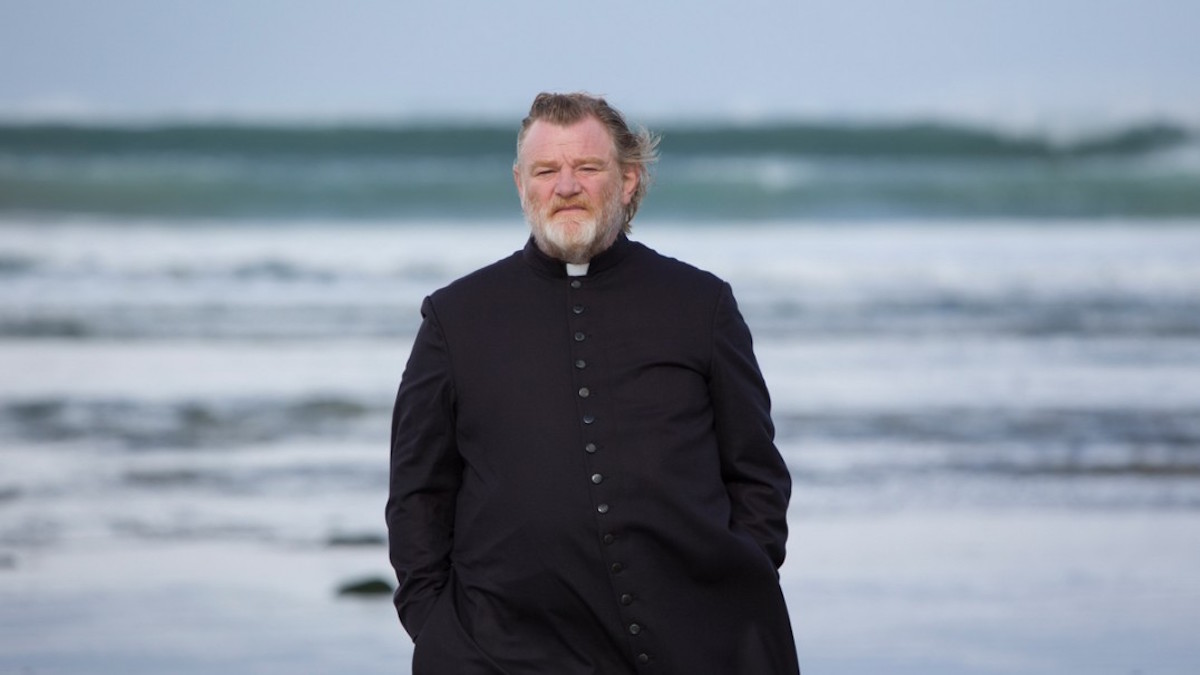
69. Calvary (2014)
A film about a good priest that doesn’t ignore the abuse covered up by the Catholic Church, Calvary is an intensely self-reflective character drama with a killer setup: When a man confesses to Father James (a deeply compelling Brendan Gleeson) that he is planning on killing him in a week as a way to get revenge against the Church after being sexually abused as a child, Father James must decide what actions to take.
The film that follows introduces us to the people living in Father James’ small Irish town, encouraging the viewer to speculate on which of these community members might be the person planning on killing our main character on the coming Sunday while also encouraging the viewer to ruminate on the nature of forgiveness and the possibilities of faith and duty. Written and directed by John Michael McDonagh, Calvary is a deeply empathetic film that stays with you long after its characters’ choices have been made. – KB
68. Baby Driver (2017)
A new Edgar Wright film almost guarantees to be the most fun you have at the movie theater all year, but perhaps none of his films were more gleefully received than the jukebox joy ride Baby Driver. Made for anyone that has restarted a song in their car to ensure it perfectly syncs with the commute, Baby Driver features impeccable needle drops, car chase choreography that the Fast and Furious movies dream about, and insanely precise editing that will make a film nerd go gaga. With an all-star cast that finally made good use of Jon Hamm at the movies, Baby Driver is a toe-tapping delight. – NH
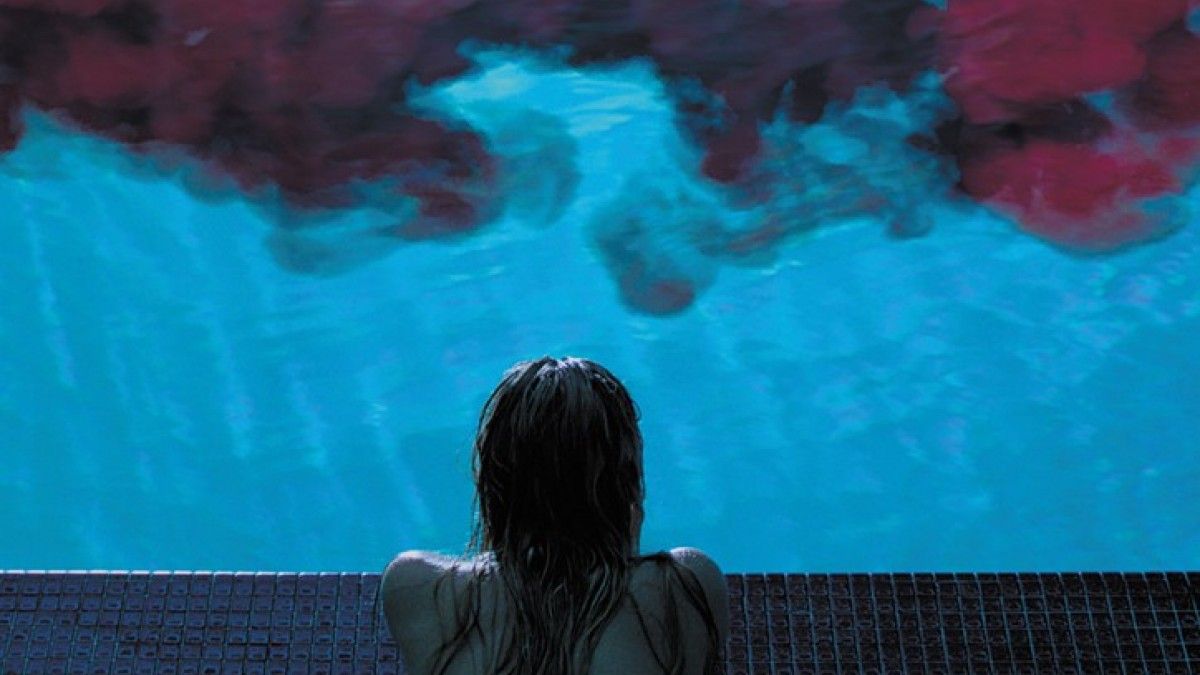
67. It Follows (2015)
Sex has long been a dimension of horror—naked screaming victims, the purity of Final Girls—but this daring indie reverses the dynamic to explore the horrors of sex. Specifically, the consequences and punishment of letting down your guard. More than just an STI risk, the entity represents the devastating transformation of an intimate partner into a stranger. Along with its vintage slasher vibe, It Follows ensures that every single shot features someone walking toward poor Jay—who, unlike her male counterparts, suffers a true crisis of conscience as to whether to pass on her curse, and if there’s even any use. – NZ
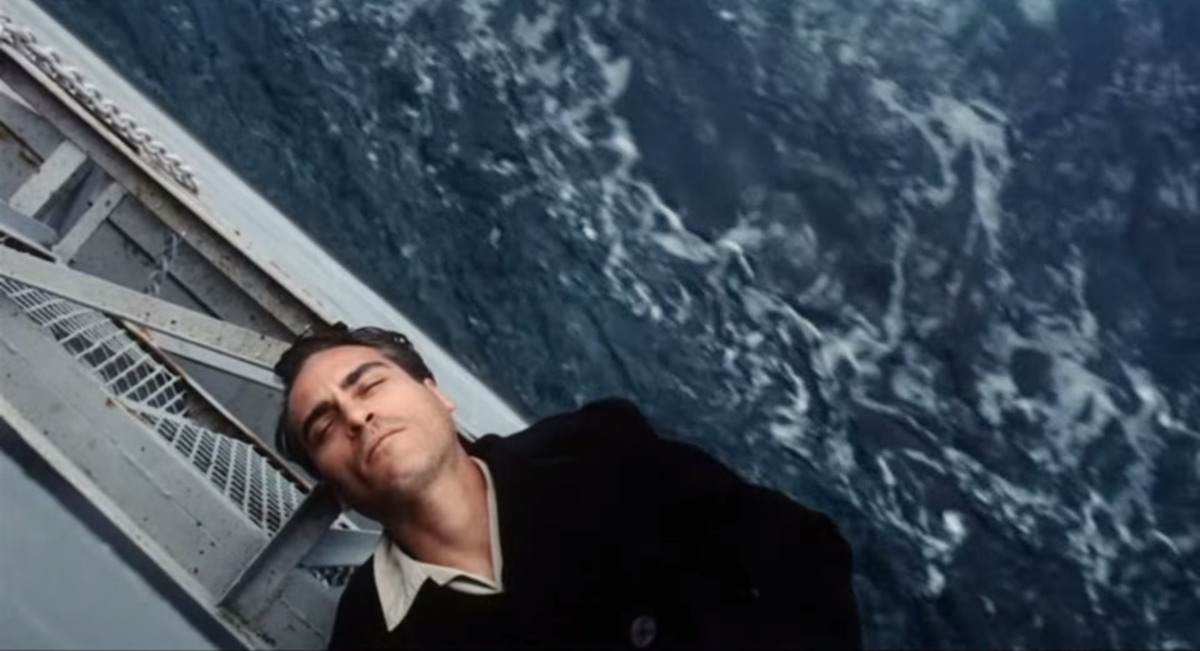
66. The Master (2012)
A deranged, alcoholic WWII vet (Joaquin Phoenix) gets caught in the orbit of a charismatic charlatan (the late Philip Seymour Hoffman) who bears quite the resemblance to Scientology founder L. Ron Hubbard in Paul Thomas Anderson’s confounding masterpiece. Phoenix and Hoffman are complete forces of nature in The Master, as their characters clash over their shared similarities and mysterious differences like damaged titans. Anyone mesmerized by the physicality of Phoenix’s Joker will be floored by his haunting performance here.
The depth of Anderson’s script, somehow deeper than the blue ocean his film repeatedly returns to, will have you wondering whether the film’s core relationship is paternal, romantic, symbiotic, or something more sinister. The Master is perplexing, yet absolutely spellbinding. – NH
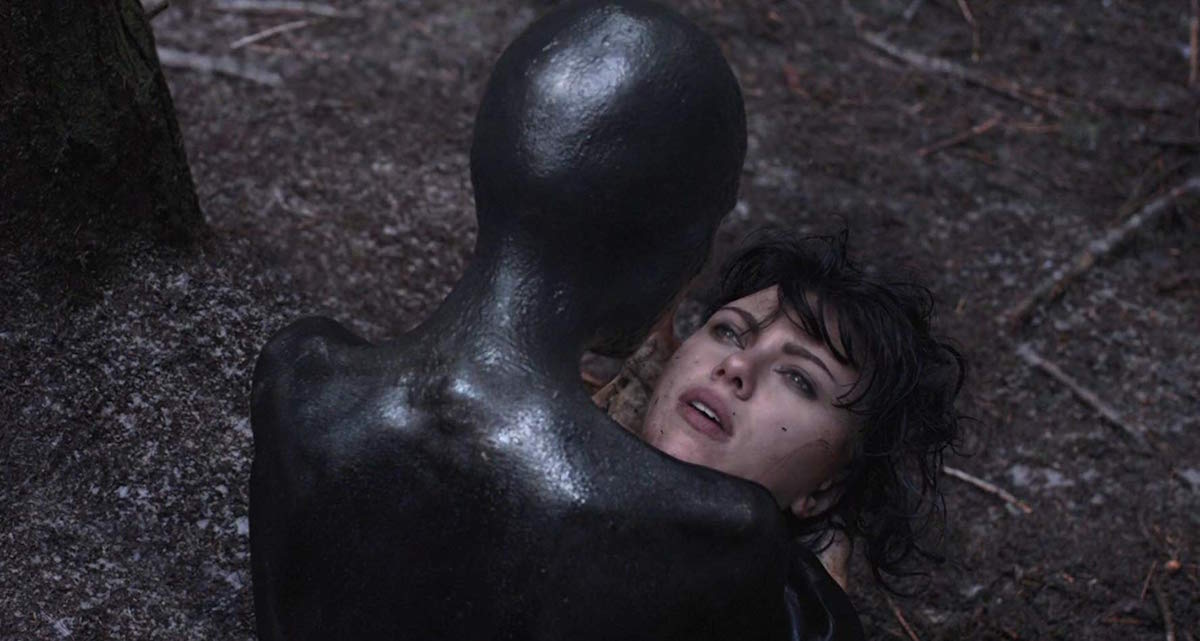
65. Under the Skin (2013)
Before she joined the Marvel, Scarlett Johansson was known for her incredibly eclectic independent film roles. Under the Skin is a true return to form. More hypnotic than her turn as Kaa the snake in Jungle Book, Johansson plays an otherworldly woman who drinks up men in Scotland in this 2013 science fiction film directed by Jonathan Glazer. A large portion of the movie looks improvised and realistic, larger portions are nakedly raw. The film is hallucinogenic, surreal, and utterly immersive and subversive, inviting viewers to submerge themselves in one of the most fatale femmes to hit screens this decade. – TS
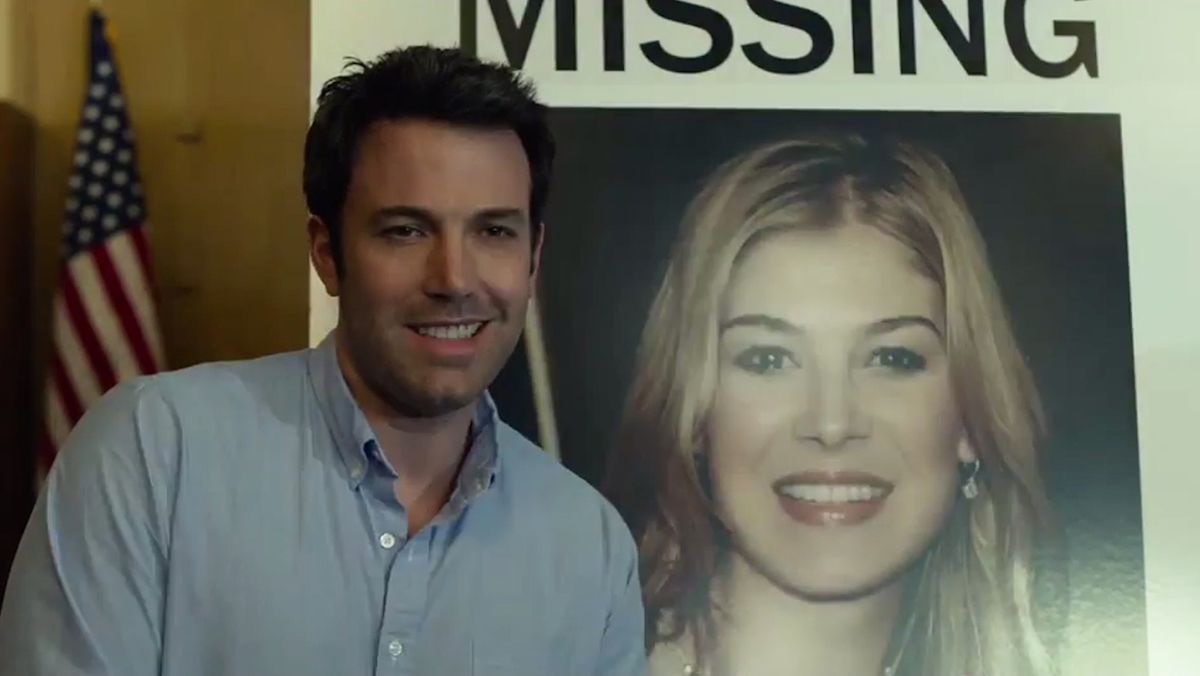
64. Gone Girl (2014)
Gone Girl is director David Fincher having fun—or at least the kind of sick fun that can only emanate from his delightfully twisted imagination. Based on Gillian Flynn’s dark novel, this psychological thriller is bolstered by excellent performances. Rosamund Pike is especially sensational as the “cool girl” with icy cold motivations. Fincher’s superb eye and an unsettling score by Trent Reznor and Atticus Ross help make Gone Girl many things: a psychological thriller, a commentary on tabloid culture, and ultimately an unsparing look at marriage. Yet in its own weird way, it’s one of Fincher’s funniest films. – DK
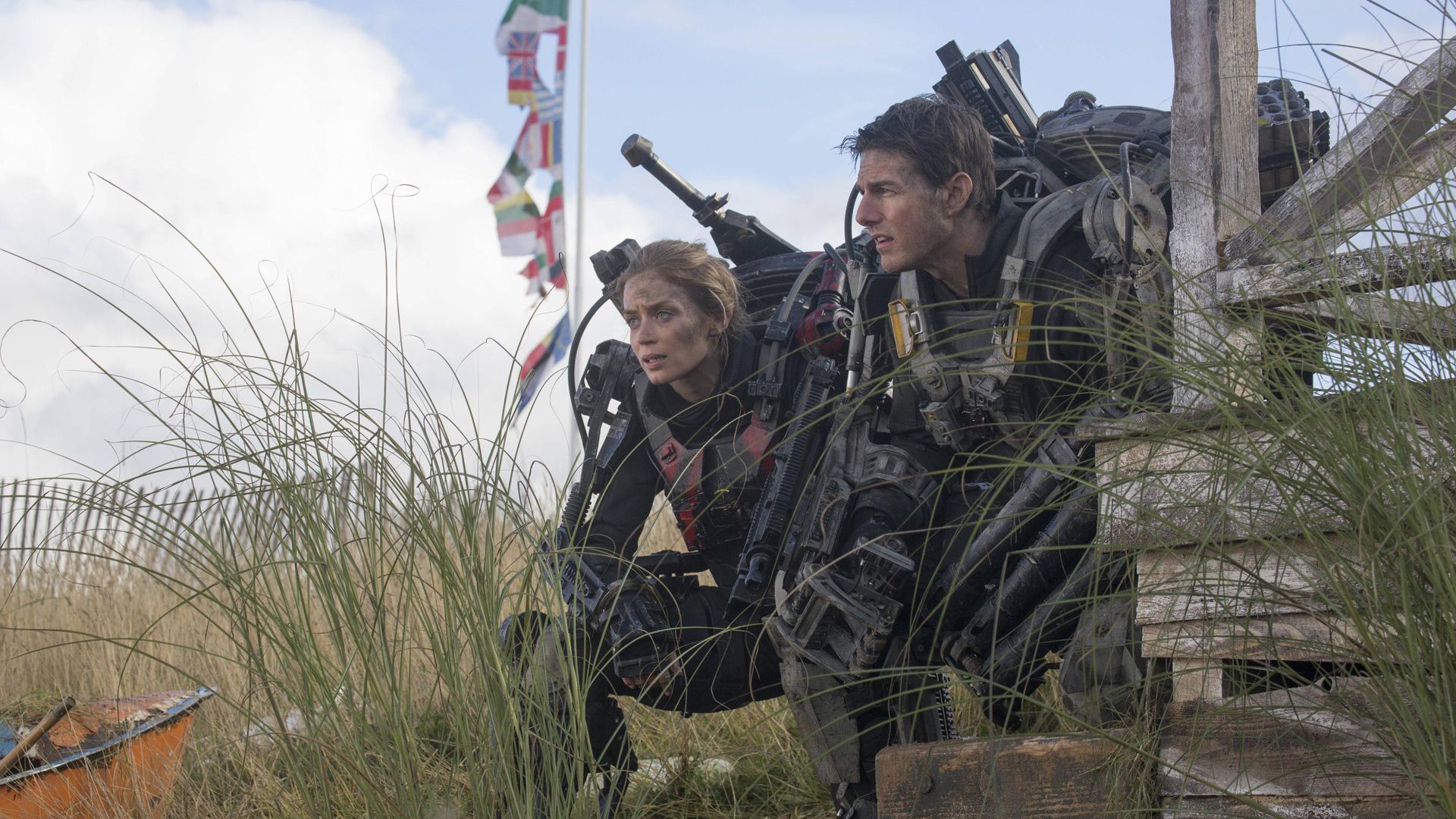
63. The Edge of Tomorrow (2014)
Whether you call it it Edge of Tomorrow or Live. Die. Repeat., this sci-fi action film is a thrilling, fun time at the movies. Tom Cruise stars as a PR flack turned solider in a war against seemingly unbeatable aliens intent on eliminating humanity. After a chance (and deadly) encounter with some alien goo, Cruise’s character gains the ability to “respawn” after death and therefore develop valuable experience and insight into how to defeat them. The Groundhog Day format rarely fails and Edge of Tomorrow proves that it can turn a good action movie into a great one. – Alec Bojalad
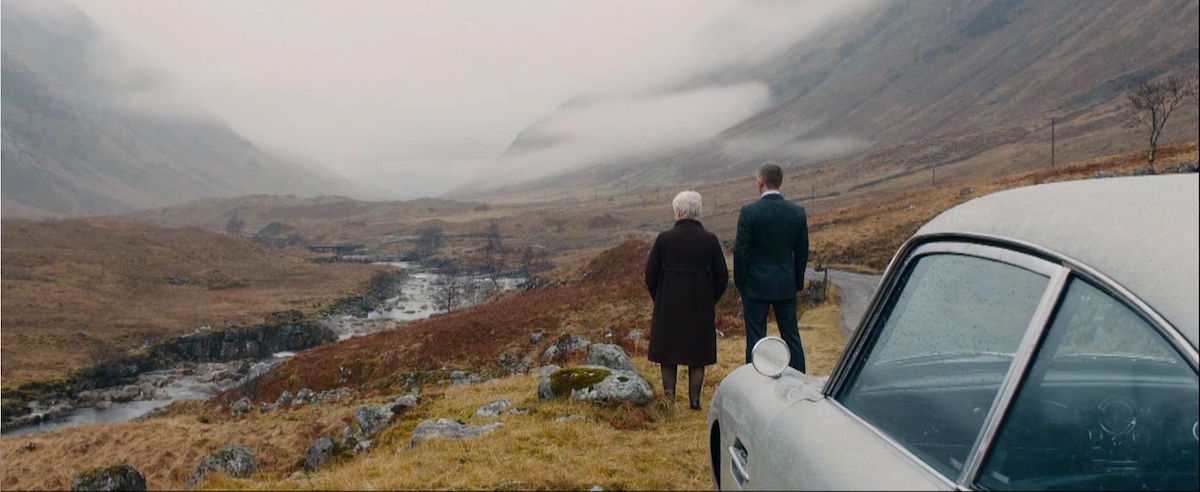
62. Skyfall (2012)
The same year Queen Elizabeth had her diamond jubilee, 007 celebrated his golden one. Fifty years after Sean Connery donned the tux, Daniel Craig gave it new dimension in this often grimly self-aware portrait of James Bond. Digging deep into the definitive movie spy’s psychology, Skyfall acts as advocacy for the character and franchise’s continued existence in the post-9/11 world. And it accepts that reality with a resignation that is only matched by Sam Mendes and Roger Deakins’ gorgeous visuals. If he can stay this stylish, Bond may still be ordering martinis in another 50 years. – DC
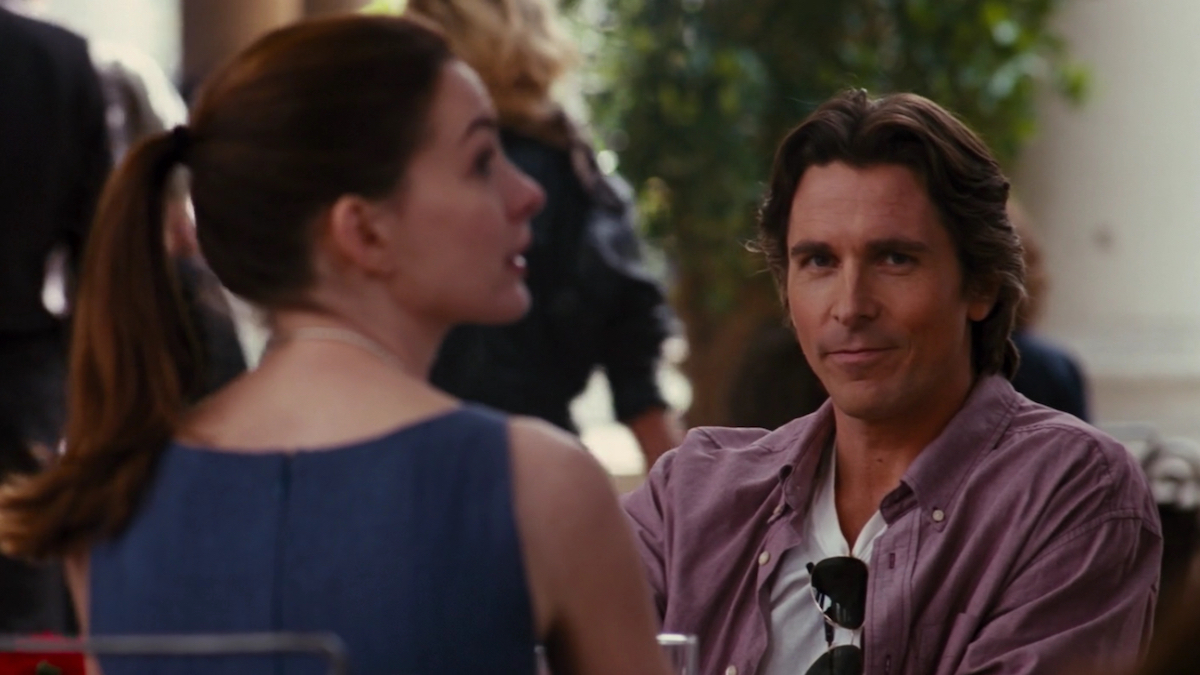
61. The Dark Knight Rises (2012)
As the grandiose finale to Christopher Nolan’s The Dark Knight Trilogy, this third film is sometimes maligned by fans for simply not being The Dark Knight. Yet while other superhero franchises churn out endless sequels, there is something powerful about a true ending that pulls as much from Charles Dickens’ vision of the French Revolution as it does comic book tropes. Christian Bale’s Bruce Wayne has never been nobler than when facing down Tom Hardy’s prescient supervillain turned populist demagogue… nor has the Batman character been more adult than when he finally puts the mask away to have a drink in Florence with Selina Kyle. – DC
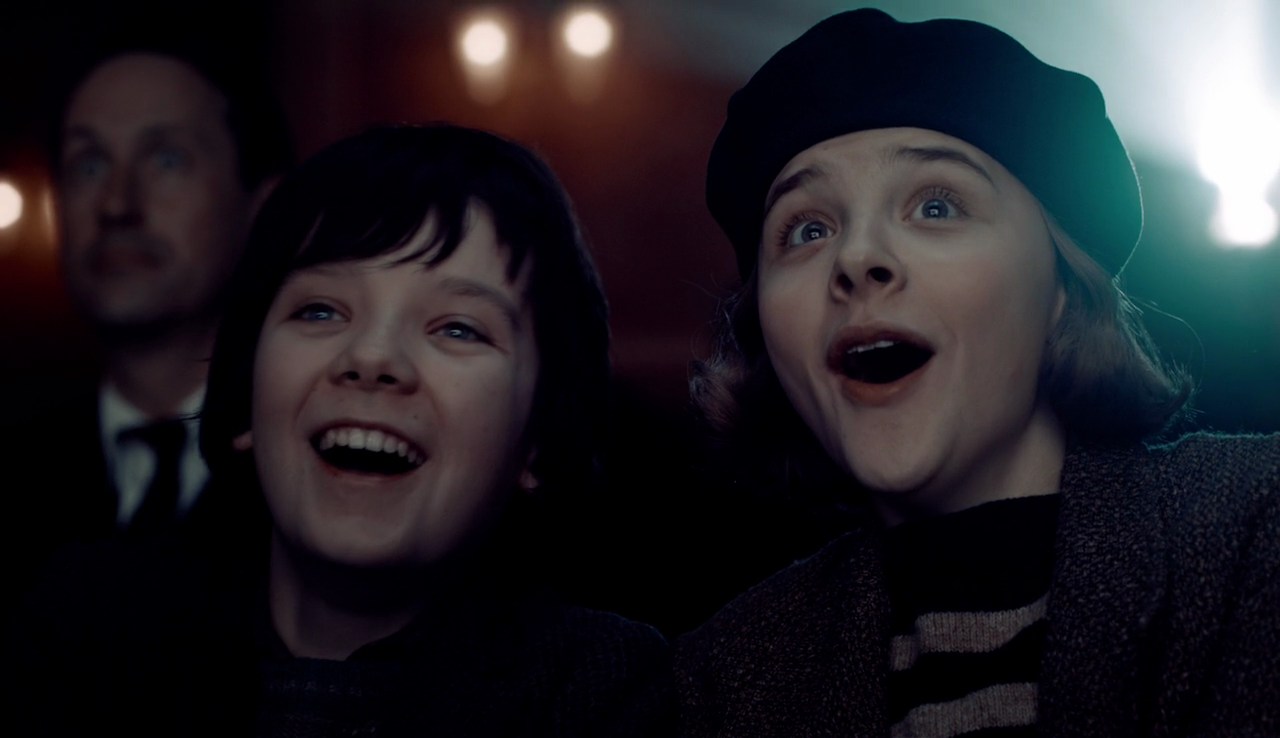
60. Hugo (2011)
When asked if there are any movies absolutely anyone can see, regardless of thickness of their skins and tolerance for offense, suggest Hugo. Martin Scorsese’s premiere 3D movie has no bad language, a clear moral center, and never preaches. You can feel how much fun Scorsese has with the new technological toy. He puts it together like the inner workings of a clock.
Though it is told through the voice of a 12-year-old boy, Hugo Cabret (Asa Butterfield), this is not a kids’ movie; it is a love song to the motion picture art form, with a particular fondness for one of the earliest innovators, French director Georges Méliès, best known for the 1902 film A Trip to the Moon. Hugo is an emotional cousin to Giuseppe Tornatore’s Cinema Paradiso. They are filled with unabashed devotion and a childlike awe for the magic of celluloid. Hugo is timeless, like Wizard of Oz, which wasn’t the top film of the 1930s but is remembered and celebrated today. – TS
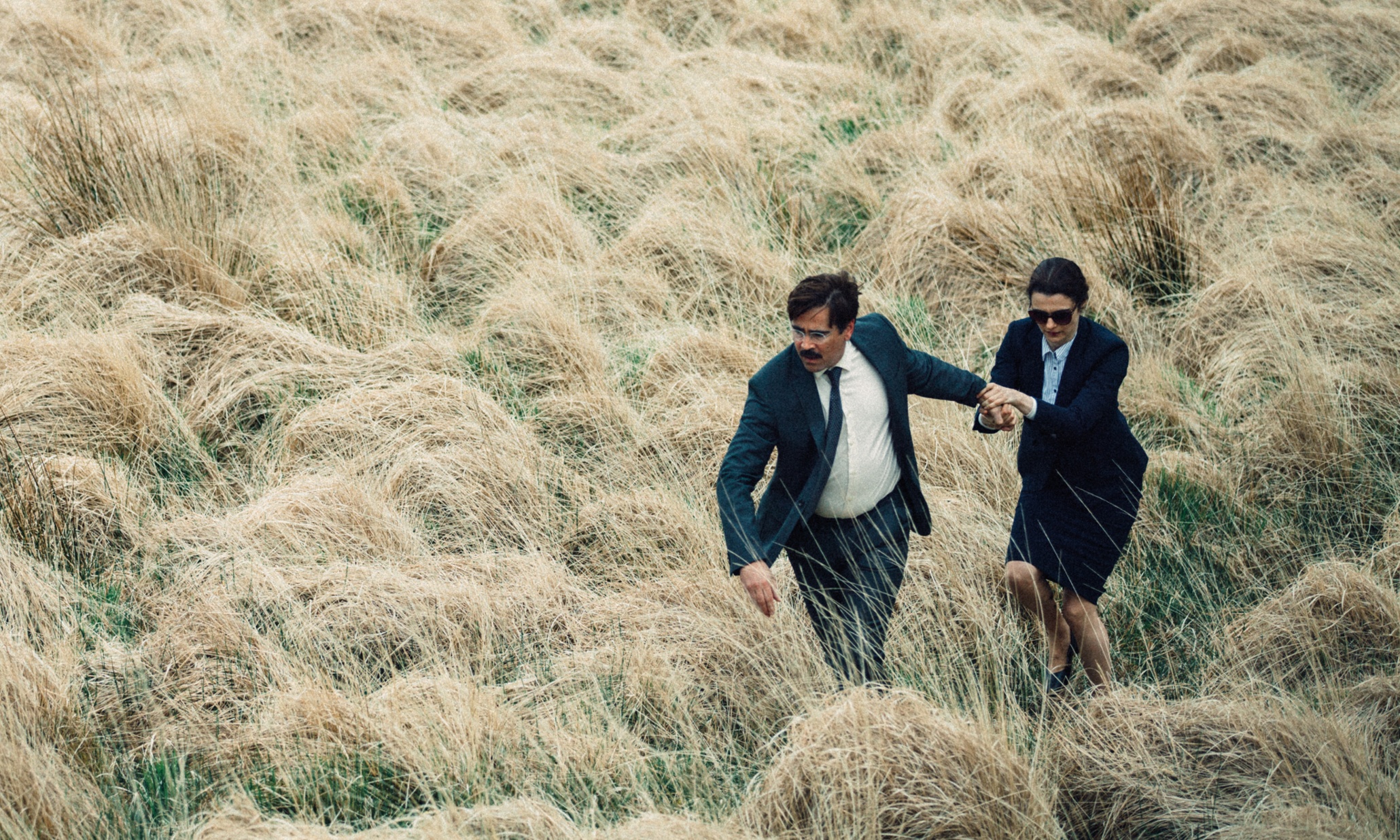
59. The Lobster (2016)
Greek writer-director Yorgos Lanthimos came up with an inventive dramedy with The Lobster. Co-written by frequent collaborator Efthymis Filippou, the film is a polarizing and at times uncomfortable take on modern dating anxieties and relationships. As if the stress of finding a suitable life partner wasn’t all-consuming enough, in the world of The Lobster, single people have 45 days to find a partner or they’ll be turned into an animal of their choice. How and why this reality exists is left to the imagination.
This is a film refuses to fit comfortably in one box. It’s part dystopian thriller and part unconventional love story. Some scenes are deeply unsettling, and in others, Lanthimos relishes in playfully lampooning the world he’s created. The Lobster may not be for everyone, but anchored by stellar performances from Colin Farrell, Rachel Weisz, Léa Seydoux, and Olivia Colman, the film is sure to elicit strong responses from audiences, one way or the other. – CL
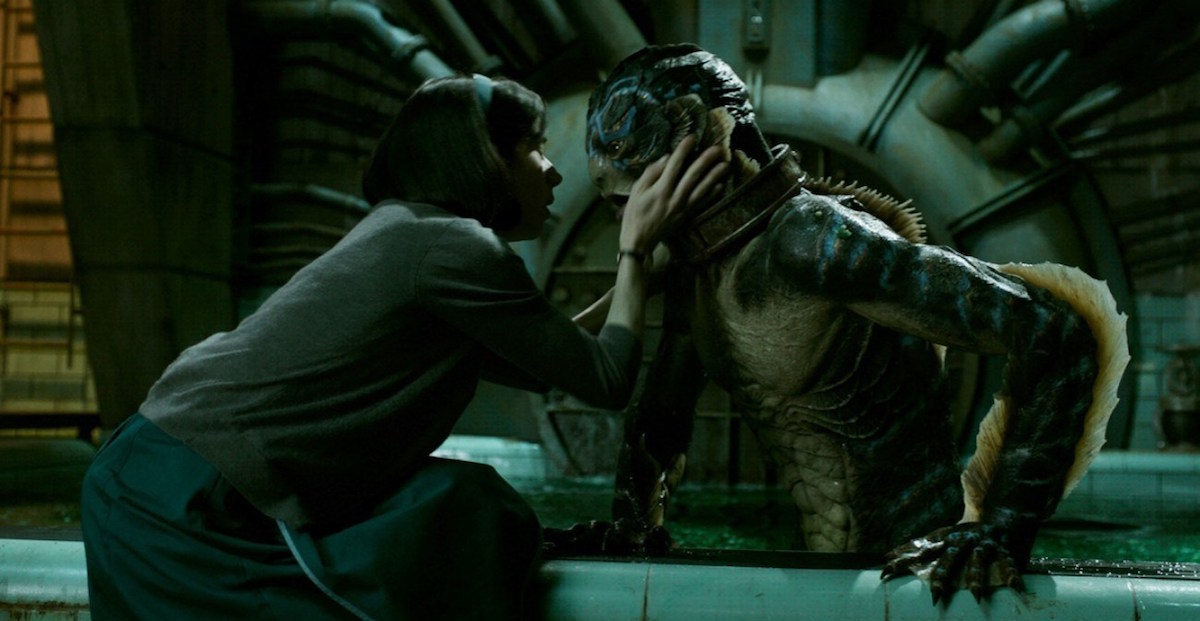
58. The Shape of Water (2017)
This lyrical and otherworldly Cold War period piece is a gentler Guillermo del Toro picture, yet The Shape of Water remains undeniably haunting. It’s difficult to say who had the more powerful performance, Doug Jones as the amphibious creature or Sally Hawkins as the nonverbal woman who sees her experience mirrored in his captivity, but it is their bond that earned the movie a Best Picture win, which itself a larger triumph for genre films. That bond is derived of two figures who have been othered, and who don’t need to speak to communicate; they show each other they’re worthy of desire, love, and happiness with nary a word but plenty of magic. – NZ
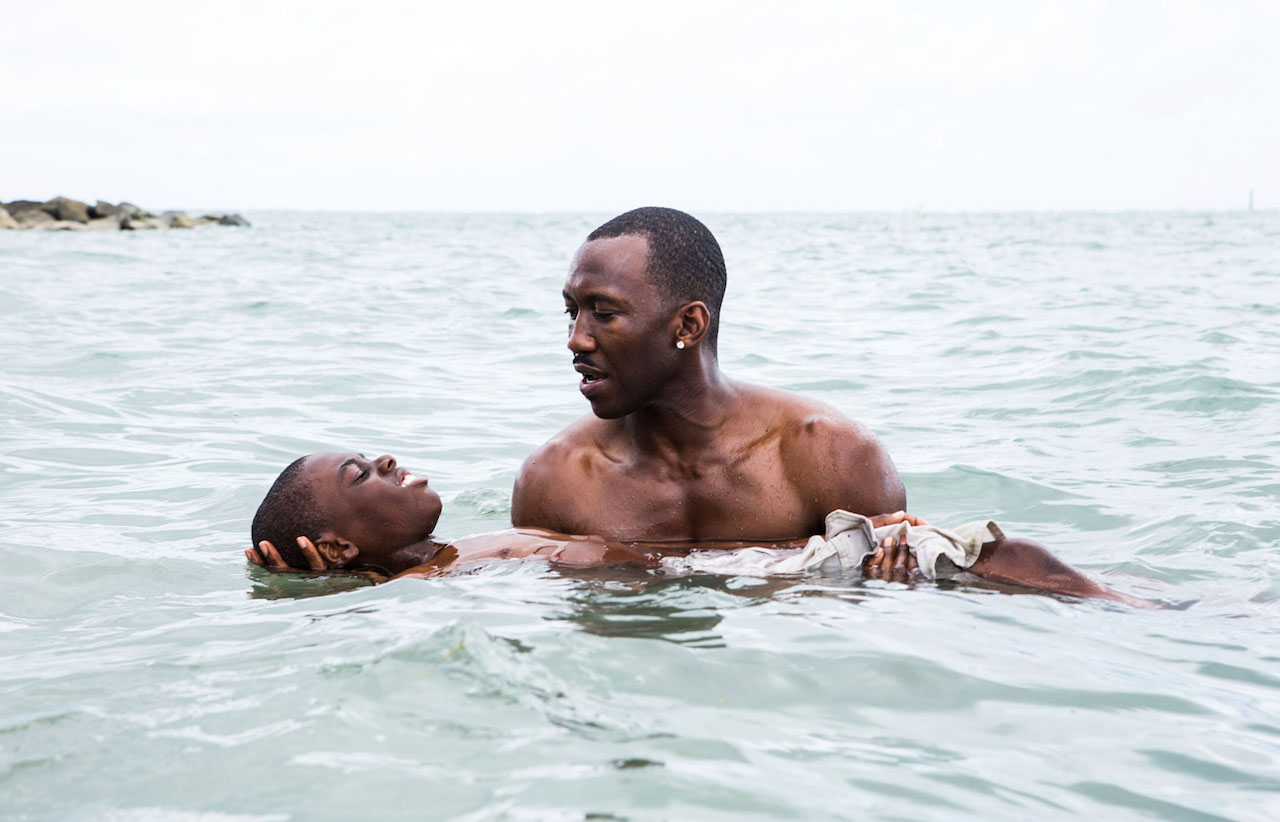
57. Moonlight (2016)
Moonlight traces the life of a black gay man at three stages: youth, adolescence, and adulthood. At each point, Chiron must deal with his race, sexuality, and upbringing, finding a way to survive when the world and those he loves let him down. Alex Hibbert, Ashton Sanders, and Trevante Rhodes all excel as the three different Chirons, and Mahershala Ali became a star and won an Oscar with his portrayal of the complex drug dealer Juan. Barry Jenkins’ meditation on what it means to be a black man in America is melancholy in tone and deeply profound. – DK
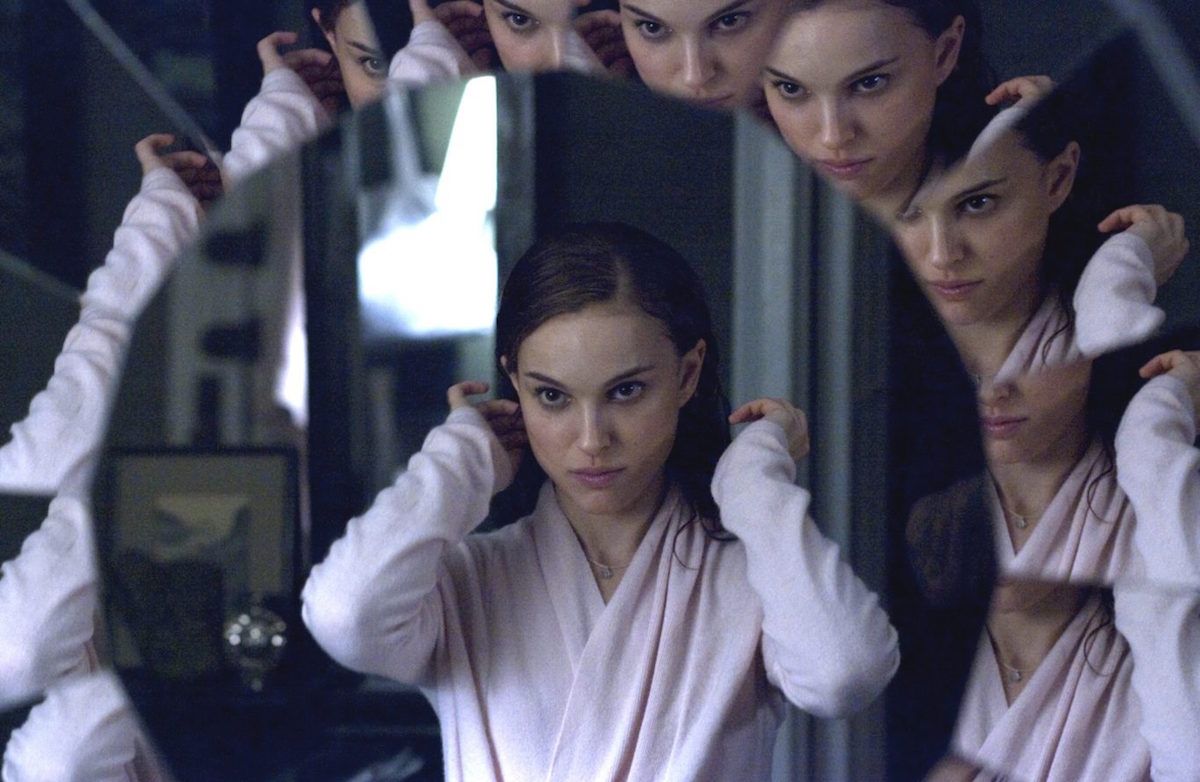
56. Black Swan (2010)
Very much a companion piece to Darren Aronofsky’s earlier film, The Wrestler, Black Swan offers a transcendent fable about the beauty of artistic sacrifice. Yes, the film is about sheltered ballerina Nina (a brilliant Natalie Portman) losing her mind and possibly her life by literally transforming into Tchaikovsky’s seductive Odile, but such is the price of perfection. And as the film fades out to rapturous applause and the color white—as opposed to The Wrestler’s black—a happier ending could not be imagined for this lurid psychosexual fantasia. Nina, you really were perfect. – DC
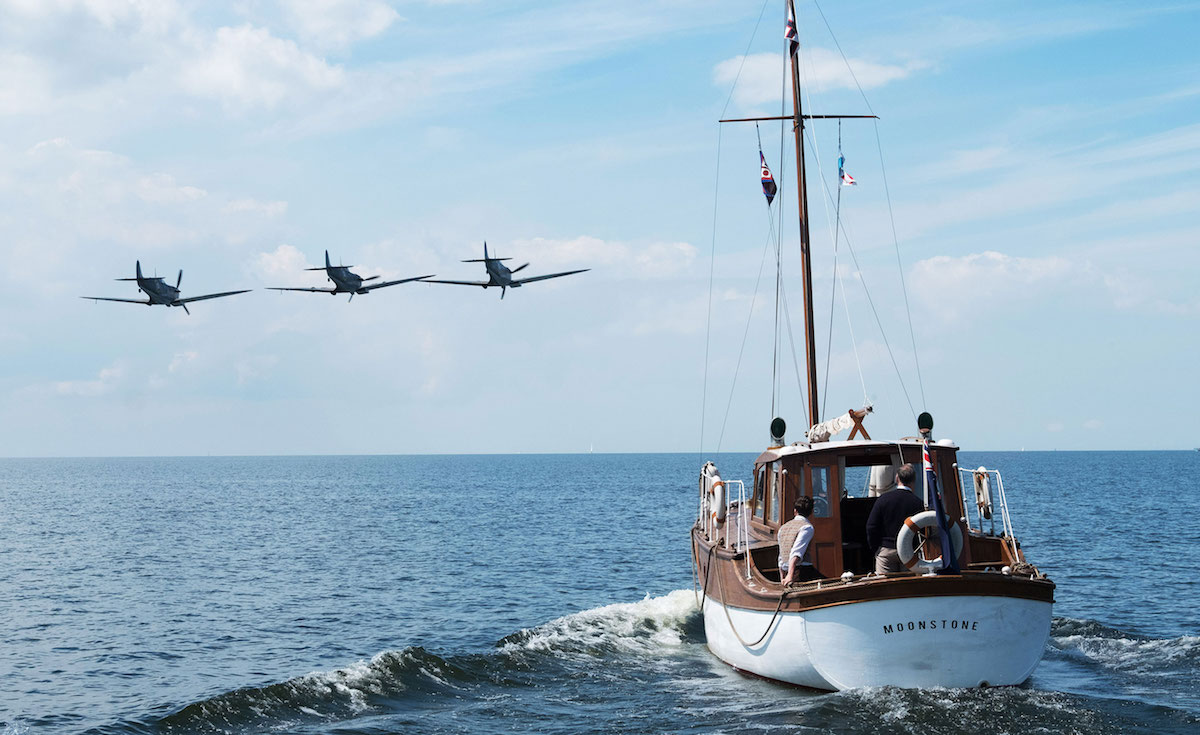
55. Dunkirk (2017)
After making movies that leaned heavily on exposition, Christopher Nolan faced his critics head-on in this World War II epic with nary a single character’s backstory. Dunkirk is a visceral experiment in moviemaking that throws audiences into the deep end during the British evacuation of France in 1940. Once again playing with parallel timelines, Nolan creates a claustrophobic pressure cooker where breathtaking aerial dogfights during the final minutes of evacuation are crosscut with a pleasure yacht’s fatal hours-long trip across the English Channel. This tension is all the more impressive when one realizes most of the characters spend the movie waiting on a beach. – DC
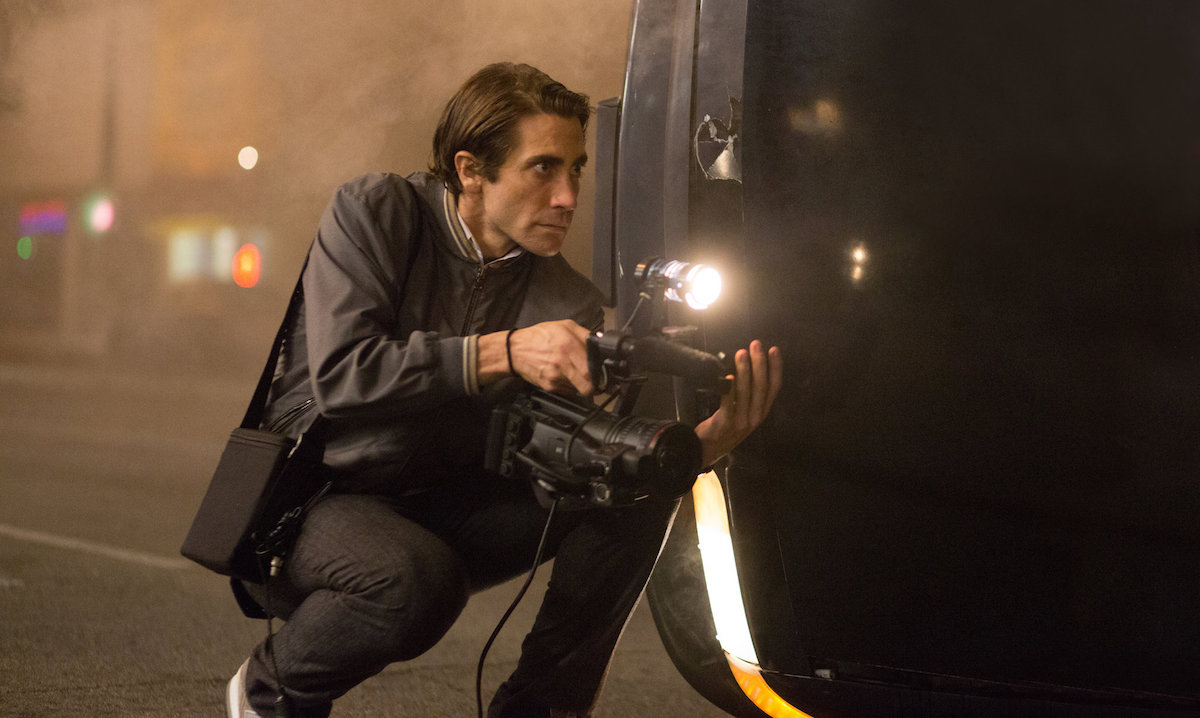
54. Nightcrawler (2014)
Jake Gyllenhaal has perhaps never been better as Louis Bloom, a petty thief who reinvents himself as a freelance news cameraman and all-around monster. His unethical and ruthless methods of getting the footage that he sells to a local TV station highlight the parasitic and unholy marriage between the people who get the news, the ones who deliver it, and the audience members who consume. No one is safe from its influence in writer-director Dan Gilroy’s atmospheric neo-noir—including us. – DK
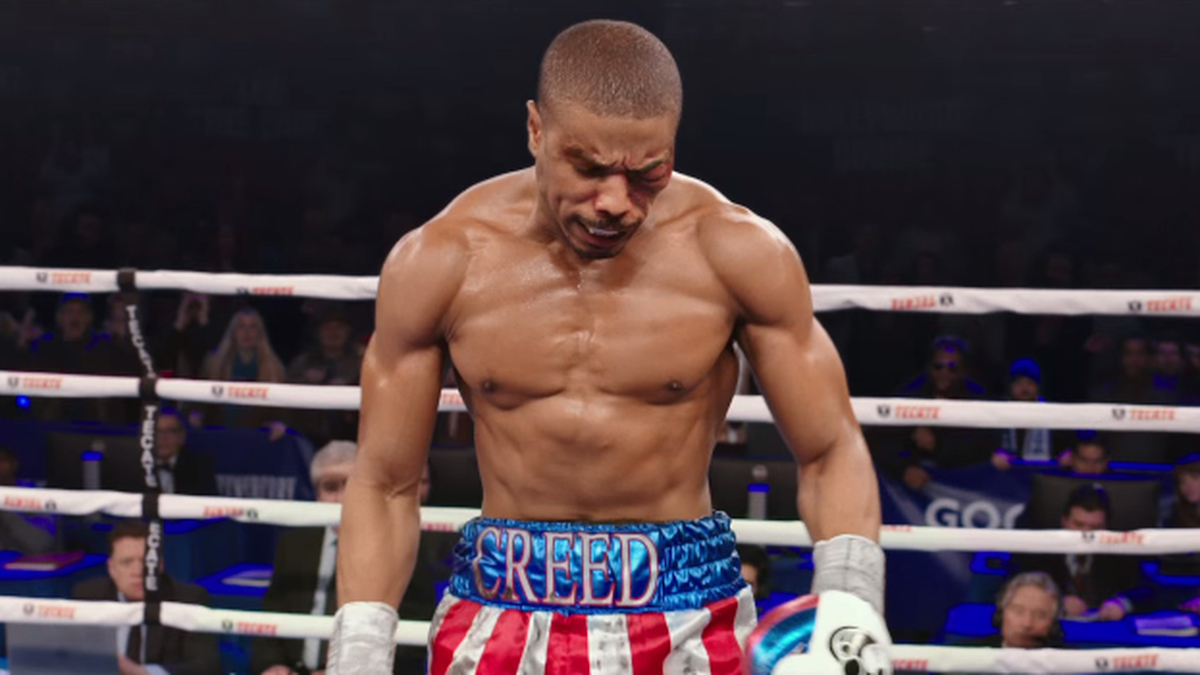
53. Creed (2015)
If you would have told me that the seventh goddamn Rocky film would end up in the decade’s top 100, I would have laughed at you. But that was before director Ryan Coogler (Fruitvale Station) and star Michael B. Jordan created this explosive, inspiring drama. Jordan plays the son of the late Apollo Creed, driven to forge his own legacy in the ring but looking to Rocky Balboa to train him. Sylvester Stallone got a well-earned Best Supporting Actor nomination as a frail Rocky staring mortality in the face. Coogler’s second feature was a rousing, thrilling preview of things to come from this filmmaker. – DK
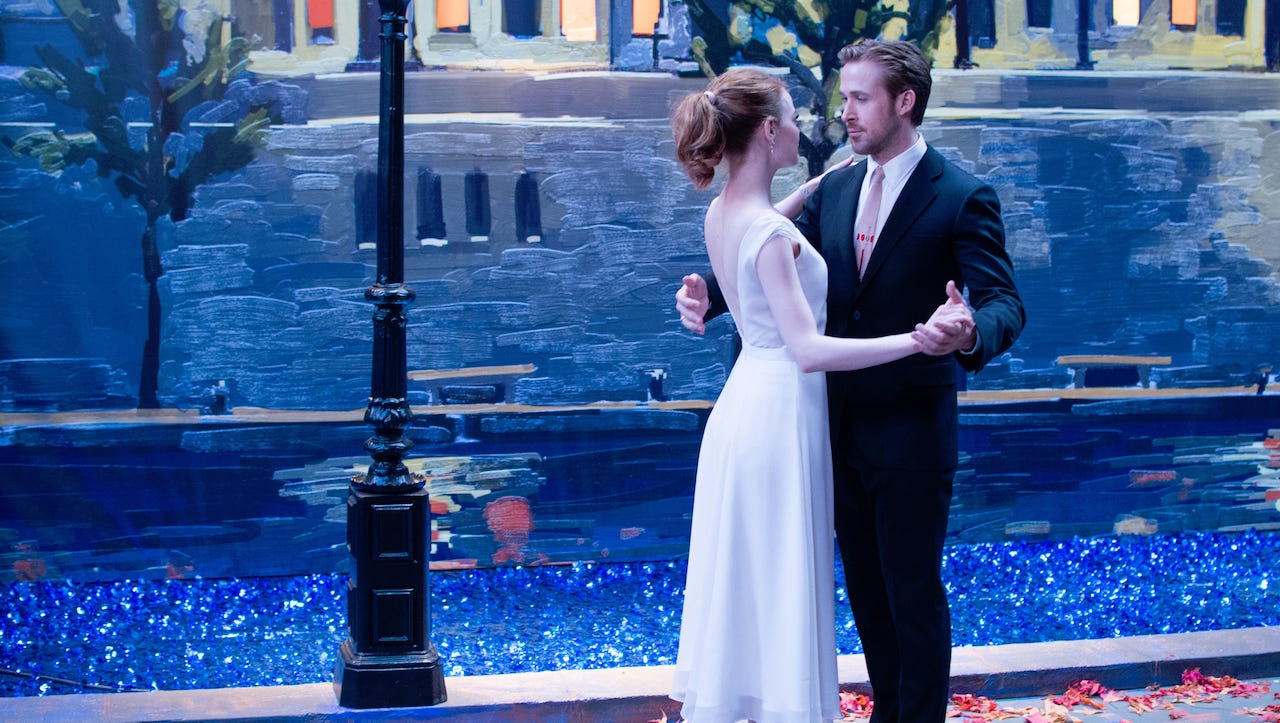
52. La La Land (2016)
Nostalgia and romance—romance of the past, that is—simmers within all Damien Chazelle films. But he is aware of the limits in such daydreams, which comes to a head in La La Land’s glorious and tragic finale. A celebration of fantasy and acceptance of its artifice, La La Land echoes the greatest classic movie musicals of Hollywood’s Golden Age while also grounding Ryan Gosling and Emma Stone’s beguiling taps with tangible melancholy. La La Land remains the best musical of this century and a soaring triumph whenever Justin Hurwitz’s musical ode to Sebastian and Mia waltzes on into Neverland. – DC
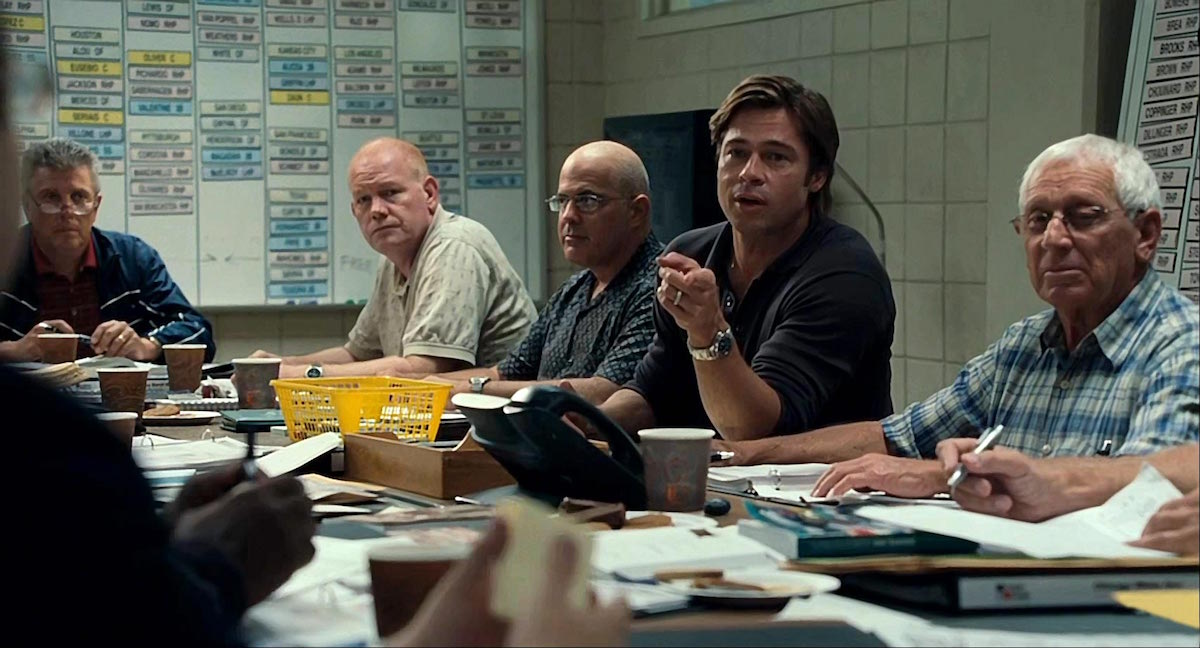
51. Moneyball (2011)
Michael Lewis’ 2003 nonfiction novel Moneyball, which follows Oakland A’s general manager Billy Beane and the explosion of advanced analytics in baseball scouting, is essential in understanding how the game and business of baseball evolved. It is the bible for statistics geeks. It’s also one of the last baseball books you’d consider when asked what could make for a riveting sports film—I’m personally still holding out for a sexy adaptation of Jose Canseco’s JUICED.
Yet screenwriters Aaron Sorkin and Steven Zaillian, and director Bennett Miller, cracked nearly an impossible script just as Beane did the improbable by turning the low-payroll ballclub into a perennial winner. The film captures the intensity of a pennant race, the pressures of baseball as big business, and all the intrapersonal drama a season in the big leagues entails. This clash of ideals, dramaticized by an all-star cast, gives the film a surprise major win as the sports film of the decade. – CL
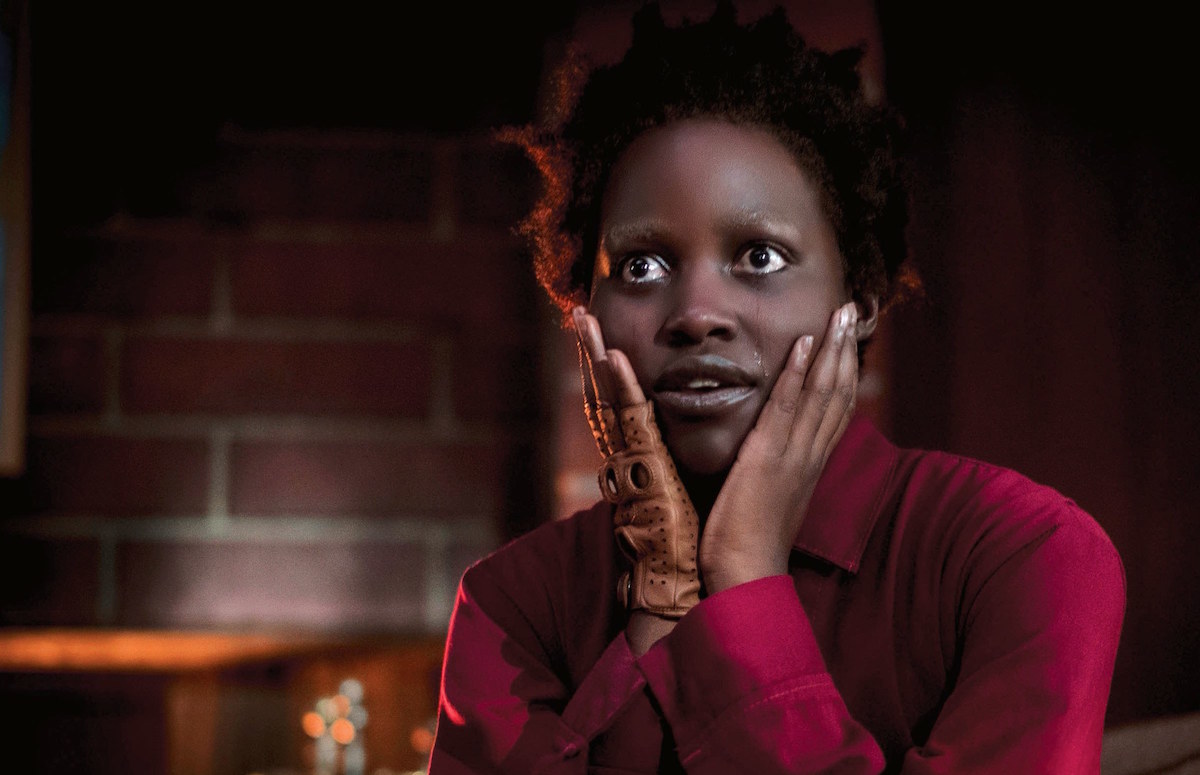
50. Us (2019)
In a decade defined by spreadsheet filmmaking, Jordan Peele pressed ahead with two wholly original, ambitious films. The gangbusters success of Get Out allowed Peele to take an even bigger swing with Us, which turned the home invasion genre on its head with a deeply unsettling mythology underneath its surface.
Peele’s sophomore effort is influenced by a divided America and the concept of the “other” looking a whole hell of a lot like us. Us also further established what a Peele film looks like with its underlying humor, a knack for seeding and slowly unfurling mysteries, and inspired casting, costuming, and cinematography choices. Get Out may work better on the whole, but in the case of Us, it’s Lupita Nyong’o who came ready with a performance that should be remembered for decades to come. – CL
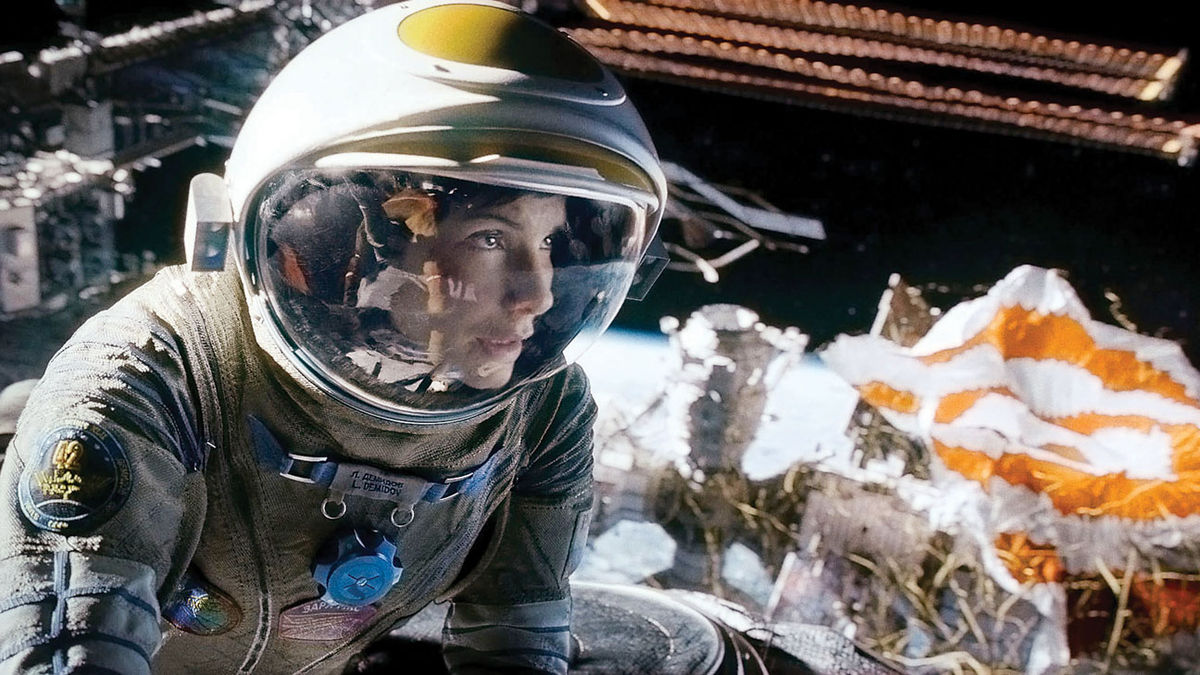
49. Gravity (2013)
Alfonso Cuarón has proven to be one of the most versatile directors of his generation. The Mexican filmmaker is as effective in children’s media (Harry Potter and the Priosner of Azkaban, A Little Princess) as he is in dystopian science fiction (Children of Men). This cinematic agility is perhaps the most apparent in his success with Gravity, a survival thriller that stars Sandra Bullock and George Clooney as American astronauts stranded in space after the destruction of their shuttle, working to return safely to Earth. In a decade of filmmaking defined by the evolution of what is possible with visual effects, Cuarón never lost sight of the human story in the midst of using pioneering CGI, telling a story that is as visceral as it is visually revolutionary. – KB
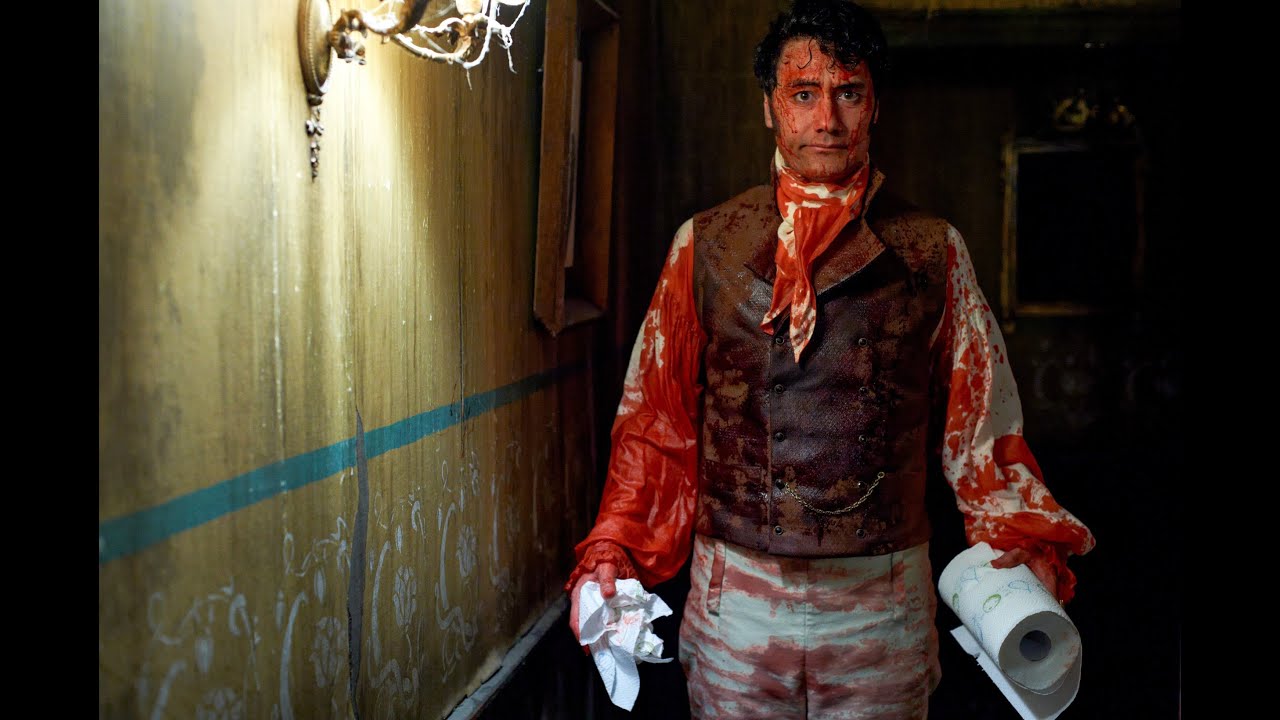
48. What We Do in the Shadows (2014)
Throw away everything you thought you knew about vampires and learn it all anew with What We Do in the Shadows. Jemaine Clement and Taika Waititi’s 2014 mockumentary horror comedy follows four ancient vampires who have been roommates since forever. Viago, Deacon, Petyr, and Vladislav the Poker munch their way through modern New Zealand, and their human familiar Jackie cleans up after them. These vampires don’t quite fit with either the human or the undead community of vampires, zombies, witches, and werewolves who swear too much. Sometimes they are modern acronyms, accidentally betraying the old ways. I mean, what vampire goes to an Unholy Masquerade as a nun? It’s enough to put you off your virgin blood. – TS
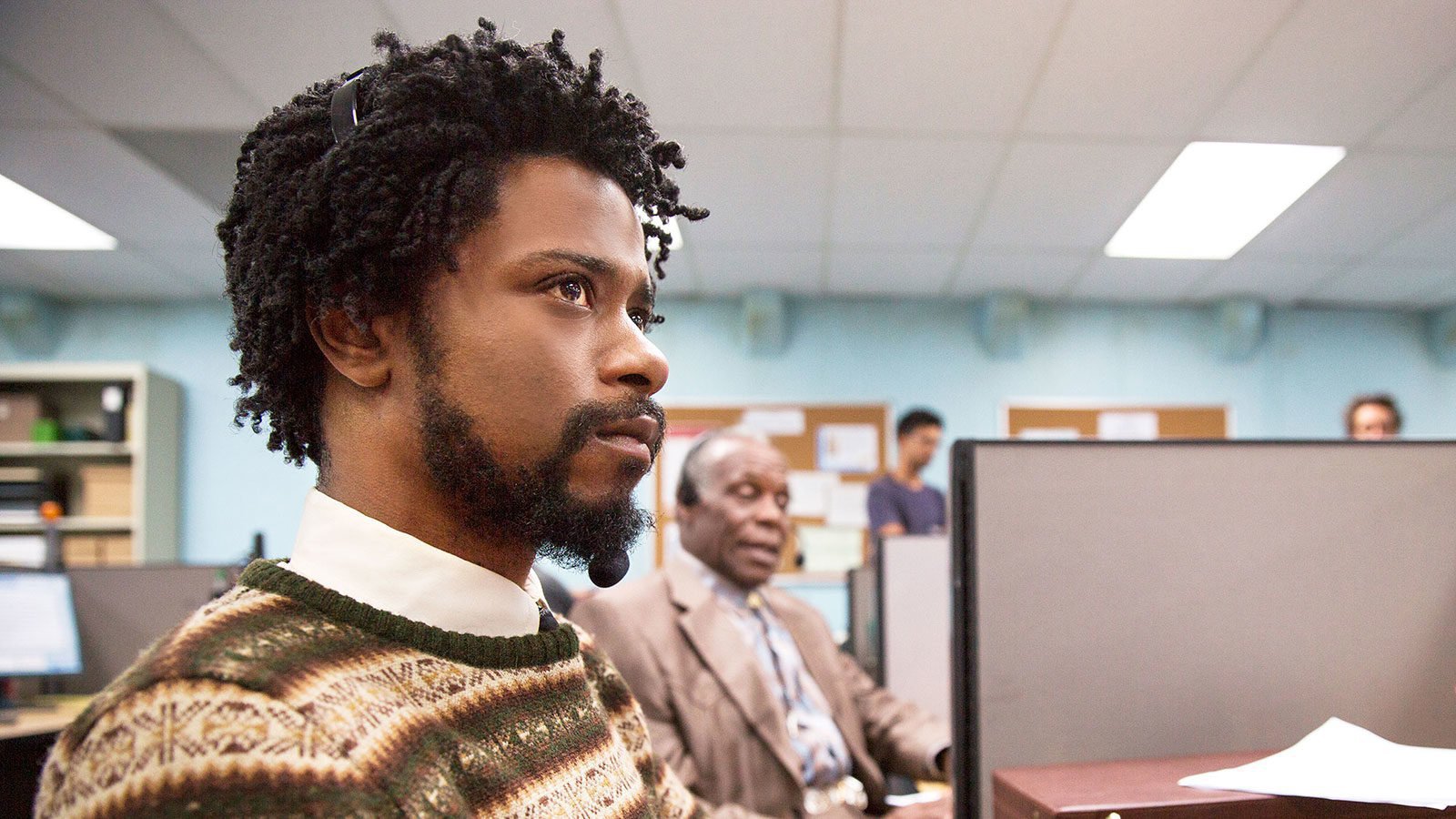
47. Sorry to Bother You (2018)
Musical artist Boots Riley comes out of the gates swinging with Sorry to Bother You. Nothing less than a full-throated and anarchic cry against the evils of capitalism, and a call to burn down the whole system, the ambitions of the film are only matched by its surreal sense of humor, often involving the words “horse cocks.” It’s weird, it’s original, and it features scenes that will linger in the mind for years to come, like LaKeith Stanfield’s Cassius “Cash” Green being asked to “rap” for a room full of rich white people. – DC
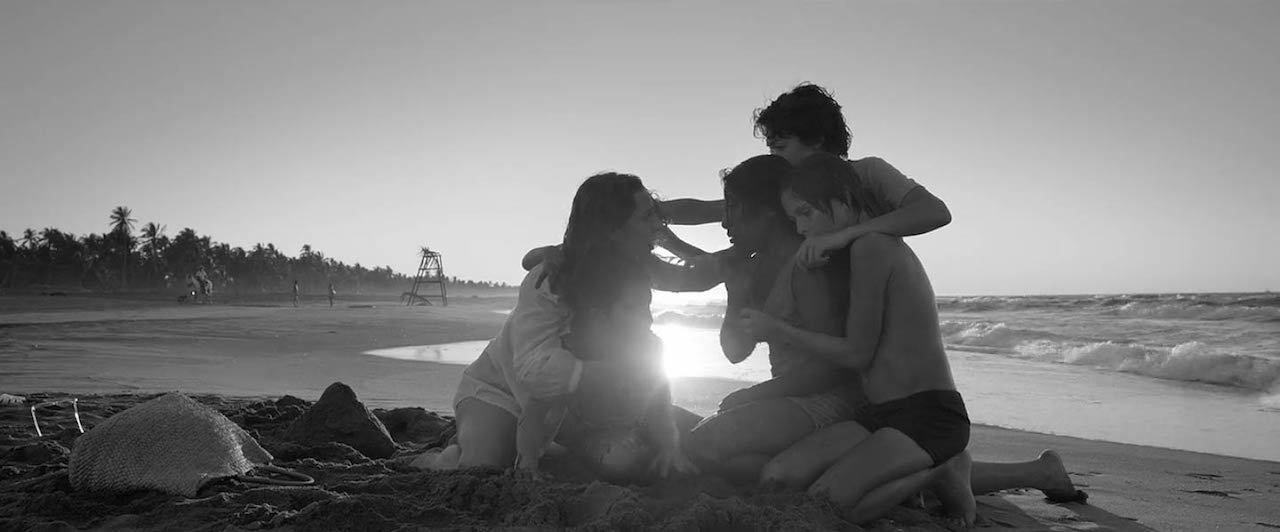
46. Roma (2018)
Aside from playing a major role in the erasure of the line between streaming outlets like Netflix and the major Hollywood studios, Roma is an enthralling, absorbing and exceptionally personal film from Alfonso Cuarón. Mining memories of his own childhood in Mexico City, Cuarón constructs a poignant, emotional exploration of one family as it navigates turmoil both within and without—and how they almost eternally ignore the quiet dignity and sorrow of their housekeeper Cleo (Yalitza Aparicio). Flowing effortlessly from the intimate to the epic, and shimmering in black and white, Roma is a masterwork from a filmmaker who already has a few on his resume. – DK
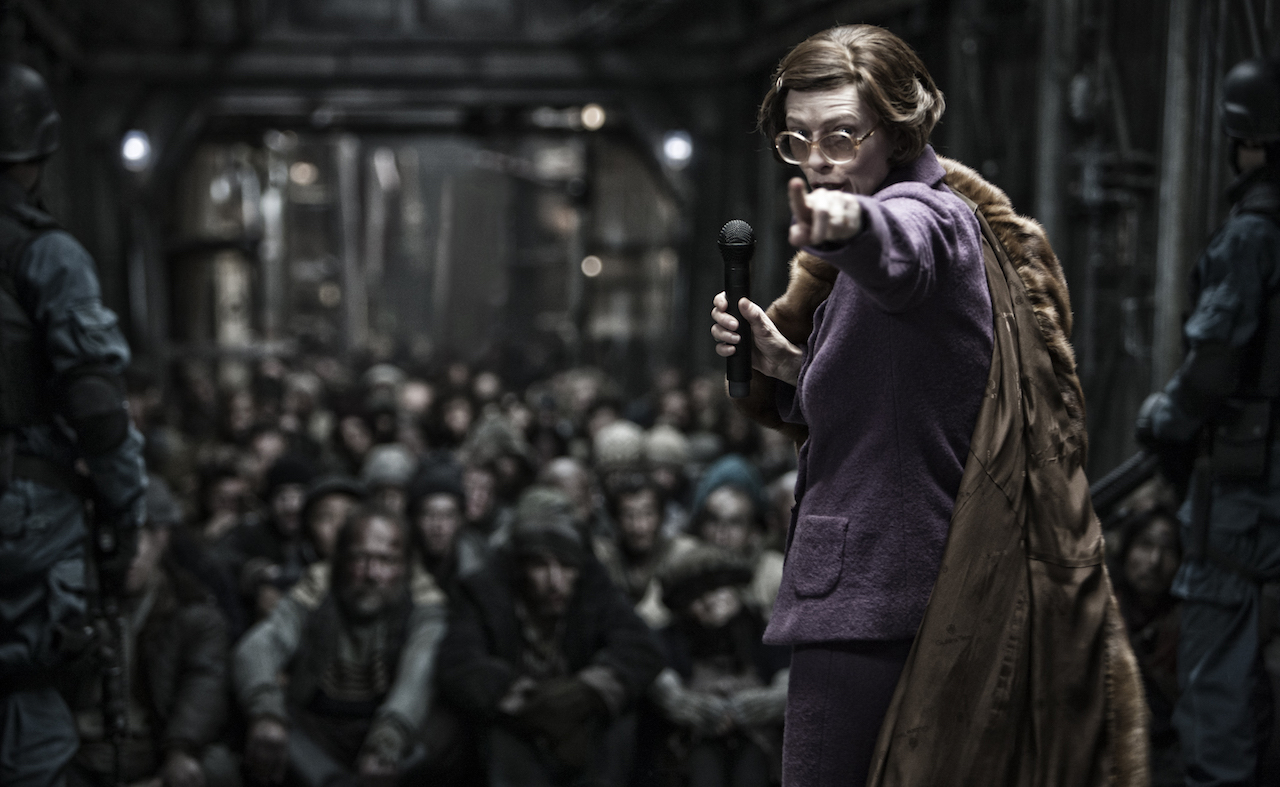
45. Snowpiercer (2013)
A film that has Chris Evans slipping on a fish in the middle of a fight scene, and uttering the line “I know that babies taste best,” Snowpiercer was Korean director Bong Joon-ho’s first primarily English language film. Based on a French graphic novel, this sci-fi genre-bender is set in a post-apocalyptic future where climate engineering has caused another ice age and killed almost all life on Earth. The surviving humans live aboard a train that circumnavigates the globe.
Evans stars as Curtis, a man who leads the lower-class at the back of the train in a revolution against the elite at the front. Globally minded, yet starring some of Hollywood’s most sought after talent, Snowpiercer is a weird, horrific, and unpredictable tale of class struggle that has only become more relevant with age. – KB
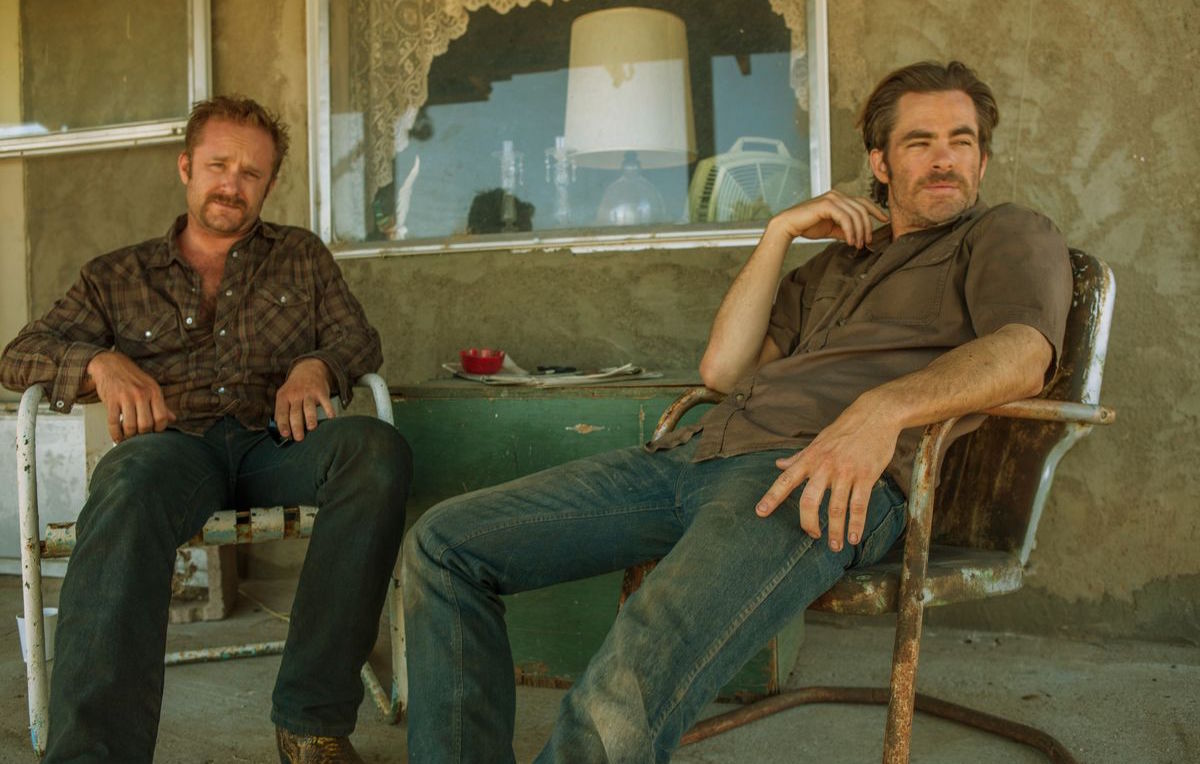
44. Hell or High Water (2016)
This modern Western from director David Mackenzie is a triple hit: it’s a suspenseful crime thriller, an absorbing character drama, and a scathing commentary on the American economy and what people do to get their share of the pie. Chris Pine (in a career best role) and Ben Foster star as two brothers who embark on a series of bank robberies to save their family ranch. It’s up to two Texas Rangers (Jeff Bridges and Gil Birmingham) to track and stop them. The characters and the interplay among and between them is rich and complex, as is this entire, exquisite film. – DK
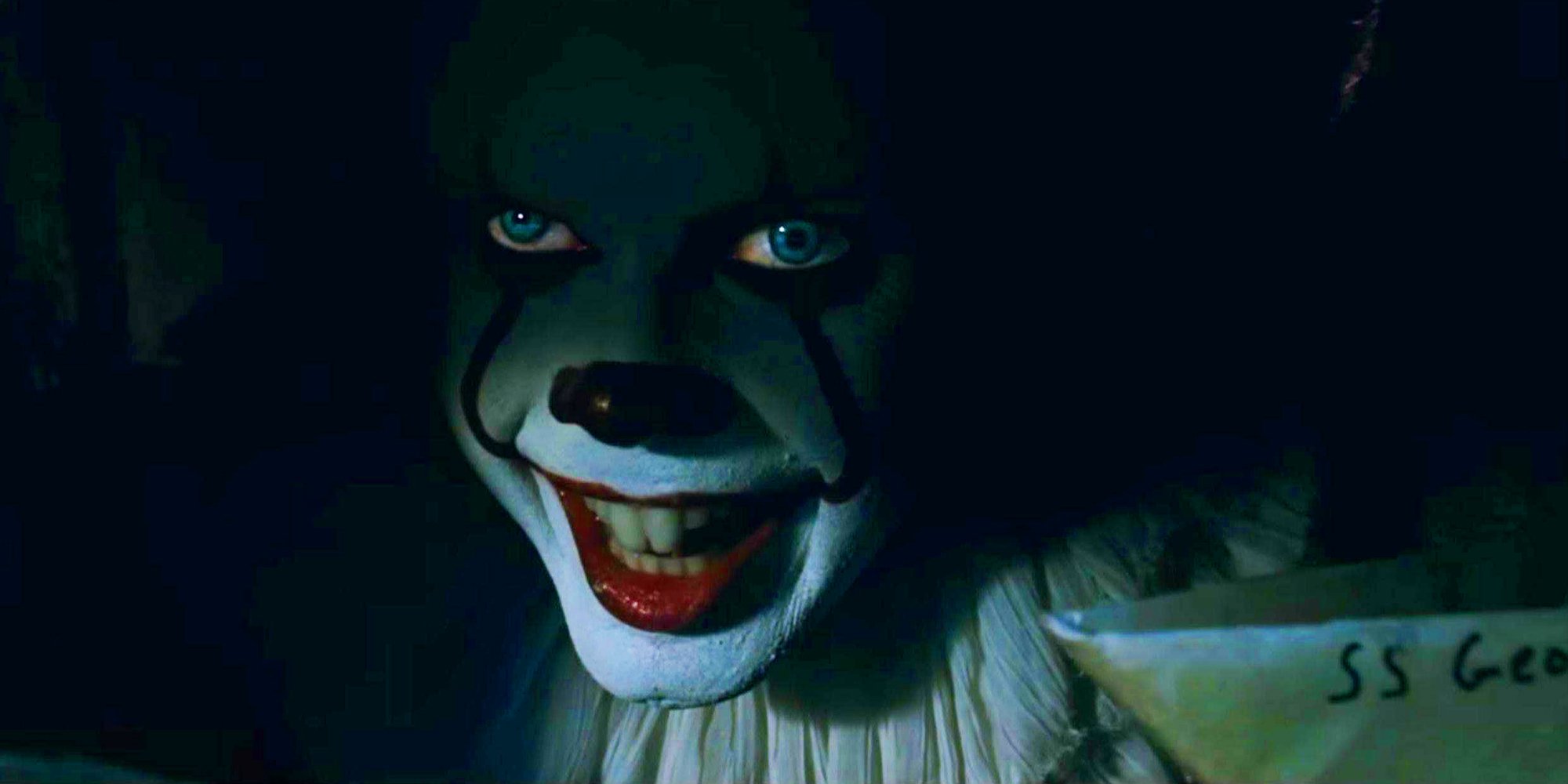
43. It (2017)
There are few films that qualify as “epic horror,” but this is one of them. Filmmaker Andy Muschietti has a clear, abiding love for Stephen King’s gigantic coming-of-age novel that also happens to include an ancient evil clown, and the smart decision was made to focus this movie on the group of seven friends as children. Those kids are so good, and their characters so richly drawn, that you cannot help but feel their terror and grief. As for the monstrous Pennywise, Bill Skarsgård (and some great VFX) turns him instantly into one of the most memorable monsters of the last 20 years. It’s a shame Chapter Two was such a letdown. – DK
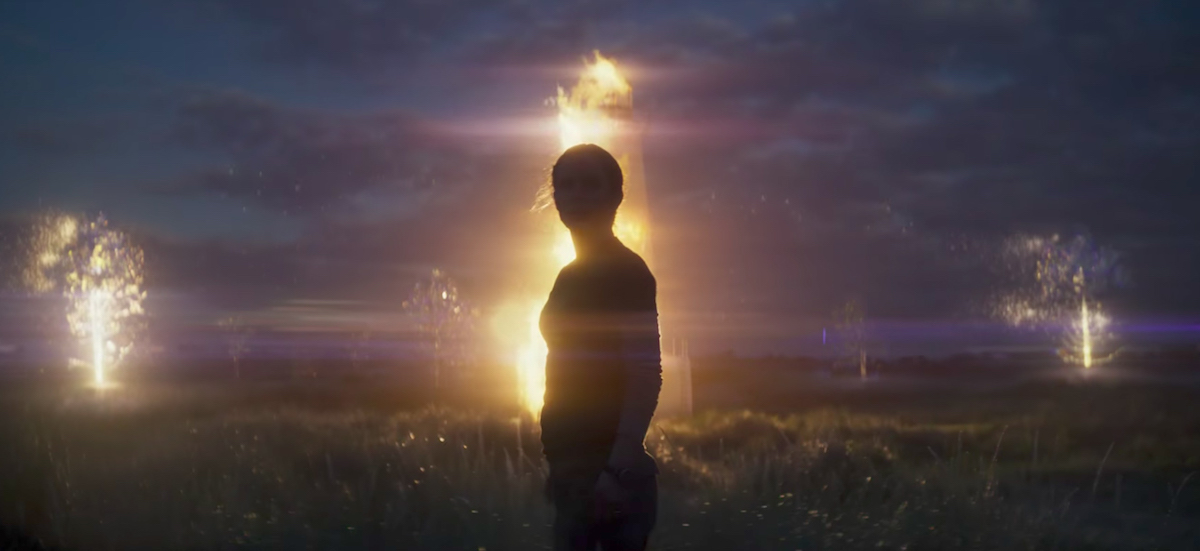
42. Annihilation (2018)
Alex Garland followed up his directorial debut on Ex Machina with this gripping and atmospheric adaptation of Jeff VanderMeer’s unsettling novel. Four women, strangers to each other and us, are tasked with journeying into a mysterious alien zone that has encroached on a portion of the U.S. southern coast, where they must find out what happened to the previous 12 expeditions. Garland takes liberties with VanderMeer’s text but is faithful to the strangeness of it: this is one psychedelic, brain-melting experience that sadly didn’t find an audience but hopefully will, one day. – DK
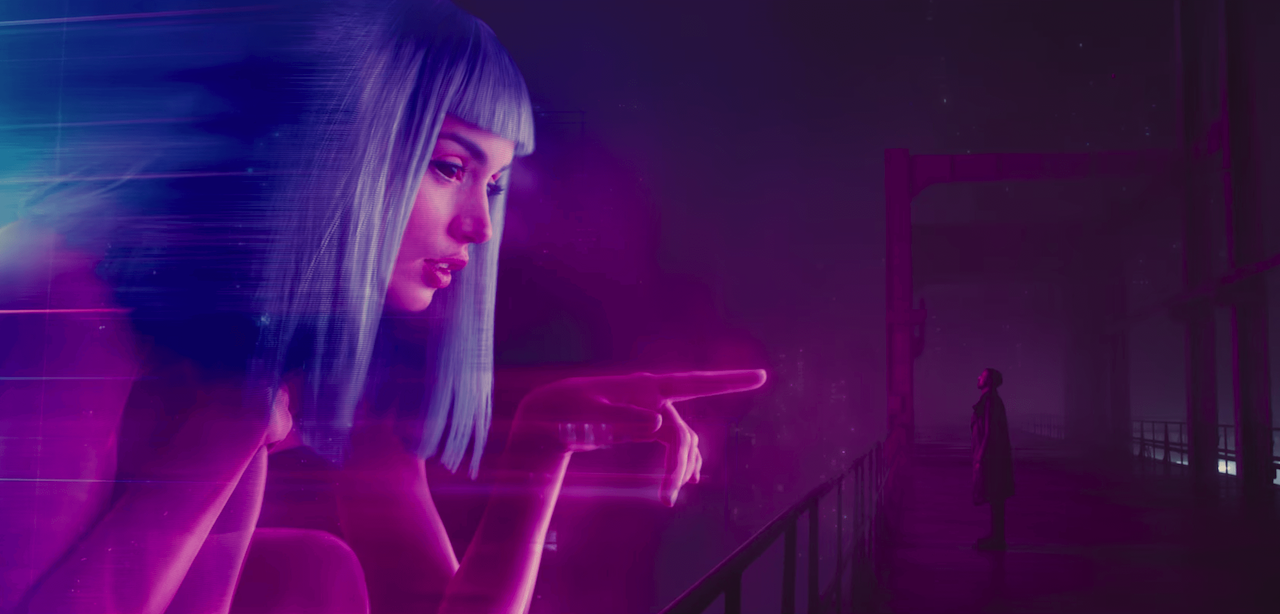
41. Blade Runner 2049 (2017)
One of the trends Hollywood will be remembered for in this decade is belated sequels to beloved classics. While Blade Runner 2049 fits that description, there is little else formulaic or safe about this brooding, lyrical film. Where Ridley Scott gave us rain and blues, Denis Villeneuve offers snow and endless grays. Building atop of the 1981 original, 2049 adds an entire class system among AIs, and new layers of ambiguity such as if the tears shed by a hologram are any more truthful than those from the eyes of the robot who loves her. Dense and long, 2049 invites you to gaze deeply and get lost in the splendor of its squalor, and to ponder if you’re already there in your real life too. – DC
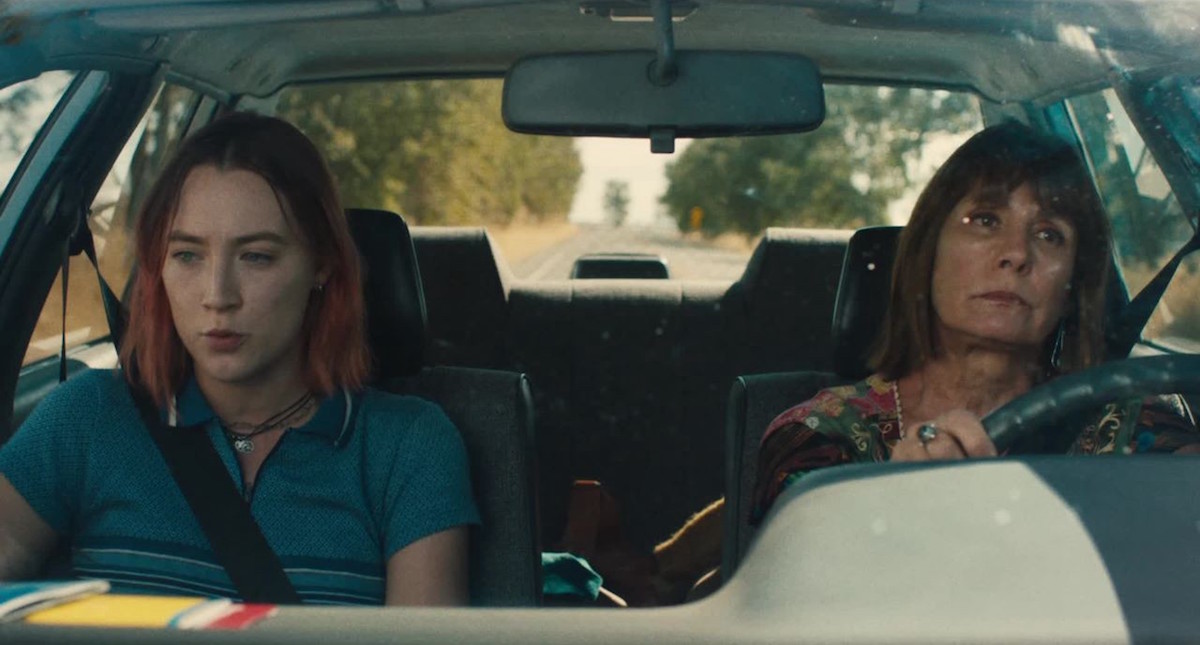
40. Lady Bird (2017)
Greta Gerwig achieved the type of Hollywood glow-up with this movie that her protagonist could only dream of. With her directorial debut in Lady Bird, Gerwig transformed from Noah Baumbach’s muse to the more interesting auteur of the pair. The film stars Irish sensation Saoirse Ronan, who also had quite the decade on screen, and chronicles the adolescent solipsism of a Sacramento teenager as she careens through her senior year in 2002. Desperate to begin living a life that’s greater than the average suburban teenager’s, and causing emotional damage to friends and family in her wake, the self-named Lady Bird leads a witty, well-paced coming-of-age tale that makes you root for its charming knowitall. – NH
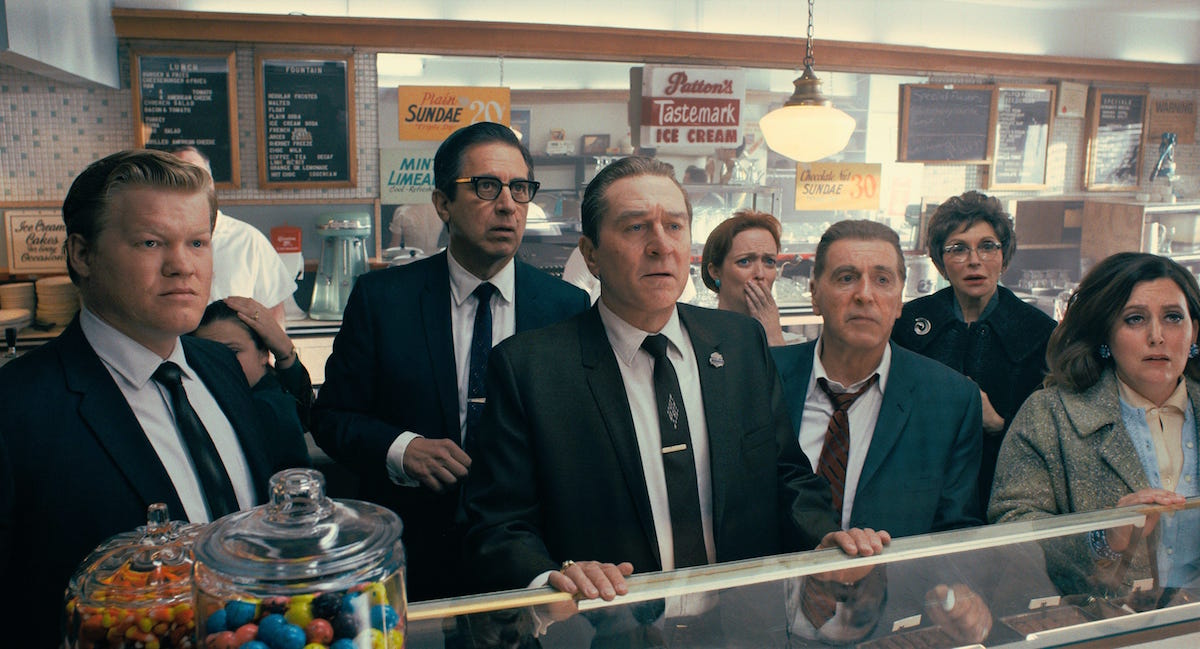
39. The Irishman (2019)
Chairman of the Board Frank Sinatra’s signature song “My Way” admits, “Regrets? I’ve had a few.” Martin Scorsese goes on to mention them in his bittersweet farewell to organized crime films, The Irishman. The director marked the end of an era with this hitman’s tale. Unlike the explosive Mean Streets finale which left its main players condemned to live in a volcano, Scorsese lets us watch as they’re about to die alone. The film closes on the whimper of a scream. Dinosaurs become extinct, and their daughters never forgive them for it.
read more: The Real Gangsters of The Irishman
Mob movie icons Robert De Niro and Al Pacino finally pair up in a gangster movie only to have the film stolen by Joe Pesci’s muted performance. The story may be historically dicey, but the acting, sets and “Still of the Night” soundtrack are honest. Maybe too honest in De Niro’s case. He brings more of himself into the part than the man he’s playing for the most touching goodbye. – TS
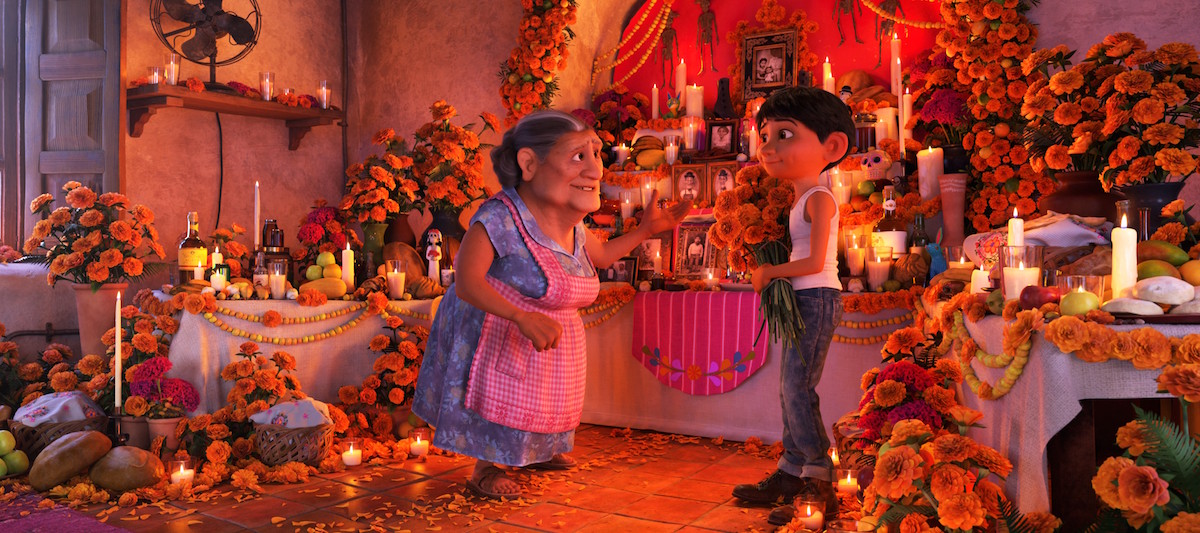
38. Coco (2017)
In a decade that saw the animation house produce seven sequels, Pixar Studios’ standalone efforts might have been the their tenderest and most inventive outings. Inside Out and Coco both tackled mature themes, but whereas Inside Out tapped into our emotions, Coco gave audiences a story tightly bound to cultural influences yet to be explored by Pixar or many other American studios.
read more: A Day Inside Pixar for Coco
Drawing inspiration from the Mexican holiday, Día de los Muertos, or “Day of the Dead,” Coco follows a budding young musician named Miguel who ventures to the Land of the Dead to find his great-great grandfather, a renowned musician, in the hopes of reversing his family’s ban on music. Featuring an infectious Michael Giacchino score, breathtaking animation that pays respects to Mexican and hispanic iconography, history, and lore, and a heart-tugging message about how people keep family spirit and tradition alive, Coco will hopefully be the standard, not an outlier, for Pixar as the studio moves into the next decade of storytelling and its allegedly shared universe. – CL
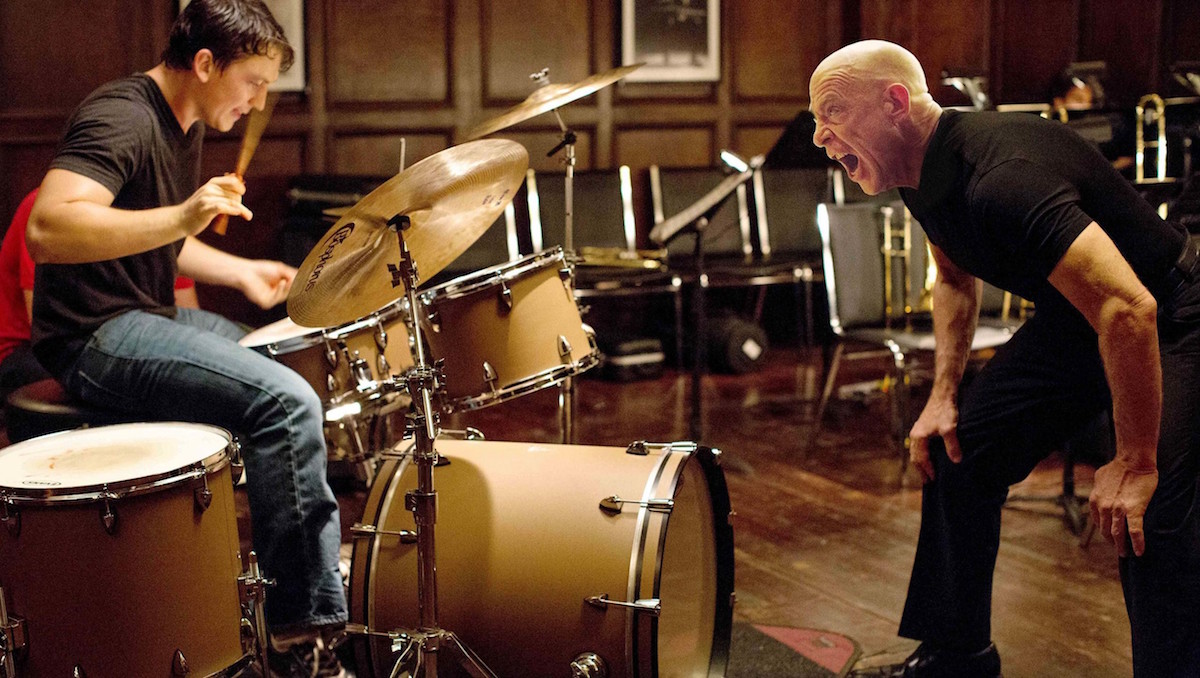
37. Whiplash (2014)
Driven by both its jazz based editing and score, as well as the wrenchingly tense dynamic between Miles Teller as a drum student and an incendiary J.K. Simmons as his sadistic teacher, Whiplash is unrelenting, often brutal, and completely exhilarating. It flips the music school genre on its head and lights it ablaze, turning the classroom and stage into battlefields as Teller’s Andrew Neiman literally bleeds for his craft. He and Simmons (who won an Oscar for his work) are simply electrifying in a battle of wills that leaves behind mental and physical scars. – DK
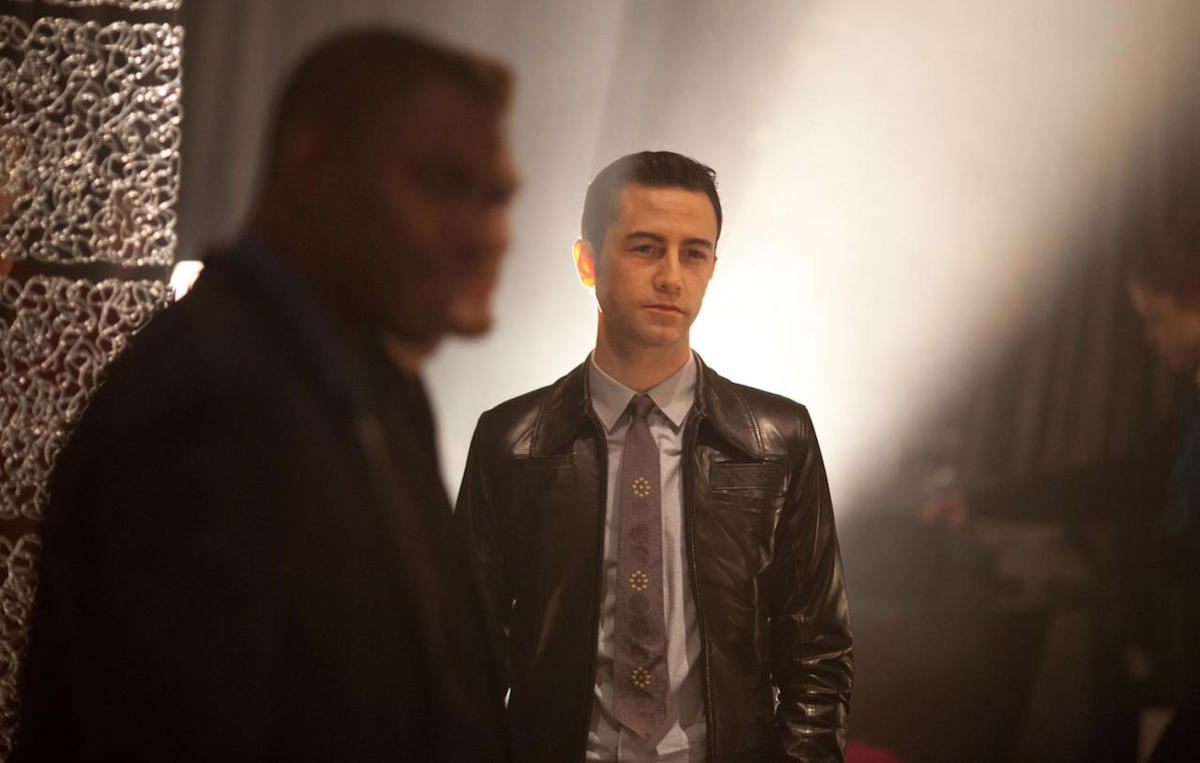
36. Looper (2012)
Constructed like a finely-tuned watch, writer/director Rian Johnson’s third feature film is a bracing, heady mix of time-travel mystery and crime thriller—until its final third when it pivots into something more ethereal and mind-bending about the power of love and the ability to change destiny. Joseph Gordon-Levitt (in prosthetics) and Bruce Willis play young and old versions of the same “looper,” an assassin hired by a future crime syndicate to dispose of victims in the past. That is until the looper himself is designated for execution. Where the story goes from there is surprising, elegant, and moving. – DK
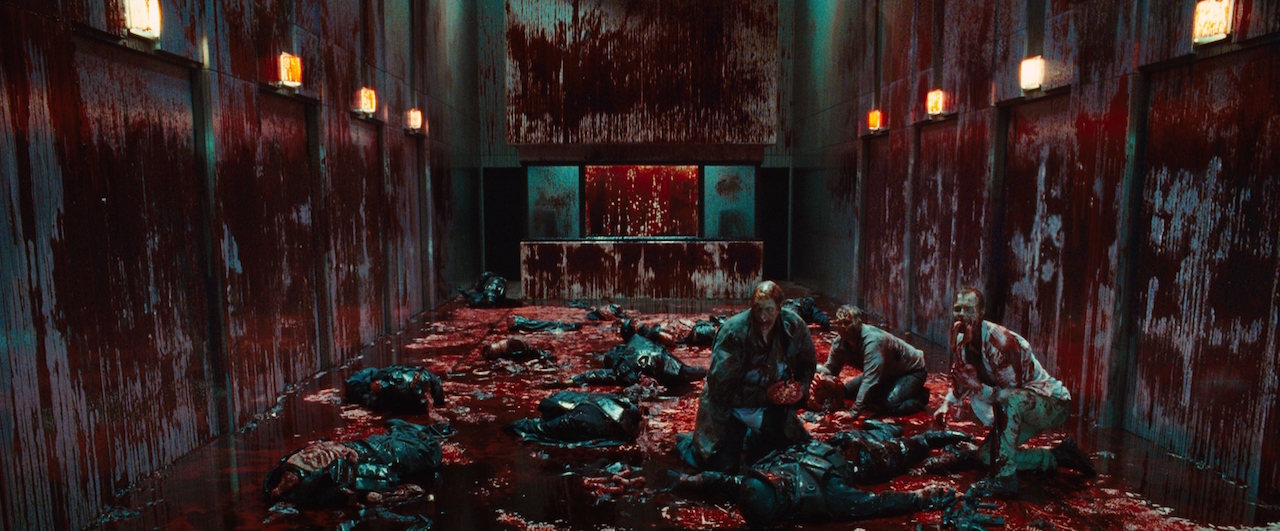
35. The Cabin in the Woods (2012)
Partway through the decade, it seemed as though there were as many movies deconstructing the horror genre as there were horror movies unto themselves. Joss Whedon’s hilarious The Cabin in the Woods, however, is among the best. Like Scream before it, Cabin in the Woods celebrates the conventions of horror while offering up an examination of them. The film follows five teens as they decide to vacation in (where else?) a cabin in the woods. When things start to get spooky, it slowly becomes clear that there might be an outside influence orchestrating all these stereotypically horrifying events. – AB

34. Logan (2017)
James Mangold’s Logan was the first superhero movie nominated for a screenwriting Oscar, and for good reason. It takes the iconography of its well-worn genre and deconstructs it like the best latter day Hollywood Westerns. Indeed, Mangold is hardly shy about his Western influences, yet there is nothing black and white about this elegiac film and its confrontation with mortality. Even Wolverine and Professor X must die one day, and that concession makes Hugh Jackman and Patrick Stewart’s swan songs in their iconic roles both revelatory and the rarest of things for a superhero movie: honest. The plight of Logan’s daughter in the film, a Mexican immigrant desperately trying to get to Canada and evade men with guns, also only gets stronger with each passing year. – DC
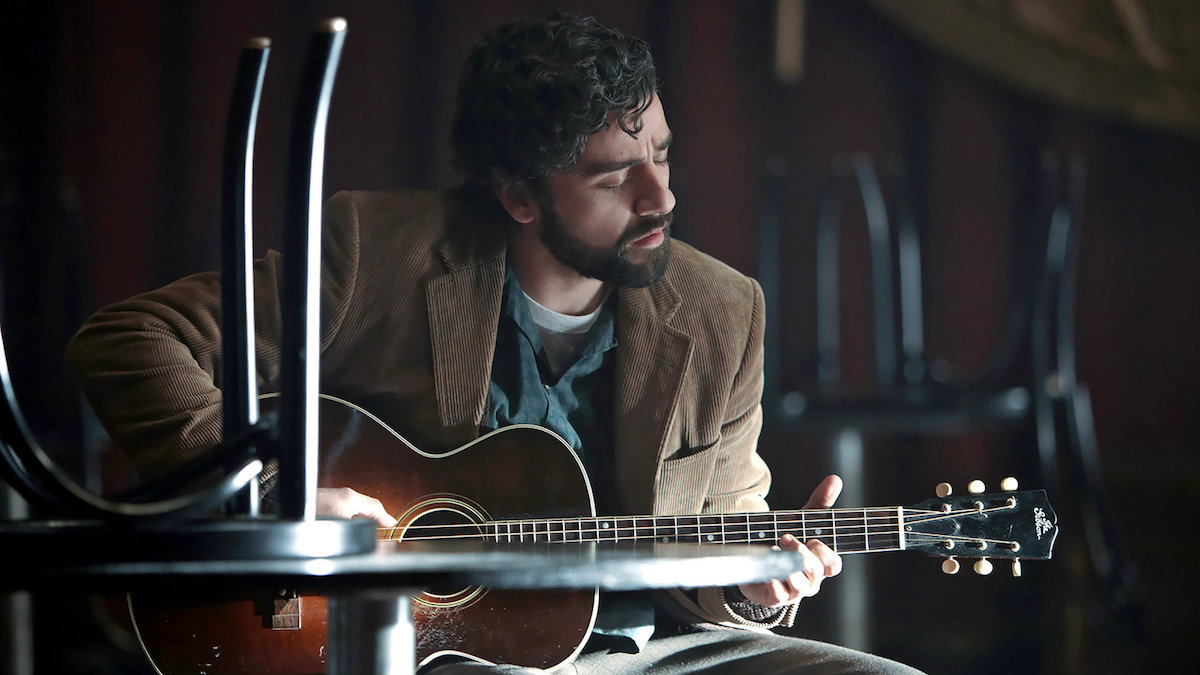
33. Inside Llewyn Davis (2013)
After an excursion into traditional Western territory with True Grit, Joel and Ethan Coen ventured back into a more stylized and surreal story in this tale about an early 1960s folk singer loosely inspired by the life of the late Dave Van Ronk. Oscar Isaac gives a star-making turn as the title balladeer, whose questionable viability as a true folk pioneer is matched only by his ineptitude at managing his increasingly chaotic life. Bolstered by actors like Carey Mulligan, Adam Driver and John Goodman, Inside Llewyn Davis is both a funny and melancholy ode to artistic ambition and failure. – DK
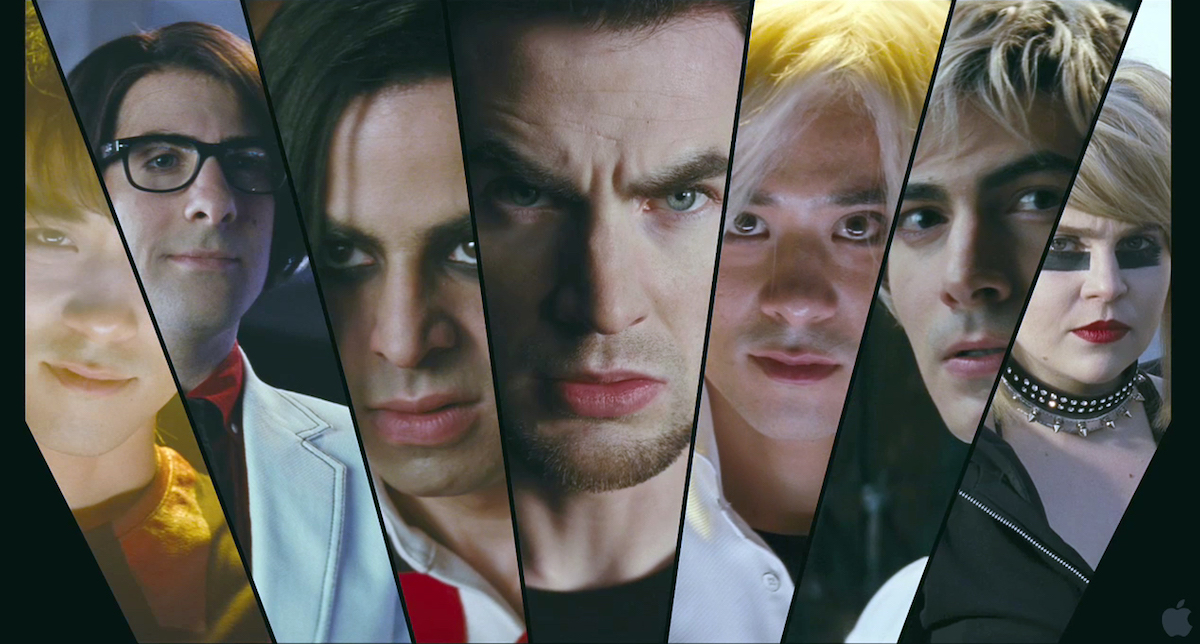
32. Scott Pilgrim vs. the World (2010)
It’s fun to look back and see how much millennial talent cropped up in Scott Pilgrim vs. the World—Kieran Culkin, Anna Kendrick, Brie Larson, Aubrey Plaza, Chris Evans, and more!—but it’s more fun still to see how perfect a piece of post-modern pop culture art it is. Writer-director Edgar Wright, while working from Bryan Lee O’Malley’s comics, synthesizes generational touchstones like video games, sitcoms, manga, and even musicals, creating a dazzling collage in the process. It’s “meta” and “hipster” before those labels were exhausted, and it’s more importantly authentic to a young person’s romantic experiences in the early 21st century—even if it comes with seven deadly evil exes who must be vanquished in a Mortal Kombat like tournament. – DC
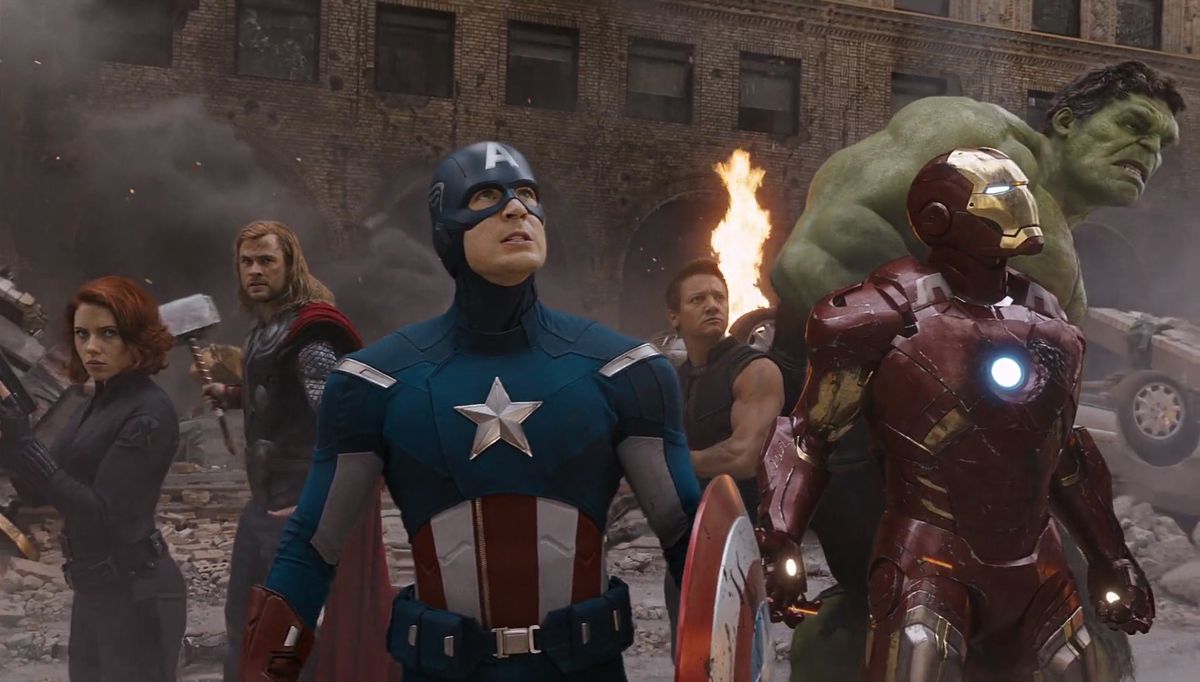
31. The Avengers (2012)
This is such a Joss Whedon movie, and that’s a compliment as powerful (and determining of worthiness) as Mjolnir. Almost 10 years ago when Iron Man and Captain America were still one-off successes, the man behind Buffy the Vampire Slayer made comic book superheroes palatable. He made them people: lonely, fallible, awful at team-building exercises, and fond of schwarma after a rare good day at the office. The Avengers went a long way toward convincing the mainstream public of the staying power of the Marvel Cinematic Universe while giving the rest of us geeks what we had always yearned to see. – NZ
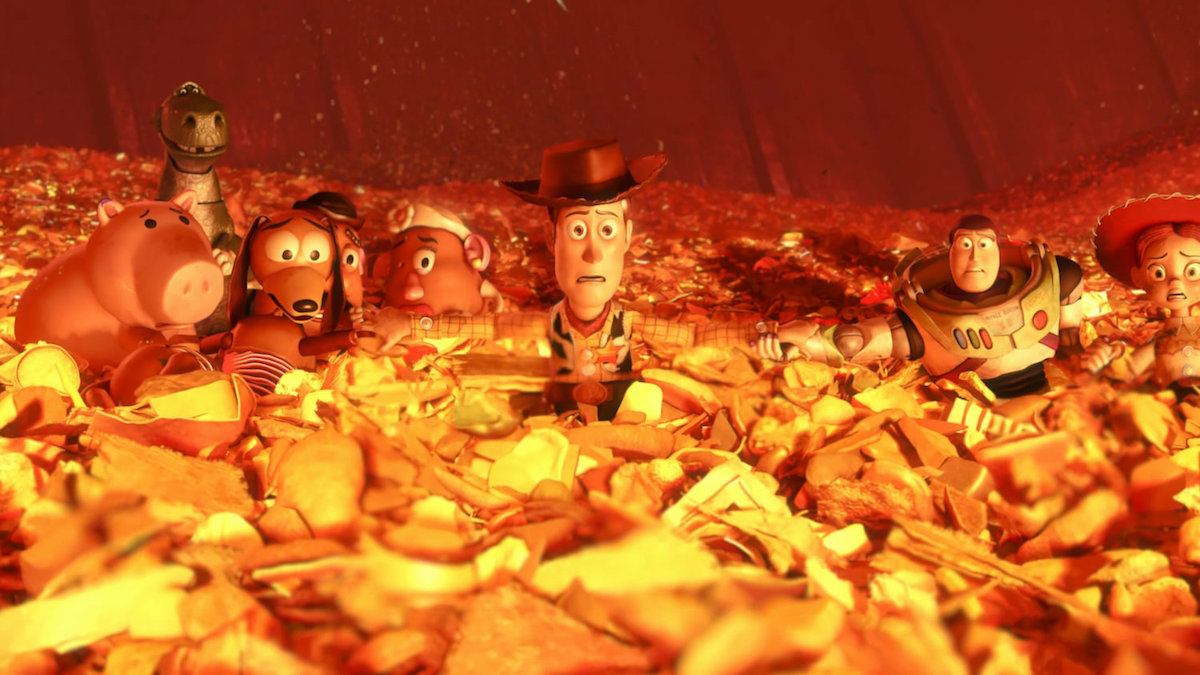
30. Toy Story 3 (2010)
For two films, the Toy Story movies teased the impermanence of life, and the constant fear of obsolescence. That day at last arrives in Toy Story 3 when Andy goes to college and Woody and Buzz seem, at best, destined for the attic. As with most Pixar films, Toy Story 3 is a warm and creative endeavor. But this one is also something else, a little darker and more mature, just as its target audience in 1995 had become college-aged (or older!) by 2010. Director Lee Unkrich imbues the material with some horror and, more importantly, some reflection about what it is to put away childish things. It finds the sunny side of that too, but its lesson is still affecting, and one wonders if more still in our current culture need to learn. – DC
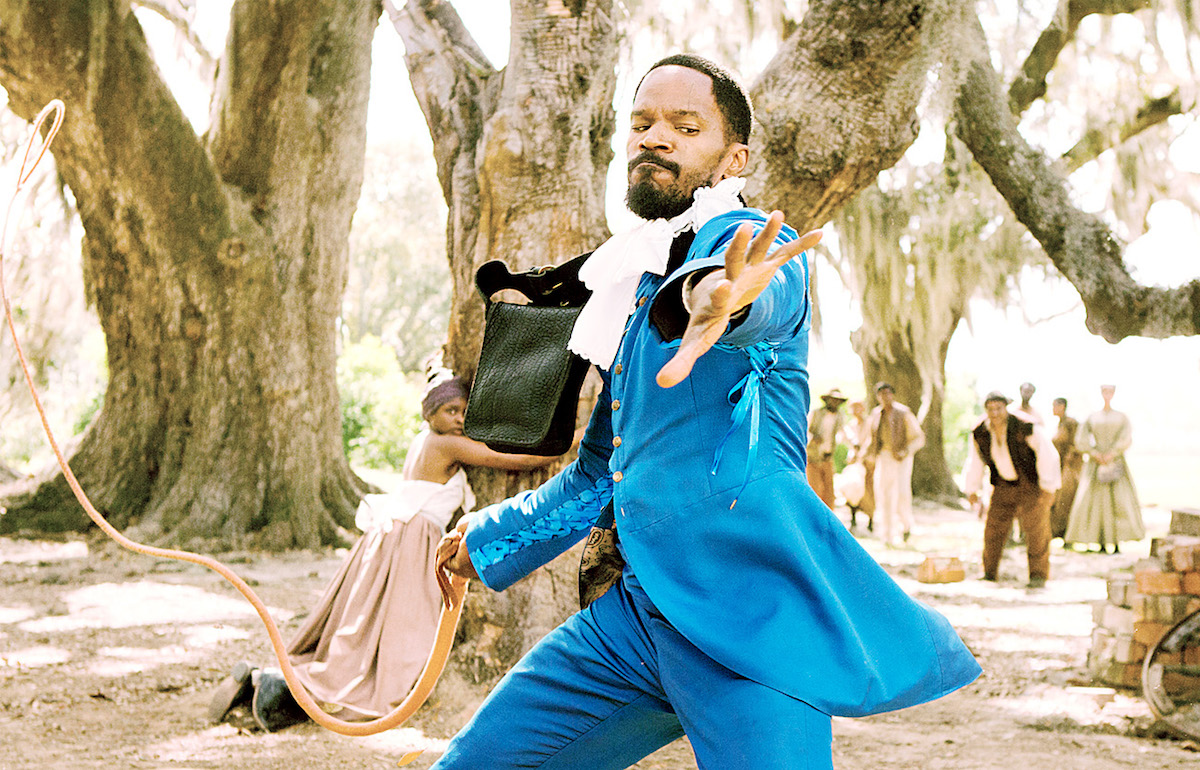
29. Django Unchained (2012)
Before making hay with The Hateful Eight and Once Upon a Time in Hollywood, legendary filmmaker Quentin Tarantino got the decade off to a blistering start with revisionist Western Django Unchained. Jaime Foxx stars as Django, a slave who becomes a bounty hunter after German cowboy Dr. King Schultz (Christoph Waltz) offers him his freedom. Together Django and Schultz try to find Django’s wife, bringing them into the world of vile slave owner Calvin J. Candie (Leonardo DiCaprio) and his house slave, as well as sinister right hand man, Stephen (Samuel L. Jackson). Django Unchained is an intense film, filled with a joy for Westerns, filmmaking, and the violent deaths of slavers. – AB
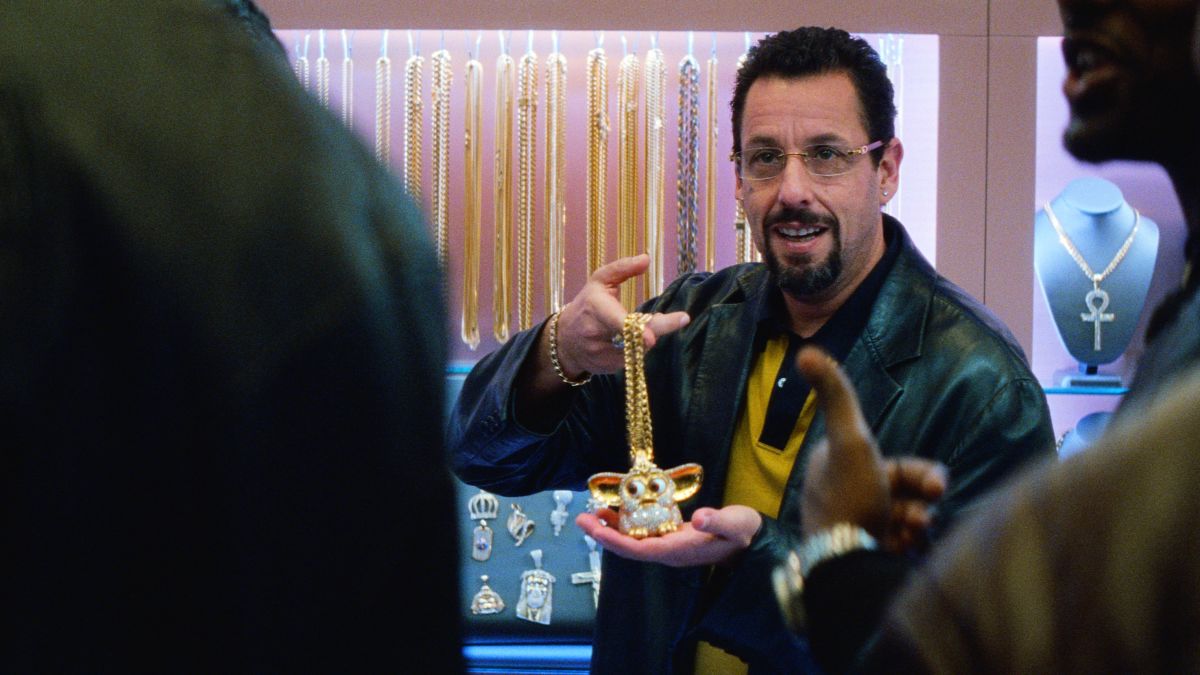
28. Uncut Gems (2019)
Adam Sandler has never been better than when he embodies the frantic energy of the Safide Brothers’ Howie Ratner. A jewelry dealer out of New York’s fabled Diamond District, Howie is a mythic noir antihero trapped in the bling and sleaze of Long Island’s crustiest bars. Wagering his wealth, his health, and even the lives of his family on his gambling hustles, he is a creature of bad decisions, and the movie takes on a mystical agony as he places all his hopes on selling an opal to real-life basketball star Kevin Garnett for $1 million. There’s never been a crime drama quite like this bizarre, yet alluring, heart attack of a movie. – DC
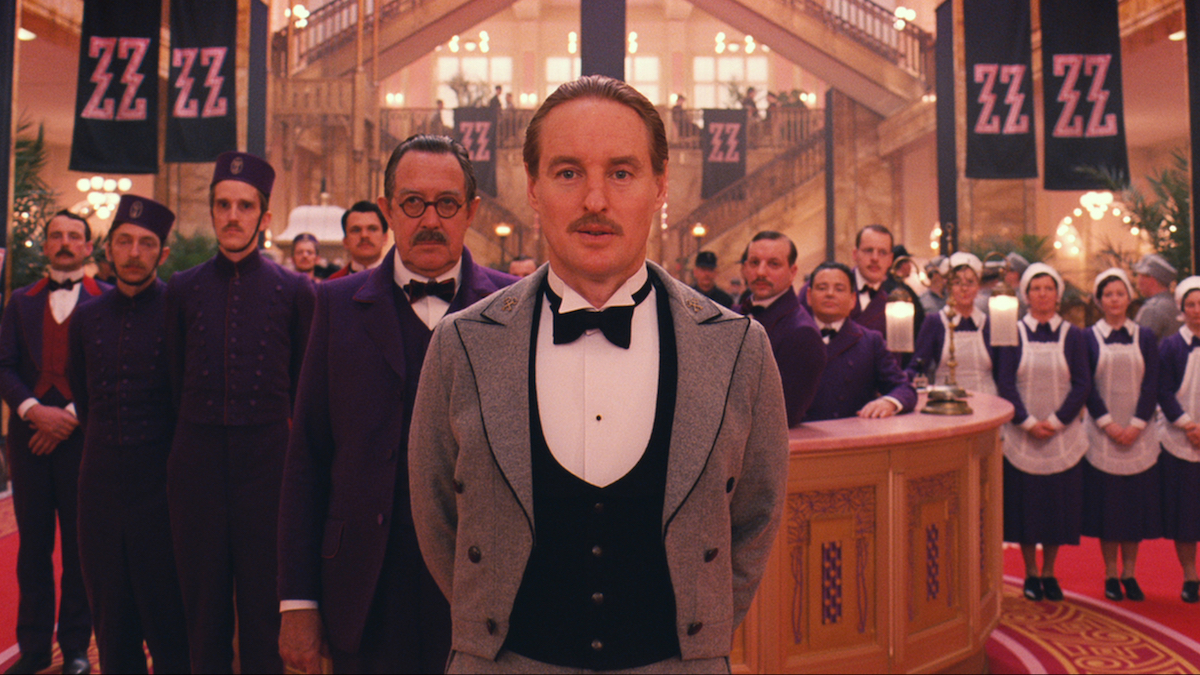
27. The Grand Budapest Hotel (2014)
Possibly my favorite Wes Anderson film, The Grand Budapest Hotel is certainly the director’s most melancholic and angriest effort. Filmed and designed with his usual immaculate symmetry and center-of-the-frame photography, the film recalls 1930s screwball comedies with its cast of familiar players, plus one new one for Anderson: an effete and wonderful Ralph Fiennes as M. Gustave, concierge extraordinaire. However, the movie is still set in the ‘30s and even Anderson’s most urbane witticisms begin to falter in the face of fascism and the rise of a world too cruel to be filled with clean lines. This is a charmingly nostalgic film about how beautiful things are ruined by our own ugliness. – DC
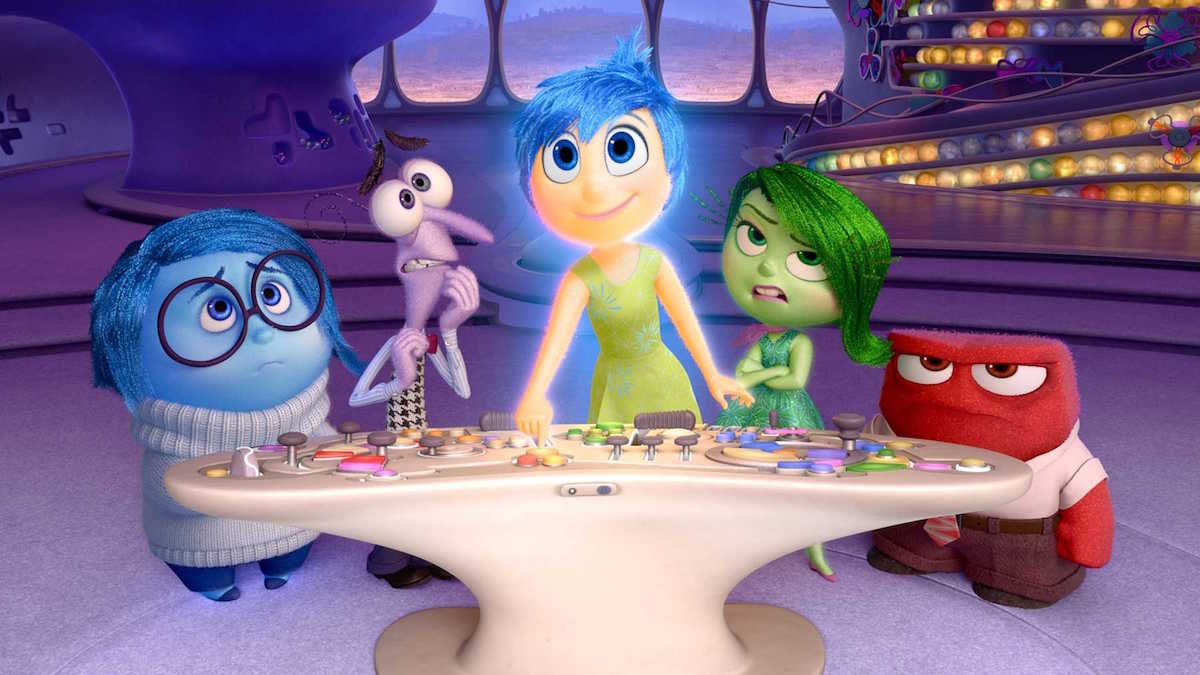
26. Inside Out (2015)
Very few animated films would make my Top 10 in any given year, but Inside Out is the exception, a masterpiece from director Pete Docter (Up) and one of the very best films Pixar has ever made. Rich in metaphor, the film takes place inside the mind of a little girl named Riley as she approaches the cusp of adolescence and deals with changes in her life—or rather lets her personified emotions deal with them. Visually beautiful and deeply moving, Inside Out touches on memory, sorrow, and what constitutes human thought in a way resonant with both adults and kids. – DK
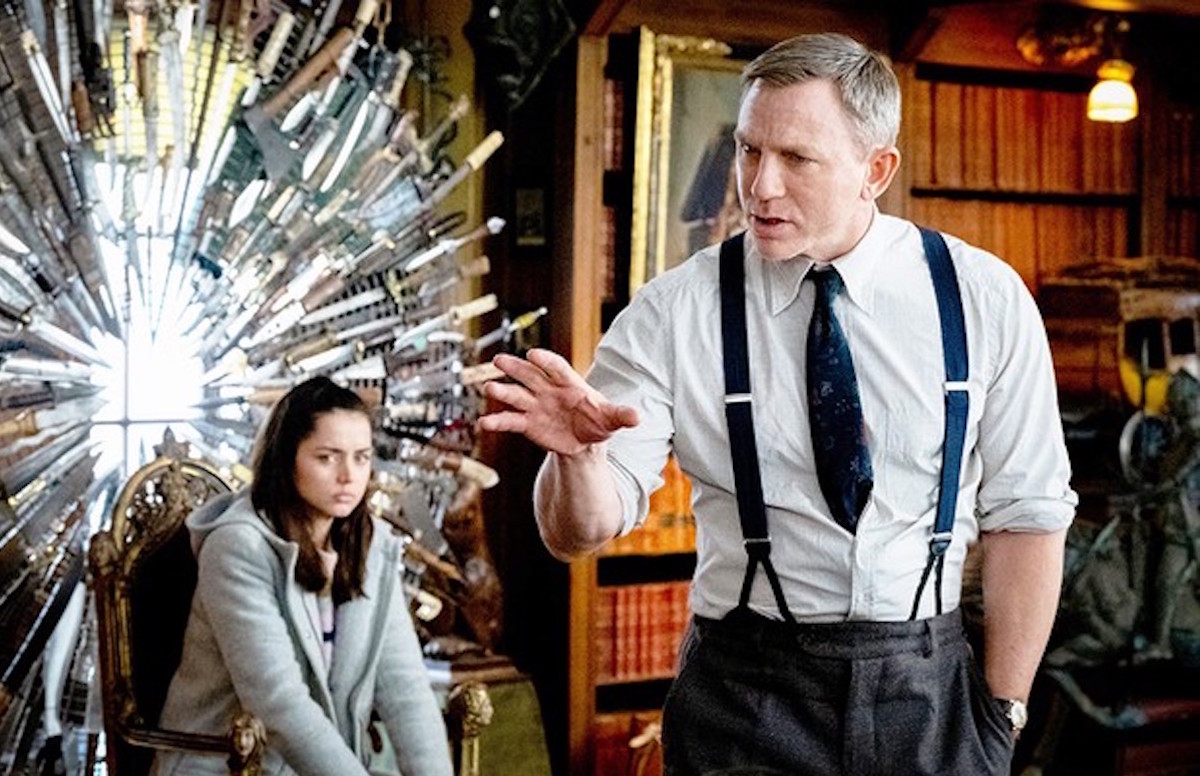
25. Knives Out (2019)
A clear fan of whodunit mysteries, Rian Johnson turns that classic style on its head to wild results. Something akin to inserting Alfred Hitchcock moral ambiguity into an Agatha Christie romp, Knives Out juggles archetypes and clichés while always keeping audiences three twists behind its knotty plot. It is also stuffed with an all-star cast visibly thrilled to be chewing the gothic scenery, with Daniel Craig never appearing happier. Yet it’s the final, subversive critique of class and privilege, and how Ana de Armas’ Marta is allowed to steal the movie, that makes this one ride we want to take again and again. – DC
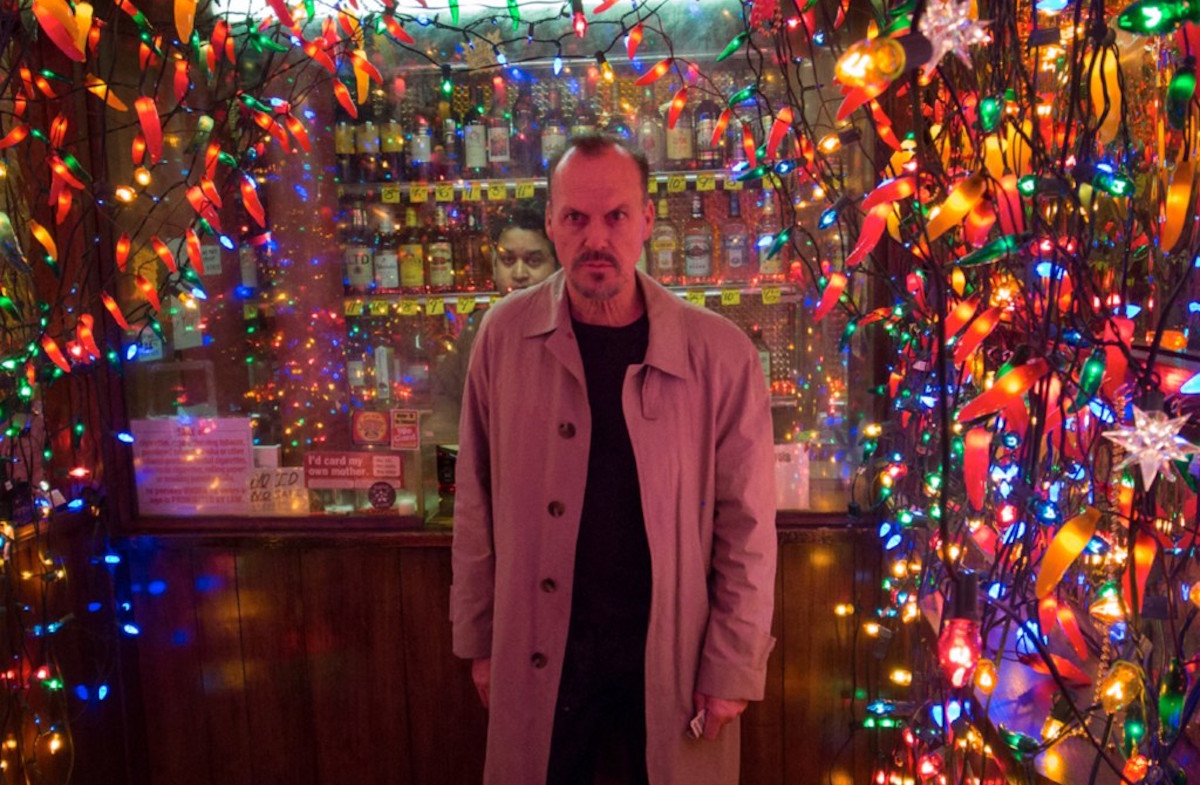
24. Birdman (2014)
There has never been a more orgasmic paean to the vanity of artists than Birdman. Bless its heart for that, and bless Alejandro G. Iñárritu for encapsulating that narcissism in the context of an aged superhero actor looking for his comeback—and then giving that comeback to Michael Keaton. Its meta-irony is only matched by its artistry with Iñárritu and cinematographer Emmanuel Lubezki creating the illusion of an uninterrupted shot, and the ambiance of a deranged stage play where every cast member is playing to the cheap seats, including the invisible cameraman who hypnotically tracks them. Not that Birdman feels at all stage bound; it soars, drunk on its own giddy ego. – DC
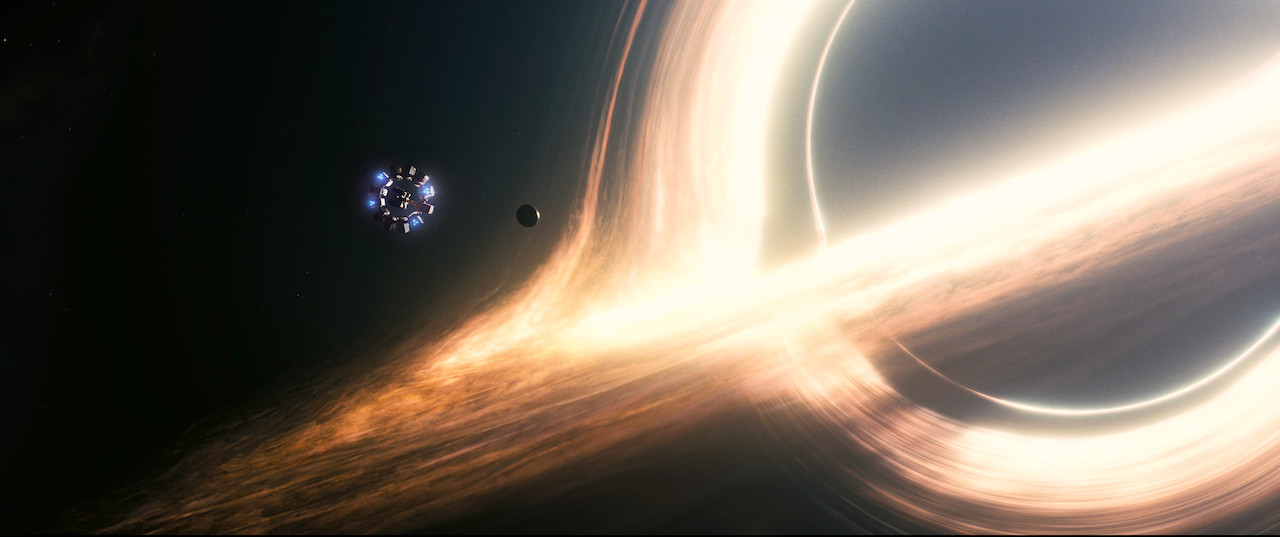
23. Interstellar (2014)
It takes audacity to try and match Stanley Kubrick, but Christopher Nolan attempts just that with Interstellar, a science fiction epic that travels one planet past 2001’s Jupiter-set climax as only the beginning of its cosmic fantasia. While it is no paradigm-shifter, Interstellar remains haunting six years later with its breathtaking vistas of wormholes, black holes, and time dilation that educated millions about the Theory of Relativity. There is also little else on film as heartbreaking as Matthew McConaughey watching his children age decades over the span of minutes, or Hans Zimmer’s organ-based hymn to the heavens. It correctly predicted what a black hole would look like years before our first real image of one, and offers an end times myth for the secular world. – DC
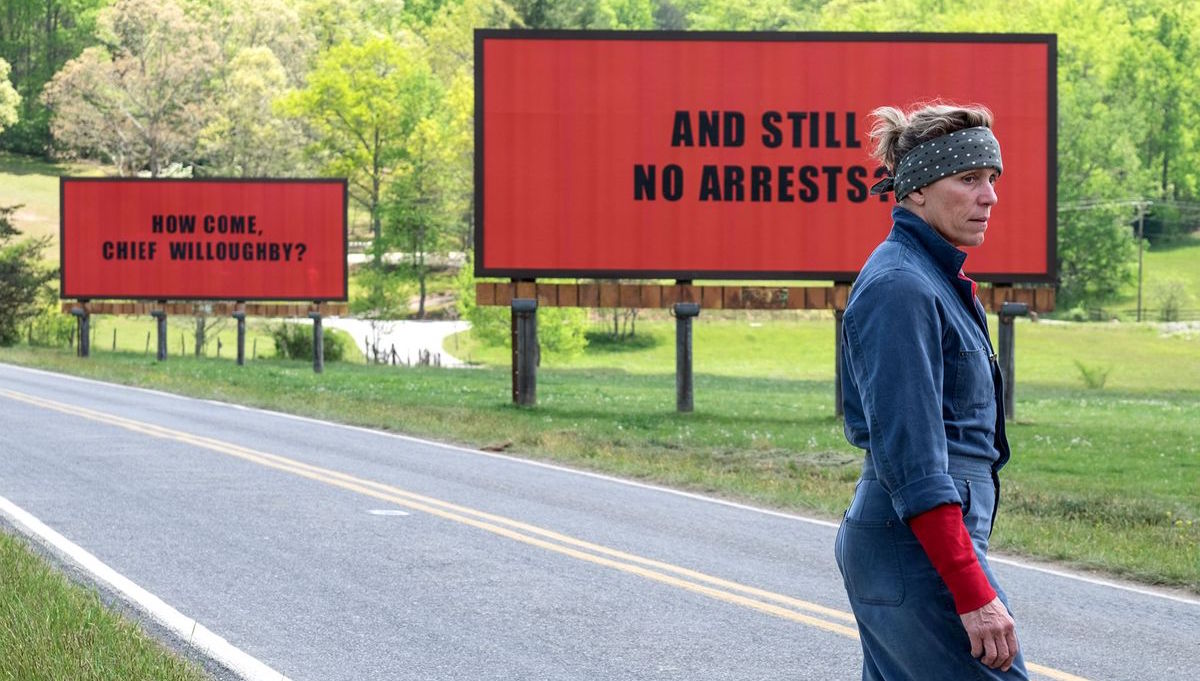
22. Three Billboards Outside Ebbing, Missouri (2017)
One of the most misunderstood movies on this list, Martin McDonagh’s Three Billboards is frequently overlooked as a poignant parable for the #MeToo era. Frances McDormand’s ferocious performance as Mildred Hayes is bitingly funny but also righteous in its anger at a system that rewards patronizing men, like her husband or even the sympathetic, sick, and entirely dismissive sheriff. No excuses will escape her wrath or need for justice, even if it makes the worst of them (a sublime Sam Rockwell) become a little less toxic as a result. Also McDonagh’s dialogue is always four-letter poetry. – DC
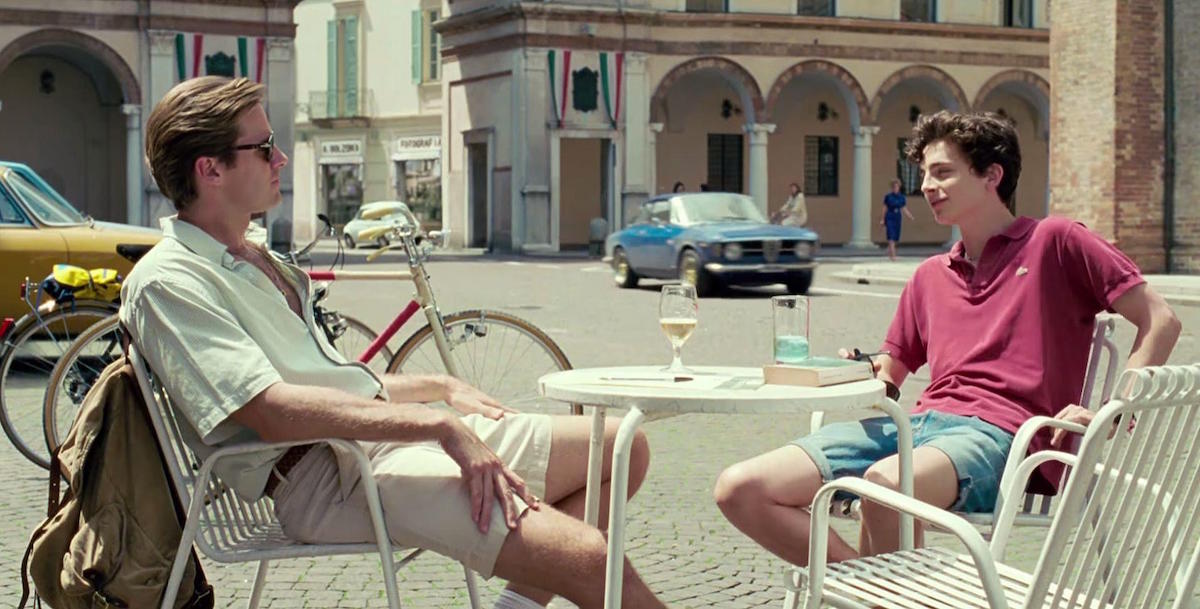
21. Call Me By Your Name (2017)
This visceral, yet dreamy, adaptation of André Aciman’s 2007 novel is usually touted as a love story, but it is so much more than that. While Call Me By Your Name tells the summer romance between precocious teen Elio (Timothée Chalamet) and 20-something academic Oliver (Armie Hammer) with such care, gentleness and empathy for both characters, the story truly belongs to Elio.
And there are few screen adaptations that do such a good job at capturing the kind of emotional interiority that is so vital in the literary experience. You don’t just watch Elio experience the wonder and pangs of first love; you feel it with him. Director Luca Guadagnino uses his immense skills as a director not to tell a tragic queer love story, but to craft a celebration of intimacy and vulnerability that is as raw as it is beautiful. – KB
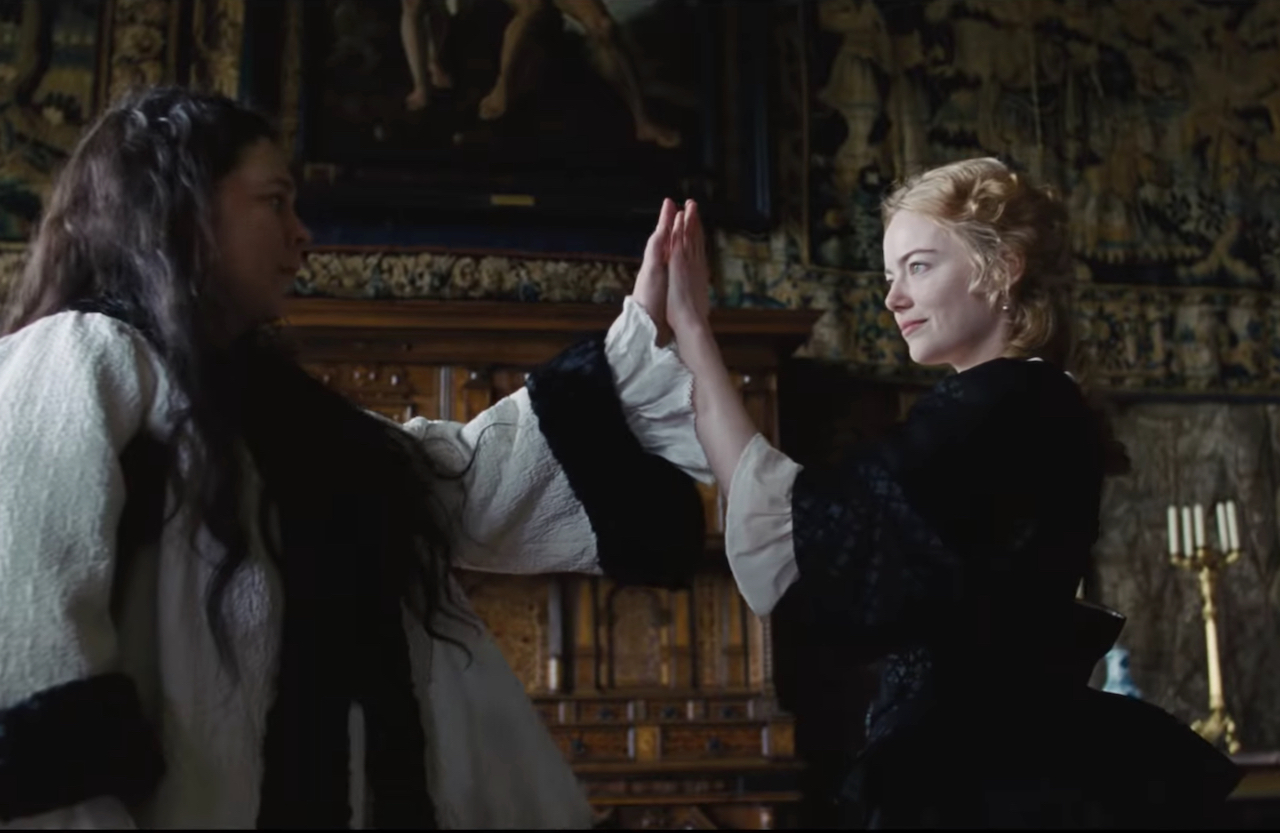
20. The Favourite (2018)
All is fair in love and war, but the debauched mingling of them in this bawdy and brilliant period piece defies everything you might expect from the genre. Framed by director Yorgos Lanthimos and cinematographer Robbie Ryan with wide, often fisheyed lenses, the court of Queen Anne (a phenomenal Olivia Colman) feels like being trapped in a fish bowl where everyone’s passions and appetites are distorted—and Anne is nothing if not a creature of appetite. Everything around her is sumptuous, especially Rachel Weisz as her brisk confidante and advisor, and Emma Stone as the not-so-wide-eyed ingénue who’s just come to court. It echoes All About Eve, except now the entire fate of a country at war hangs in the balance of their delightfully lascivious and anachronistic power plays. – DC
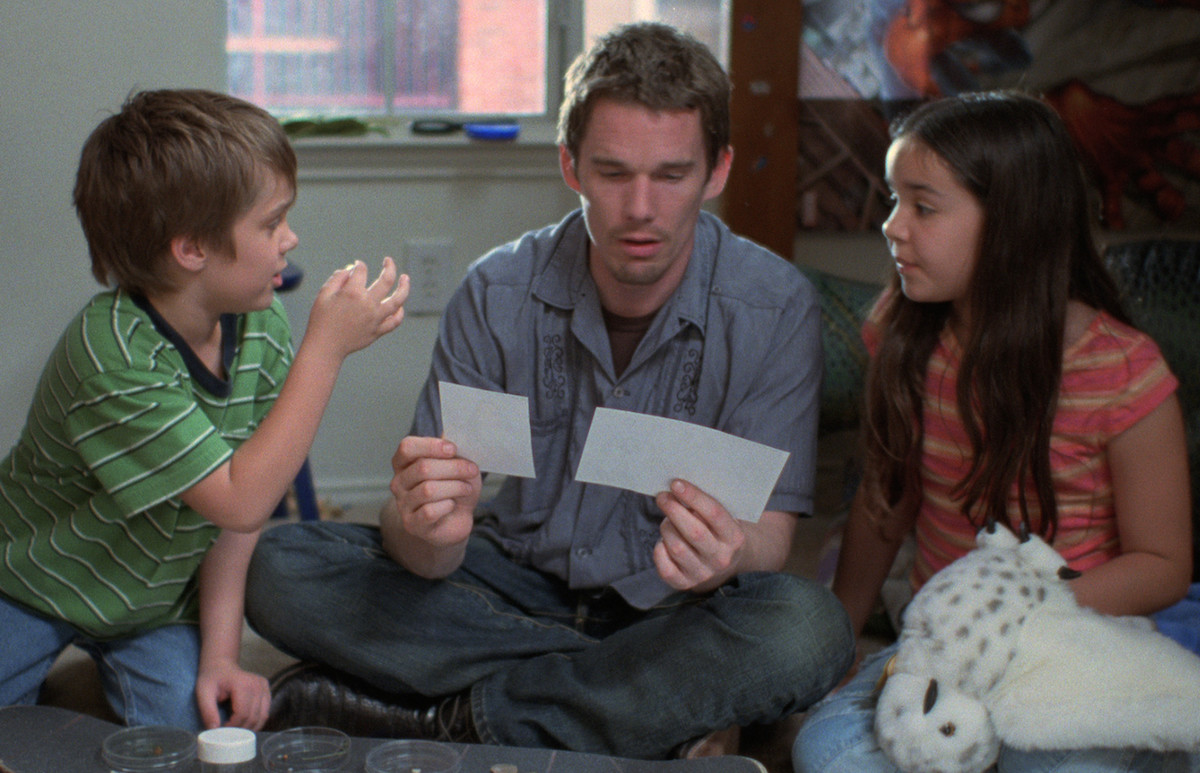
19. Boyhood (2014)
One of the great achievements of cinema, in this decade or any other, is Richard Linklater’s 12-year odyssey in making Boyhood. Acting as an excellent adolescent companion piece to his (hopefully continuing) Before Sunrise project, Boyhood tracked the formative years in the life of fictional character Mason by spending some of each of those years with young actor Ellar Coltrane, as well as Patricia Arquette and Ethan Hawke as his increasingly distant parents. Obviously letting the direction of Coltrane’s life shape his film as much as his own childhood memories, Linklater crafted his magnum opus about the wistfulness of growing up by actually documenting it as opposed to looking through his own rose-tinted glasses. It’s hard to imagine there will ever be another movie quite like this. – DC
18. Thor: Ragnarok (2017)
Coming off two lackluster solo outings, the God of Thunder’s future at Marvel Studios seemed in jeopardy. Chris Hemsworth had the look of Thor nailed, and Joss Whedon showed fans a glimpse of what Thor could be on the big screen, recalibrating him as a jocular brute in 2012’s The Avengers, but just a year later, but the character still had never found his lightning.
read more – Thor: Ragnarok Reference Guide
Then stepped in writer-director Taika Waititi, the New Zealand filmmaker behind indie comedies like What We Do in the Shadows and Hunt for the Wilderpeople. In Thor: Ragnaok, Waititi pushes the tone as far from the company line as they’d allow him. The core focus of the film is strife between the ruling family of Asgard caused by Hela, a sinister Cate Blanchett, but the film is purely a comedic romp on a cosmic scale with Thor and Hulk (Mark Ruffalo) in a buddy adventure across the stars. Waititi’s punchy dialogue, a reinvigorated Hemsworth, the clever use of Hulk, a genius Jeff Goldblum, and the introduction of a hopefully lasting Marvel player in Tessa Thompson, all result in the most singular and rewatchable Marvel film to date. – CL
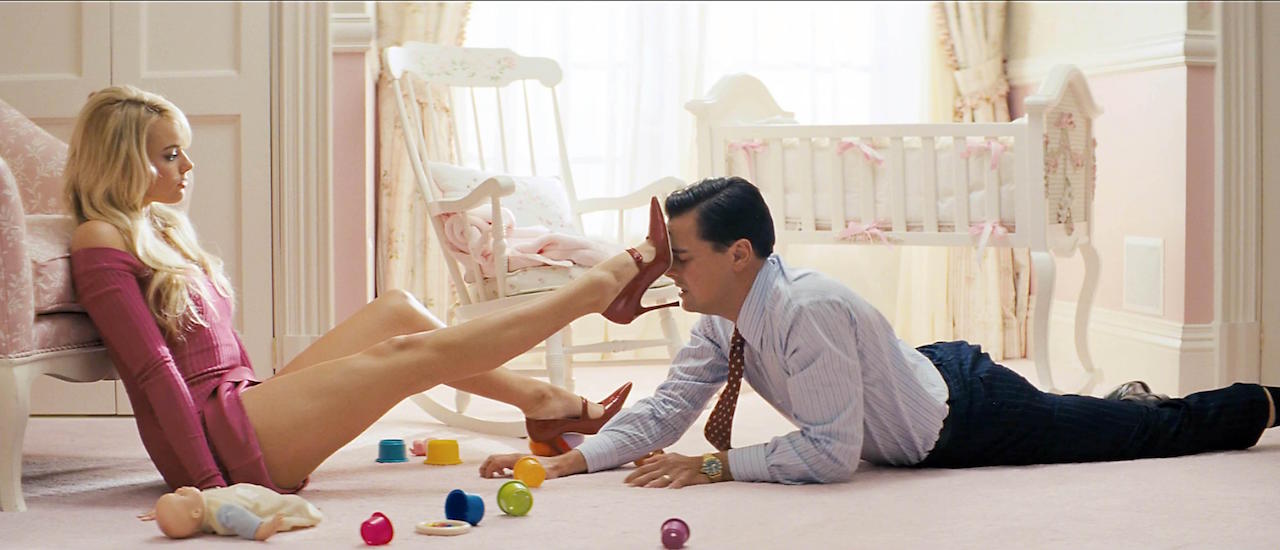
17. The Wolf of Wall Street (2013)
Another crime epic from the maestro of the form, The Wolf of Wall Street enjoys what is arguably the most contemptuous framing of Martin Scorsese’s career. Criticized in some circles for its excess in depictions of materialism and misogyny (and running time), what’s often missed is the movie is indulgent by design. Scorsese, Leonardo DiCaprio, and company paint a landscape of greed and gluttonous want that is fascinating in the way only quick-moving Scorsese films can be, but also eventually numbing and repulsive. It’s a snapshot of the avarice of our age, and a bitter acknowledgement that even after three hours of this, audiences still want Jordan Belfort to show them how to sell a pen. – DC
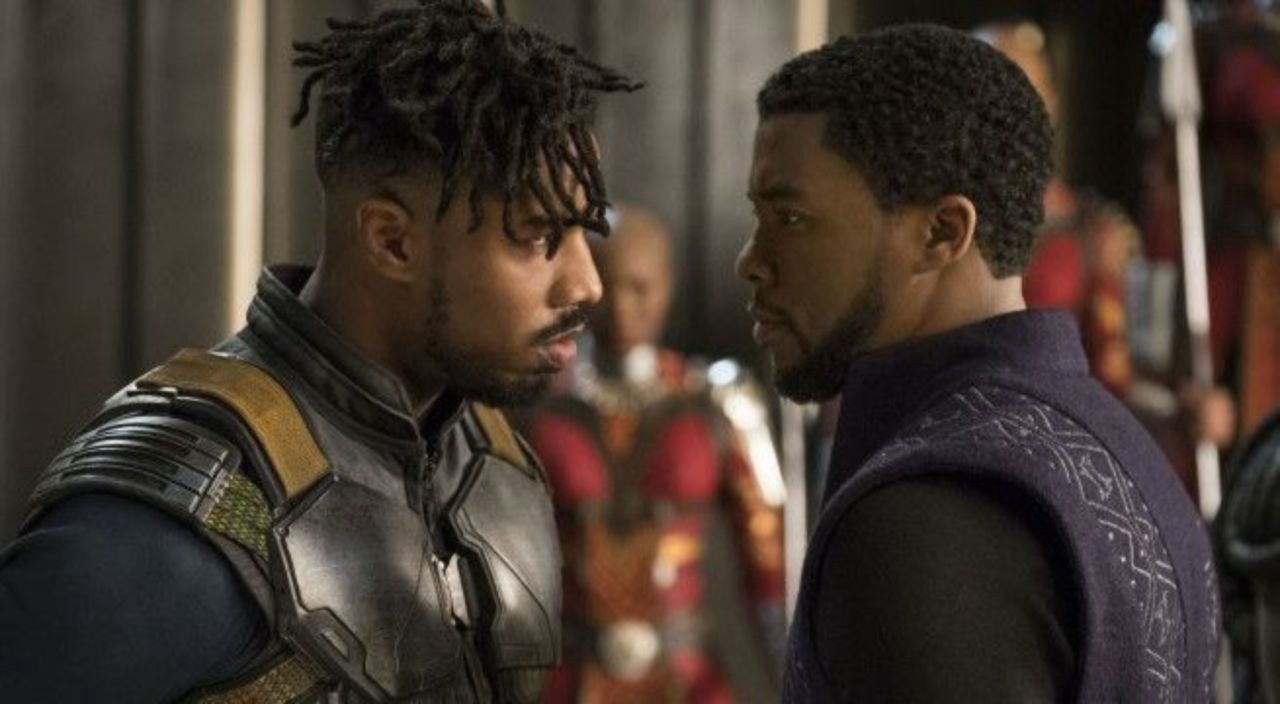
16. Black Panther (2018)
Bursting onto the scene when audiences were starting to wonder if Hollywood was planning on doing anything new with superheroes, Black Panther remains one of the rare blockbuster films that centers on black community and filmmakers. Writer-director Ryan Coogler picks up the story of T’Challa (Chadwick Boseman) following his on screen introduction in Captain America: Civil War and expands on it in vital ways.
read more – Black Panther: How Marvel’s Best Villain Elevates the Movie
Grieving following the recent death of his father, T’Challa returns to Wakanda to assume the throne. But when T’Challa’s cousin, mercenary Eric “Killmonger” Stevens (Michael B. Jordan), comes home to avenge the death of his father, the future of Wakanda—and how it will use its power—is thrown into question. One of the few mainstream films that earnestly engages with themes like colonialism, generational trauma, and Afrofuturism, Black Panther is simultaneously a triumph and a reminder of the predominant failure of Hollywood to tell diverse stories. – KB
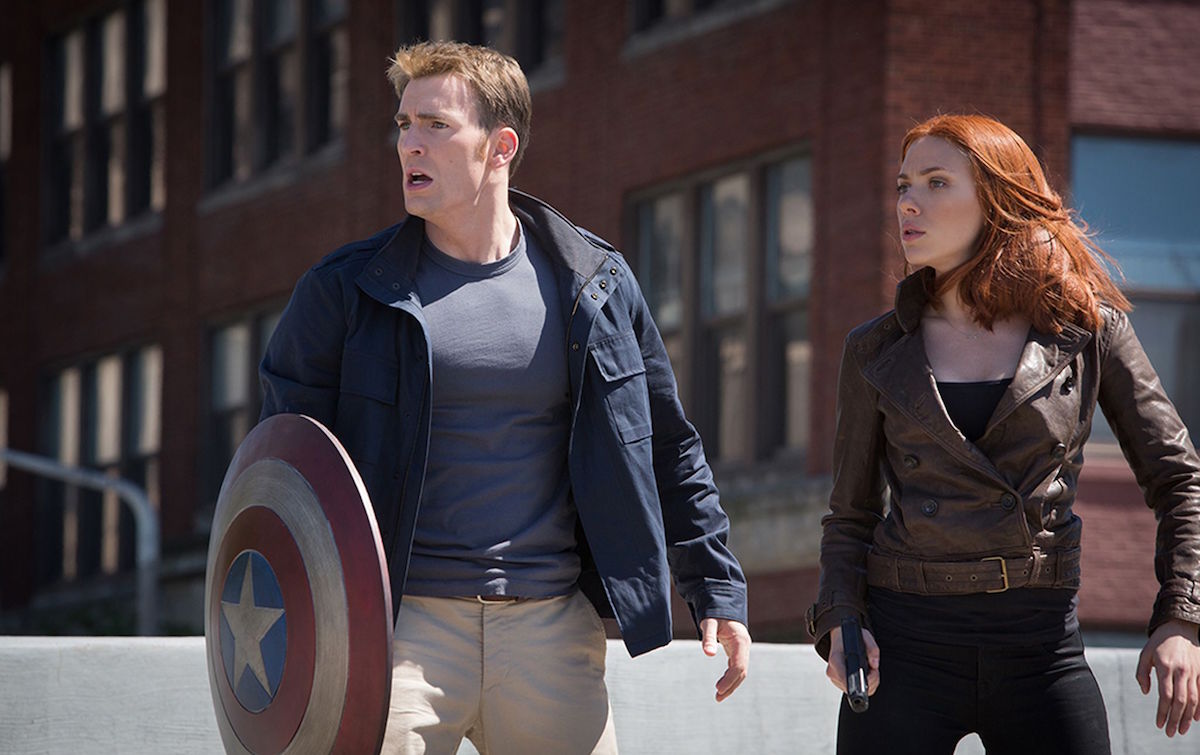
15. Captain America: The Winter Soldier (2014)
A whipsmart political thriller housed inside a superhero action movie, Marvel’s second Captain America entry—and first of four Marvel pictures directed by Anthony and Joe Russo—arguably elevated the entire Marvel Cinematic Universe to new heights. Chris Evans comes into his own as the earnest but conflicted Cap while Scarlett Johansson does her best work yet as Black Widow. Robert Redford is also on hand to add some much needed gravitas to the whole thing. The action is visceral and gritty, but it’s the character moments that make this shine. – DK
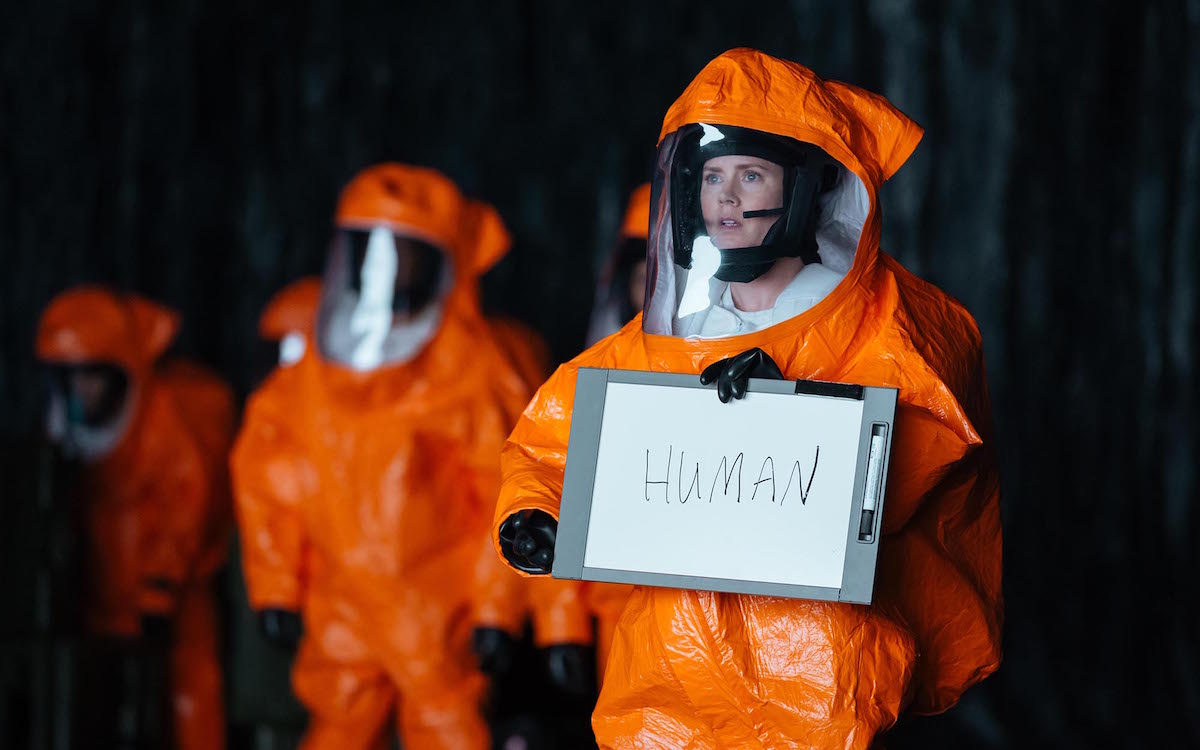
14. Arrival (2016)
Another science fiction highlight from the 2010s, this time from a novella by acclaimed author Ted Chiang. A spectacular Amy Adams stars as a linguist recruited to help communicate with an alien race that has landed on Earth. As the motivations of the aliens remain opaque and panic sets in among the governments of the world, Adams learns just what the creatures have come here to show us—and what it means for her as well. Director Denis Villeneuve segues smoothly from his earlier crime thrillers to a truly mind-bending premise, one that requires patience but is ultimately profound and deeply moving. – DK
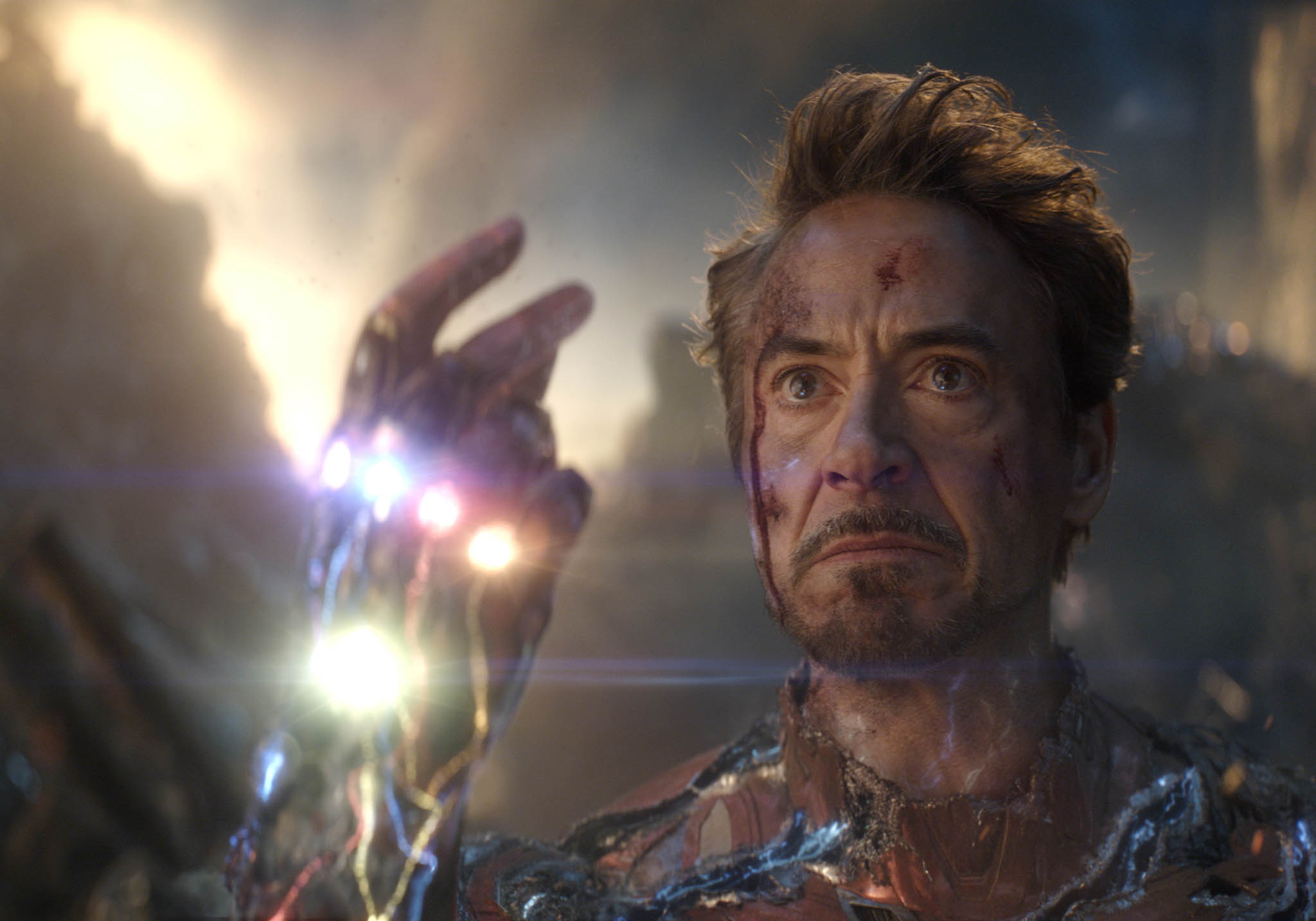
13. Avengers: Endgame (2019)
Avengers: Endgame pulled off something remarkable: a conclusion to a 22-film saga that was both epic in scope and surprisingly moving in its humanity. The quality of the filmmaking by the Russo Brothers—whose four MCU films are now cornerstones of the franchise—was top-notch, and the all-star cast likewise delivered at the top of their game, even as several bid farewell. Not every moment worked, and time travel is always a risky hook to hang your story on, but I wish more would-be franchise tentpoles operated at this level, particularly during their endings. – DK

12. The Witch (2016)
One of the finest horror movies of this decade also happens to be one of the finest horror movies, period. By submerging audiences so completely into the historic past of 17th century Puritanism, writer-director Robert Eggers does the impossible: he creates a world where fairy tales are real, and a witch in the woods is a perversely insidious terror. But nothing is ever so perverse as his central family, whose dynamics play to our modern understanding of religious zealotry, even as it takes us to the convincing, and delicious, mouth of hell. – DC
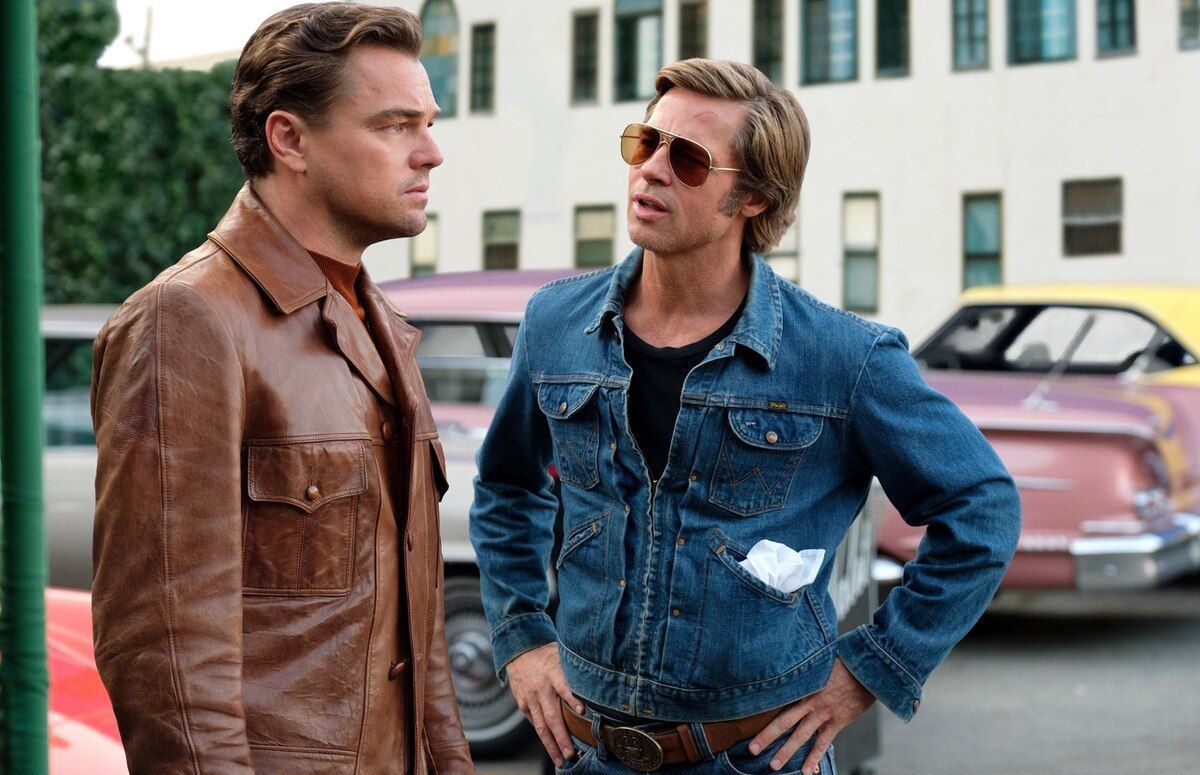
11. Once Upon a Time in Hollywood (2019)
Sweet is not a term one associates with Quentin Tarantino movies, but Once Upon a Time… in Hollywood has the sweetest damn heart. More than a touch wistful about a Hollywood that was already dying out when he was a child, this movie is a melancholic daydream about fantasies that can never be real, and the weight of a legacy built on sand. You feel Tarantino grappling with his own career’s standing in elegiac fashion, as well as a culture that he wishes he could protect from disappearing. Of course such flights of fancy are, as the title suggests, a fairy tale. – DC
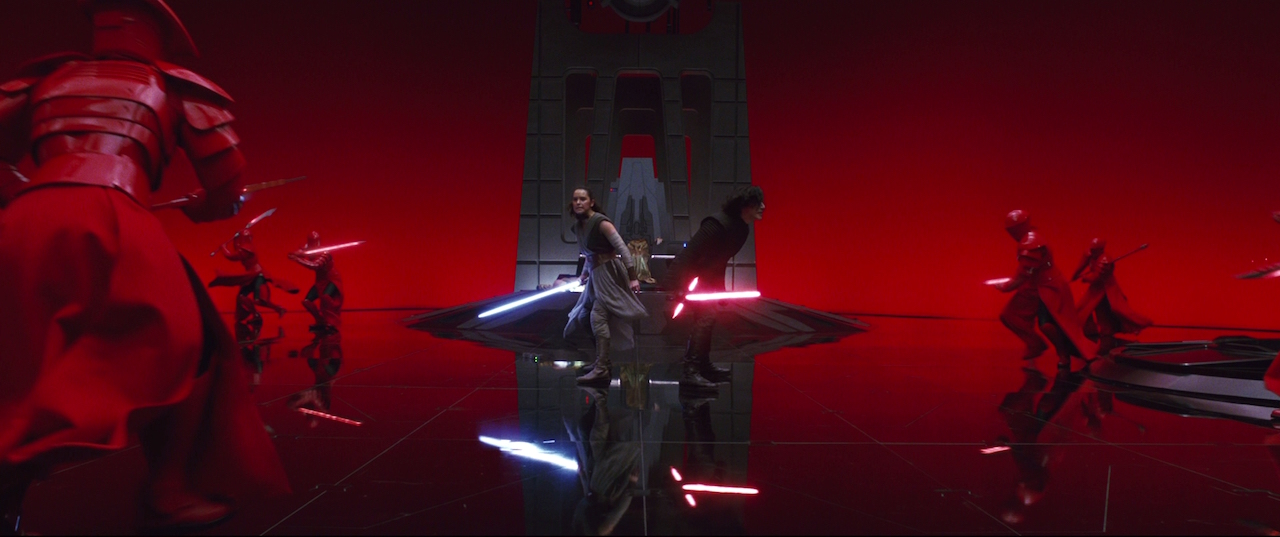
10. Star Wars: The Last Jedi (2017)
If Star Wars: The Force Awakens was designed to tickle your nostalgia bone with memories of sunnier days when brave rebels bested evil empires, then The Last Jedi was created to make you wake up and smell the jawa juice. Nostalgia is a dream, a fantasy with a billion-dollar price tag. Luke Skywalker isn’t coming to save you with his laser sword.
read more: Toxic Masculinity is the True Villain of The Last Jedi
Writer-director Rian Johnson’s masterful subversion of the Star Wars mythos is about how bloodlines and legacies don’t make or define heroes. The fact that Kylo Ren is a Skywalker doesn’t make him infinitely redeemable, and Luke, as great a Jedi Master as he might have once been, isn’t infallible. Johnson doesn’t need the Emperor-lite in Snoke or comfortingly familiar story beats either. His movie sheds these veiled copies of the past and focuses on a new generation of heroes (with the promise of another one yet to come), and what the war means to them. We cannot live in the past forever, even if we salute it in truly grand cinematic moments like Luke staring down Kylo and the whole First Order with his laser sword. Still, The Last Jedi looks beyond that illusion too, inviting us to stop making the same mistakes and move forward. – John Saavedra
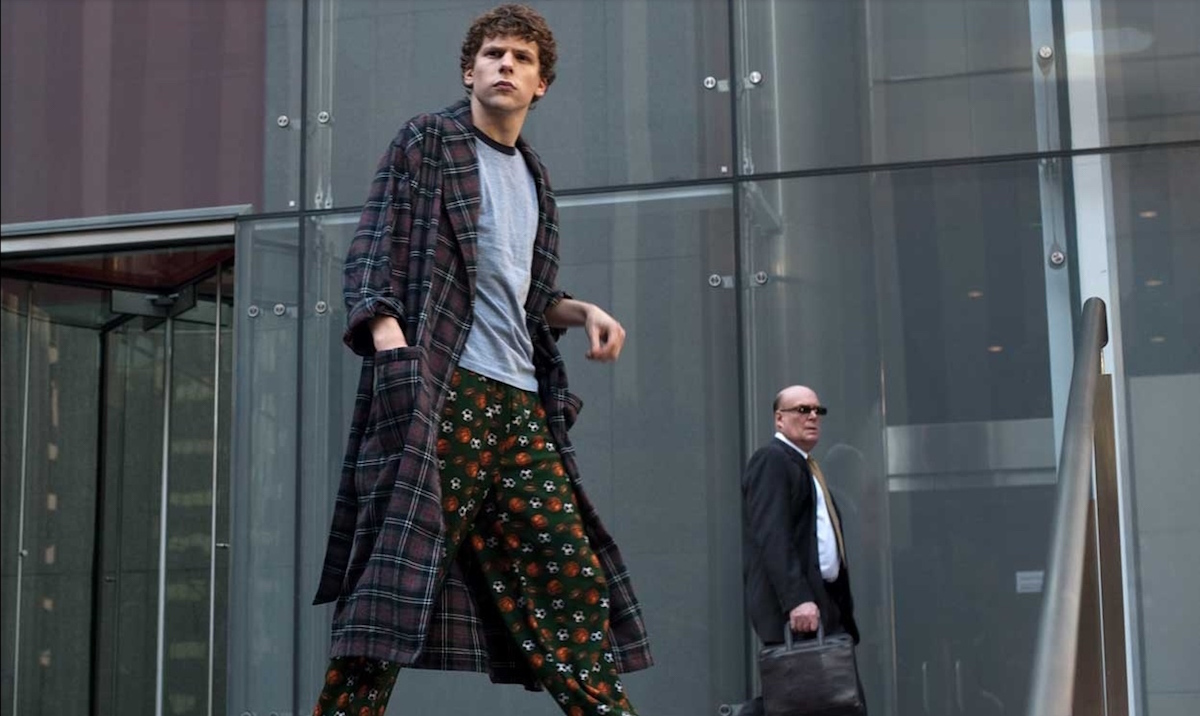
9. The Social Network (2010)
As much a modern day prophecy as it is the first millennial biopic, The Social Network remains one of the decade’s very best films due to its prescient ability to understand the rotten foundation on which 21st century media is built. It’s also a blissful blend of David Fincher direction and Aaron Sorkin dialogue.
The combination produces a haunting, if somewhat fictionalized, account of Facebook’s founding under Mark Zuckerberg (Jesse Eisenberg) and the often forgotten Eduardo Saverin (Andrew Garfield). But even its fiction points to the ugly truths of an allegedly optimistic platform being manipulated for shadowy capitalistic motives. Add in Trent Reznor and Atticus Ross’ moody score, and you have a classic American story of greed, betrayal, and lifelong regret. – DC
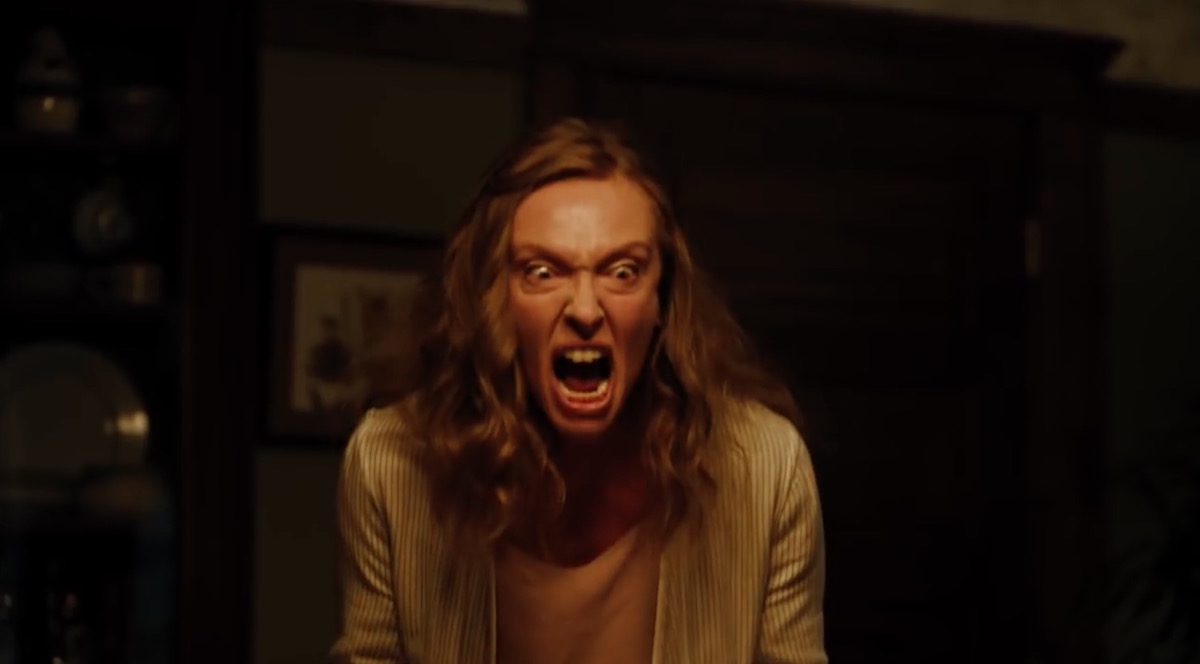
8. Hereditary (2018)
Writer-director Ari Aster’s genuinely frightening debut may not always make total sense, but that’s okay: he understands that the best horror often works within its own nightmare logic. What sells the increasingly surreal, chilling story about a family who bad things inexplicably happen to is the cast, most specifically a stunning Toni Collette as the matriarch. She watches her children’s descent into a tragedy that may be the result of a supernatural legacy. Worse still, is she unconsciously complicit in it? Taut, terrifying, and wildly unpredictable, Hereditary is a horror classic. – DK
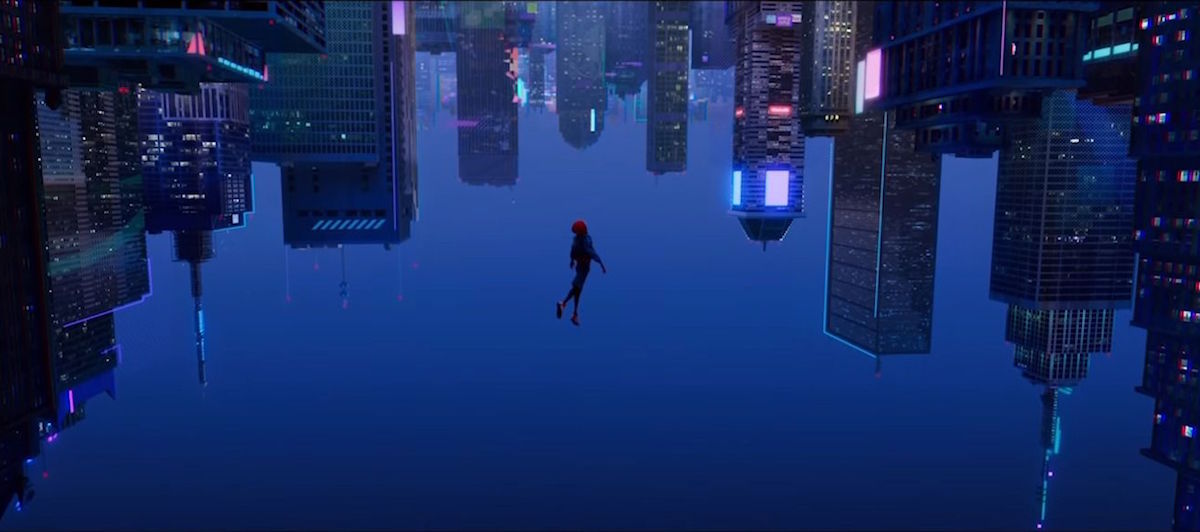
7. Spider-Man: Into the Spider-Verse (2018)
An animated Spider-Man movie? Easy! One that focuses not on Peter Parker but the origin story of Miles Morales? Sensible enough. One that kills (a) Peter Parker in its first act and then brings in a host of assorted Spider-people and an entire multiverse of possibilities for an often surreal exploration of Spider-Man lore? That could never work. Except, of course, that it did. Brilliantly.
read more: What Motivates Miles Morales
Phil Lord and Chris Miller’s animated Spider-Man movie was as far removed from superhero movie convention as you could possibly get, and in the process managed to introduce new layers to the Spider-Man mythology while telling the most compelling origin story to hit the screen in at least a decade. Packed to the rafters with sight gags and in-jokes, showcasing a dizzyingly kinetic visual style, and boasting a sense of humor only matched by its heart, Spider-Man: Into the Spider-Verse delivered far more than what we thought was possible from a Spider-Man movie. It would be great if more superhero movies took these kinds of risks. – MC
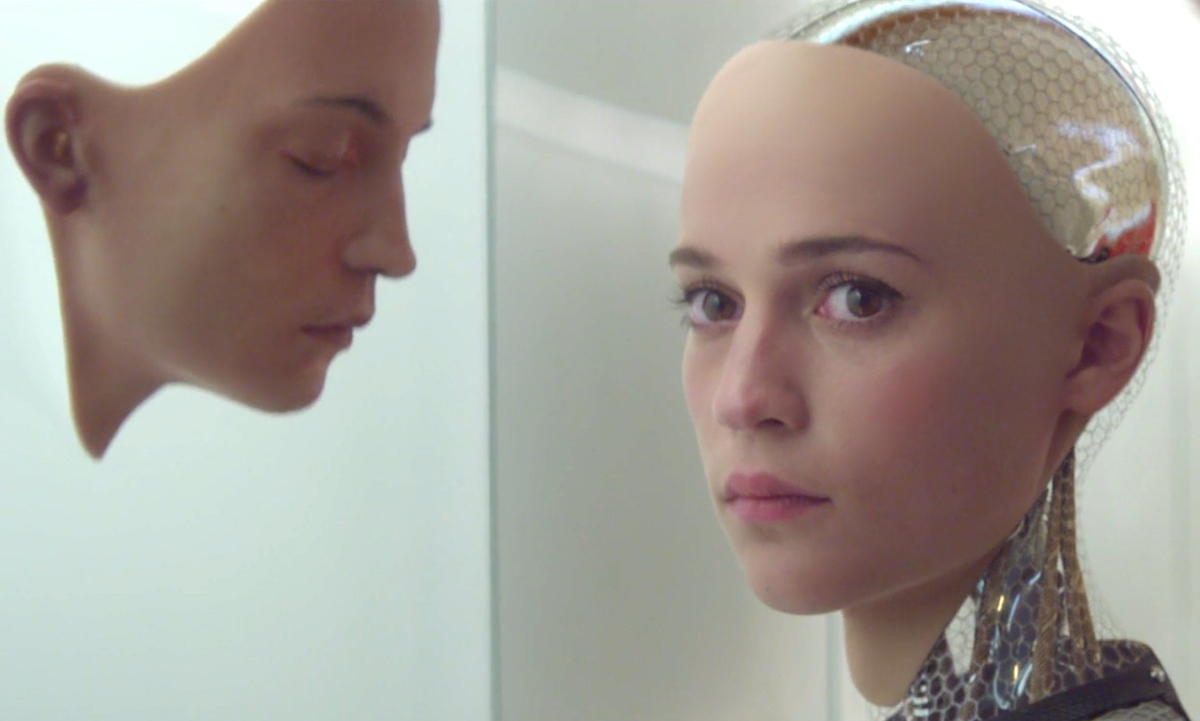
6. Ex Machina (2015)
The 2010s were great for intelligent, true science fiction films, and Ex Machina was one of the best. Written by Alex Garland (28 Days Later), who also makes a remarkable directorial debut here, Ex Machina stars Domhnall Gleeson as a programmer at a vast tech company who is invited by his mysterious CEO (Oscar Isaac) to administer a Turing test on the boss’ latest creation: a humanoid robot (Alicia Vikander) almost indistinguishable from a human being. Crammed with ideas, visually striking, and suffused with lots of eerie atmosphere, Ex Machina is an excellent example of cerebral yet engaging sci-fi. – DK
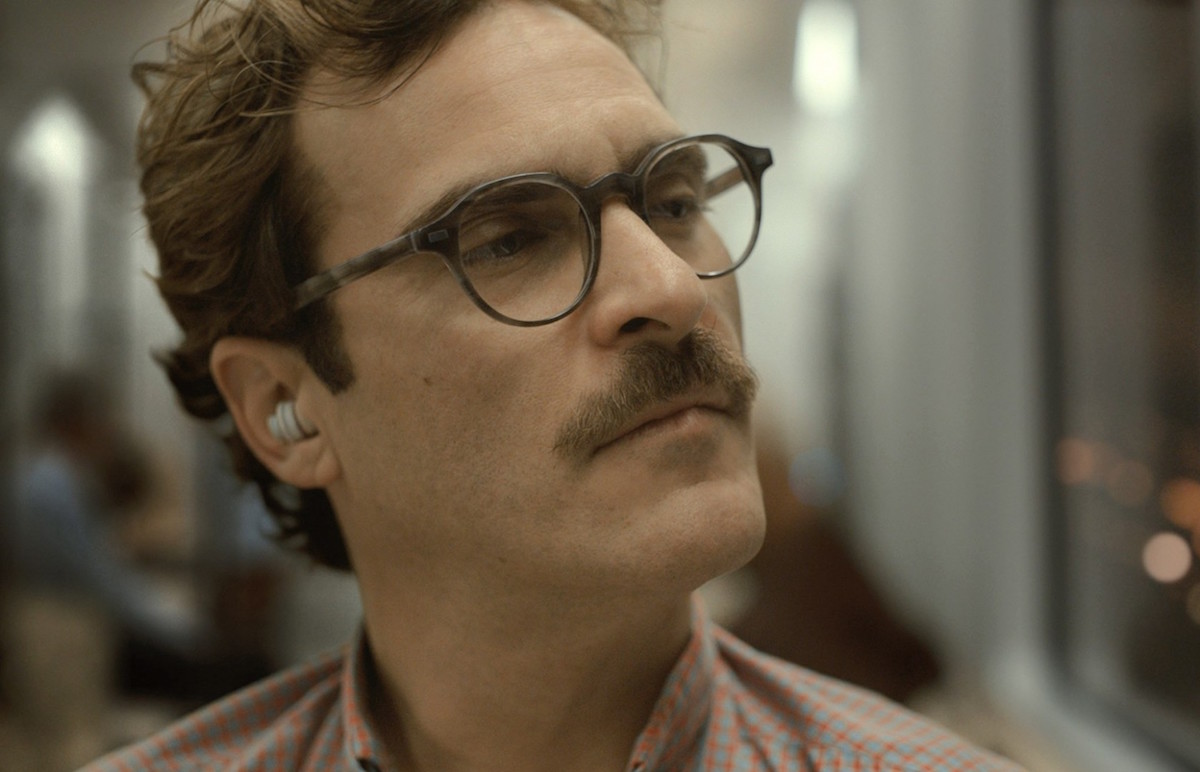
5. Her (2013)
Director Spike Jonze’s first solo screenwriting effort is a brilliant science fiction tone poem about artificial intelligence, humanity, and the need for both to evolve and find companionship. Lonely Theodore (Joaquin Phoenix) lives in a future Los Angeles where he remains depressed over his impending divorce. So he bonds with the virtual assistant in his computer, whom he names Samantha (voiced by Scarlett Johansson). As their relationship deepens, Theodore falls in love with Samantha—but the AI has other plans.
Achingly poignant and relevant, Her features tremendous performances from Phoenix, Johansson, Amy Adams, and Rooney Mara. It’s a strangely overlooked yet superb piece of sci-fi cinema. – DK
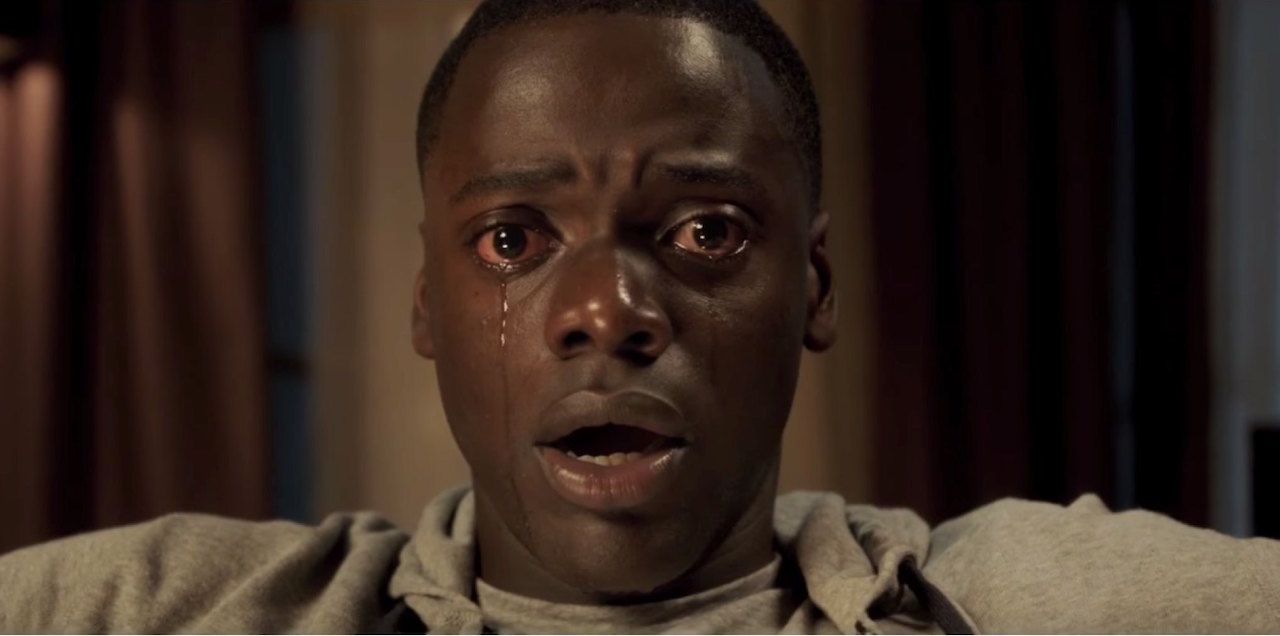
4. Get Out (2017)
There’s not so much as a wasted second in Get Out’s 104-minute runtime. And within that, there’s hardly a moment where Jordan Peele doesn’t know exactly when to twist the knife or when to relieve the tension with some often surprisingly placed humor. This deft mix of horror, comedy, and social commentary in Get Out announced Peele as a filmmaking force to be reckoned with, and featured a star-making leading man turn by Daniel Kaluuya alongside an utterly chilling Allison Williams performance.
But through it all, there’s always that balance of tension and release. For every haunting, virtually wordless stare from Catherine Keener or LaKeith Stanfield, there’s an expertly-timed joke from Lil Rel Howery as the (justifiably) suspicious Rod or an awkward moment with Bradley Whitford’s evil patriarch. And it’s with this mix of comedy and horror that Get Out picks at the festering racism at play in America, and how it still lurks even behind seemingly good intentions and “progressive” enclaves. It’s exactly what the best genre work is supposed to do. – MC
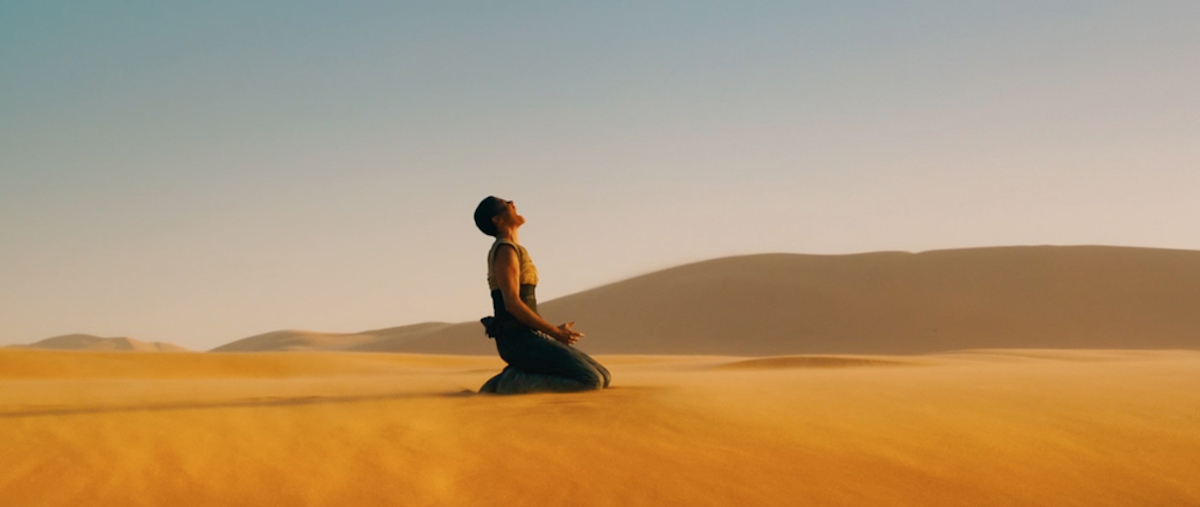
3. Mad Max: Fury Road (2015)
Director George Miller returned to the universe that put him on the map nearly 40 years earlier and blew up every idea about what a post-apocalyptic action movie should look like. This cinematic road rage remains breathlessly thrilling throughout due to its epic visuals, one imaginative chase or fight sequence after another, a re-muzzled Tom Hardy, and a fiery new heroine in Charlize Theron’s Furiosa. For as impressive as Hardy is at stepping into Mel Gibson’s shoes and creating an even crazier protagonist–one who spends much of the first act as a hood ornament, no less–this is really Furiosa’s movie.
After a lifetime of being wronged by a patriarchy that grew only worse after the apocalypse, Furiosa has rebuilt herself to be as ferocious on the outside as the interior mettle that defied a toxic system… and then burns it down one fiery car wreck at a time. Every collision captured by Miller and his daring stunt team truly is like poetry in motion. It is certainly the action spectacle of its year, and very possibly the decade. – DK
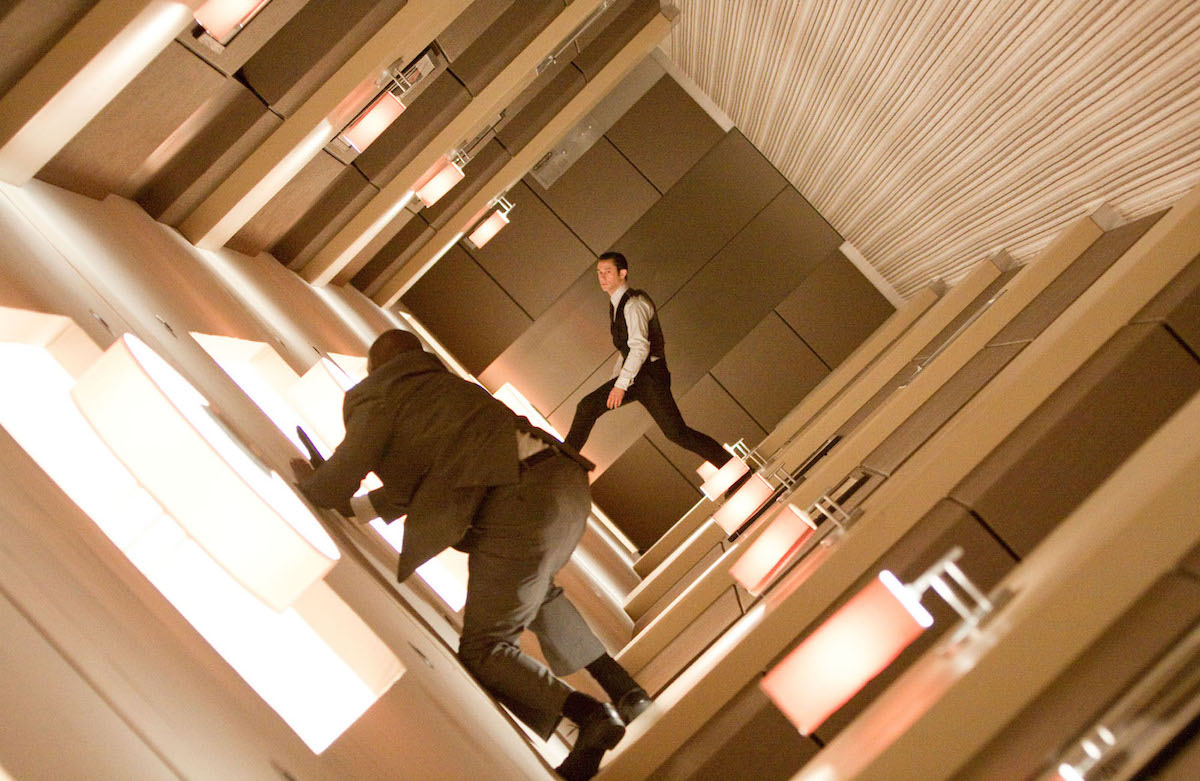
2. Inception (2010)
As much a personal manifesto about the ambitions of film directors as it is a thrilling popcorn blockbuster, the real mind trick of Inception is it is the best of both worlds. As a slick epic about a crew executing literal dream heists and breaking into your subconscious, Inception also features meta-textual value as the musings of an enigmatic auteur grappling with the difficulty of manipulating audiences through a series of misleading images.
read more: Christopher Nolan and the Oscars’ Strained History with Popular Directors
Executed at a level of craft rarely seen on this scale, with a sophisticated sheen by cinematographer Wally Pfister and a brilliant Hans Zimmer score that makes grand use out of “La Vie En Rose,” Inception is top tier filmmaking that cemented Nolan as a household name. At last he was liberated from being associated at the multiplex with superhero movies and IPs, and the movie that did it still stands as an innovative sci-fi epic they’ll be watching for decades to come. – DC

1. Parasite (2019)
At a glance it is surprising to see such a recent movie ranked as the decade’s best, but beyond any recency bias, Parasite is a perfect parable for our age. A film about the eternal struggle of income inequality, and the haves and the have-nots, Bong Joon-ho’s vision of extreme poverty and extreme wealth in Seoul also gets at our very specific moment. This is the crux of a dark comedy that turns into something darker still as Bong studies one poor family, the Kims, and one rich family, the Parks.
read more: 10 Best Movies of 2019
While the Kims are certainly grifters, cheerfully so, it becomes a muddle who is using who while Bong’s use of space, character, and mise en scène couldn’t be more pristine. All of which is portrayed with a fantastic ensemble led by frequent Bong stalwart Song Kang-ho. He and his co-stars exude a gallows humor which contrasts nicely with the Park family’s comedy of oblivious manners, such as a charmingly flighty Jo Yeo-jeong. But as the Kims realize, she is nice because she literally can afford to be. Yet the comedy on both sides is but a facade, one that has allowed the rotting institutions on which their unjust lives are built to fester. It’s a haunting vision that encapsulates the early 21st century in South Korea and almost everywhere else. – DC
